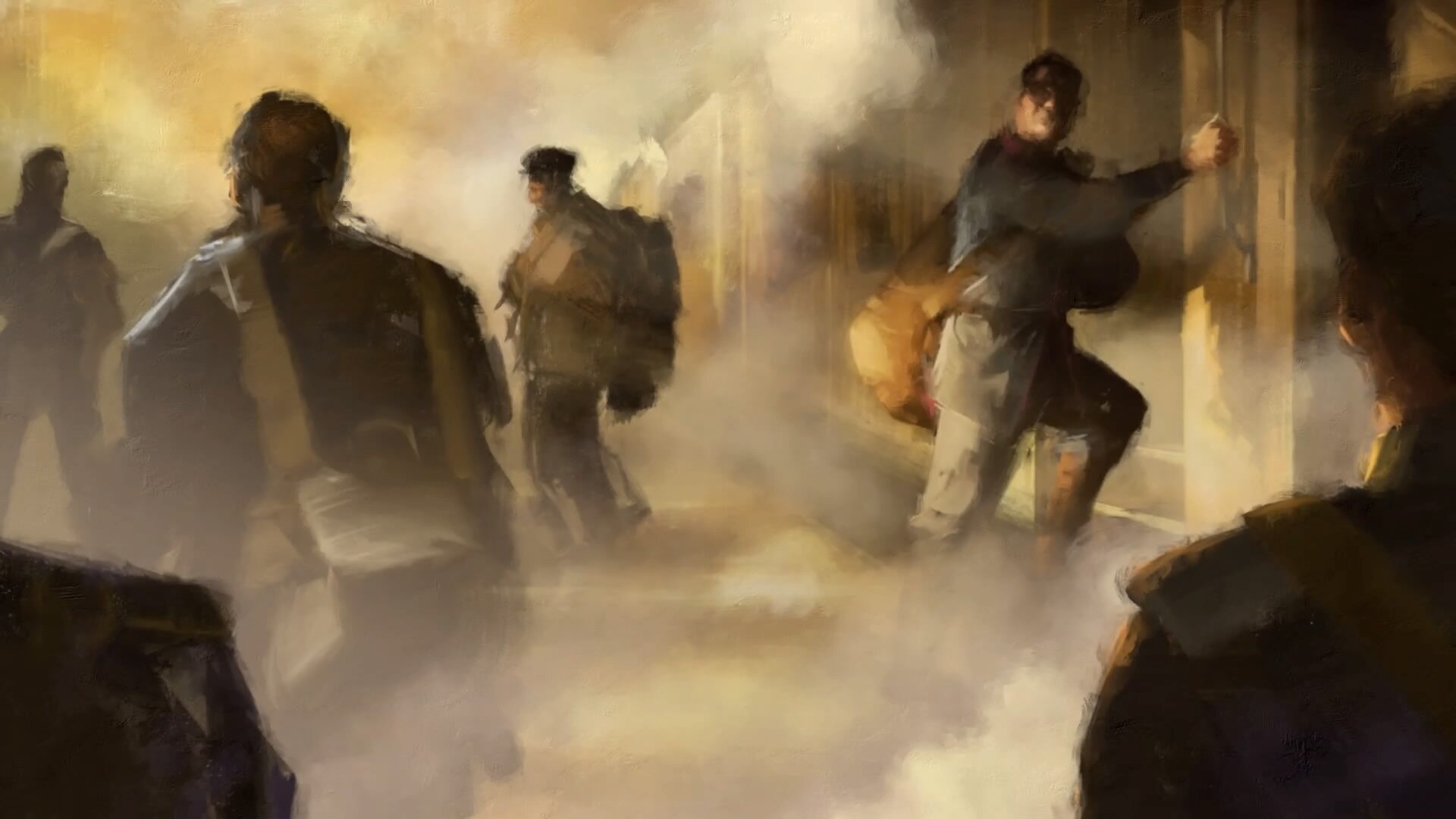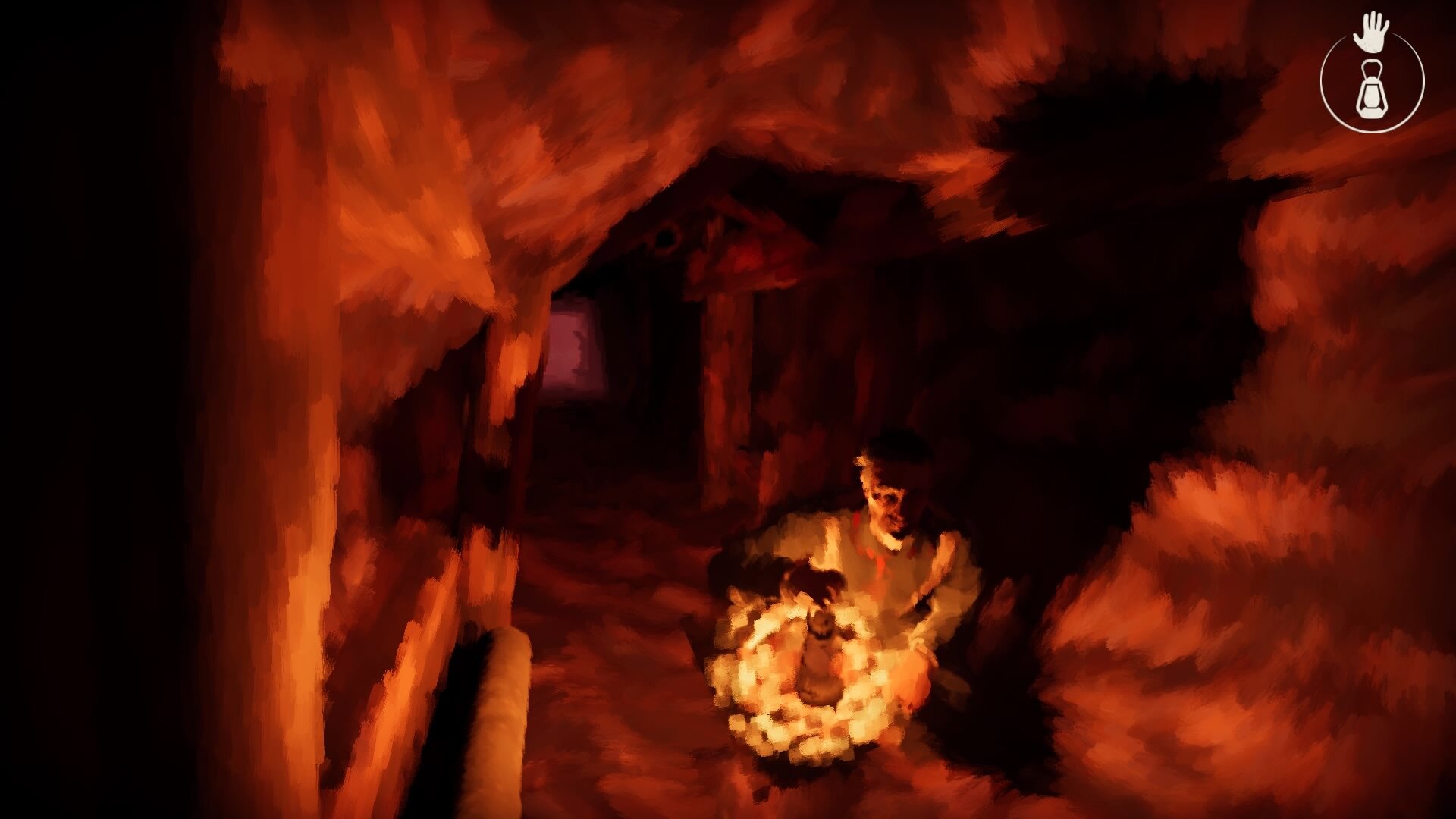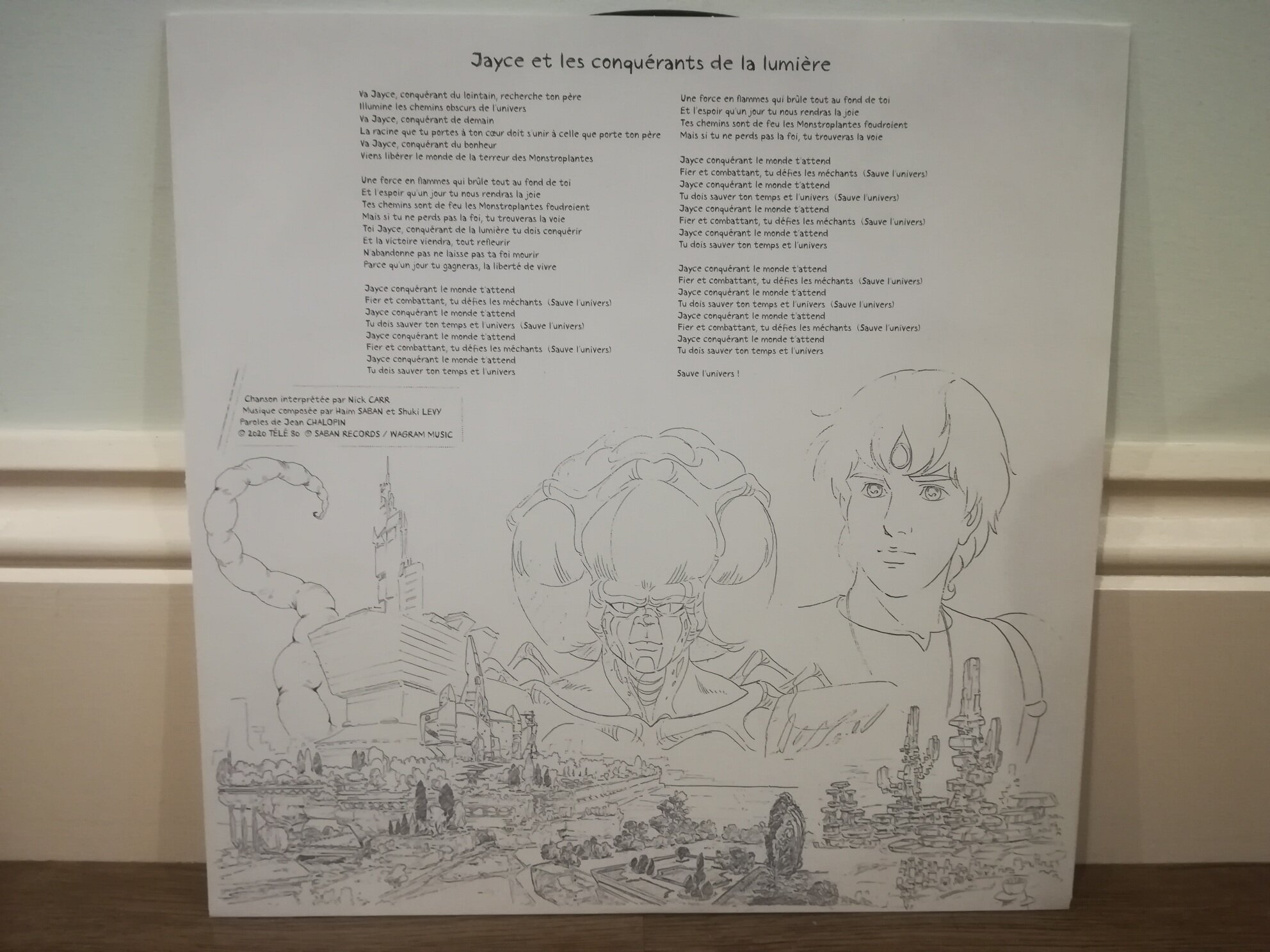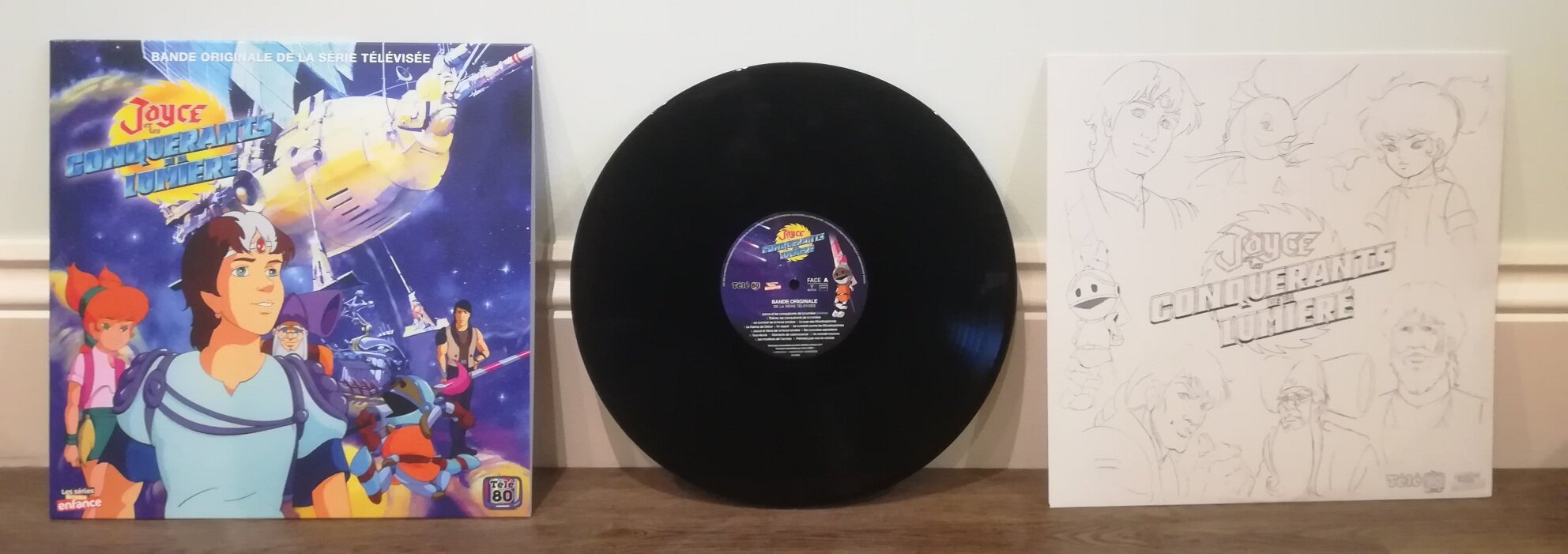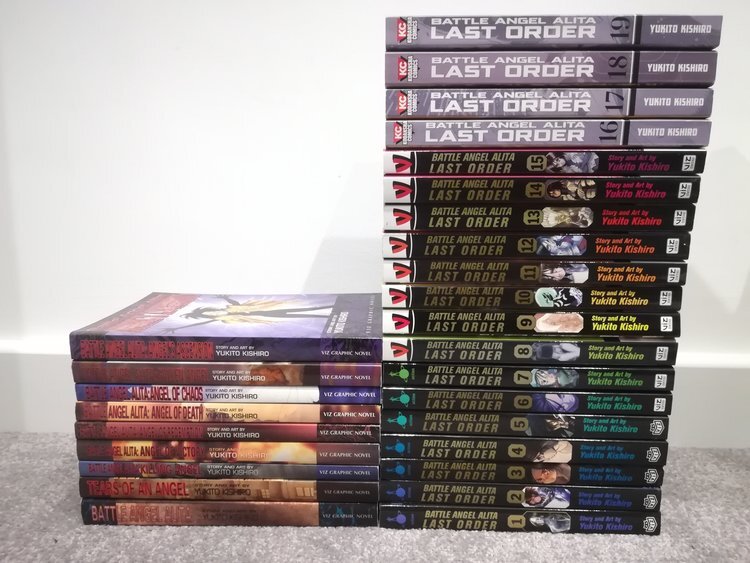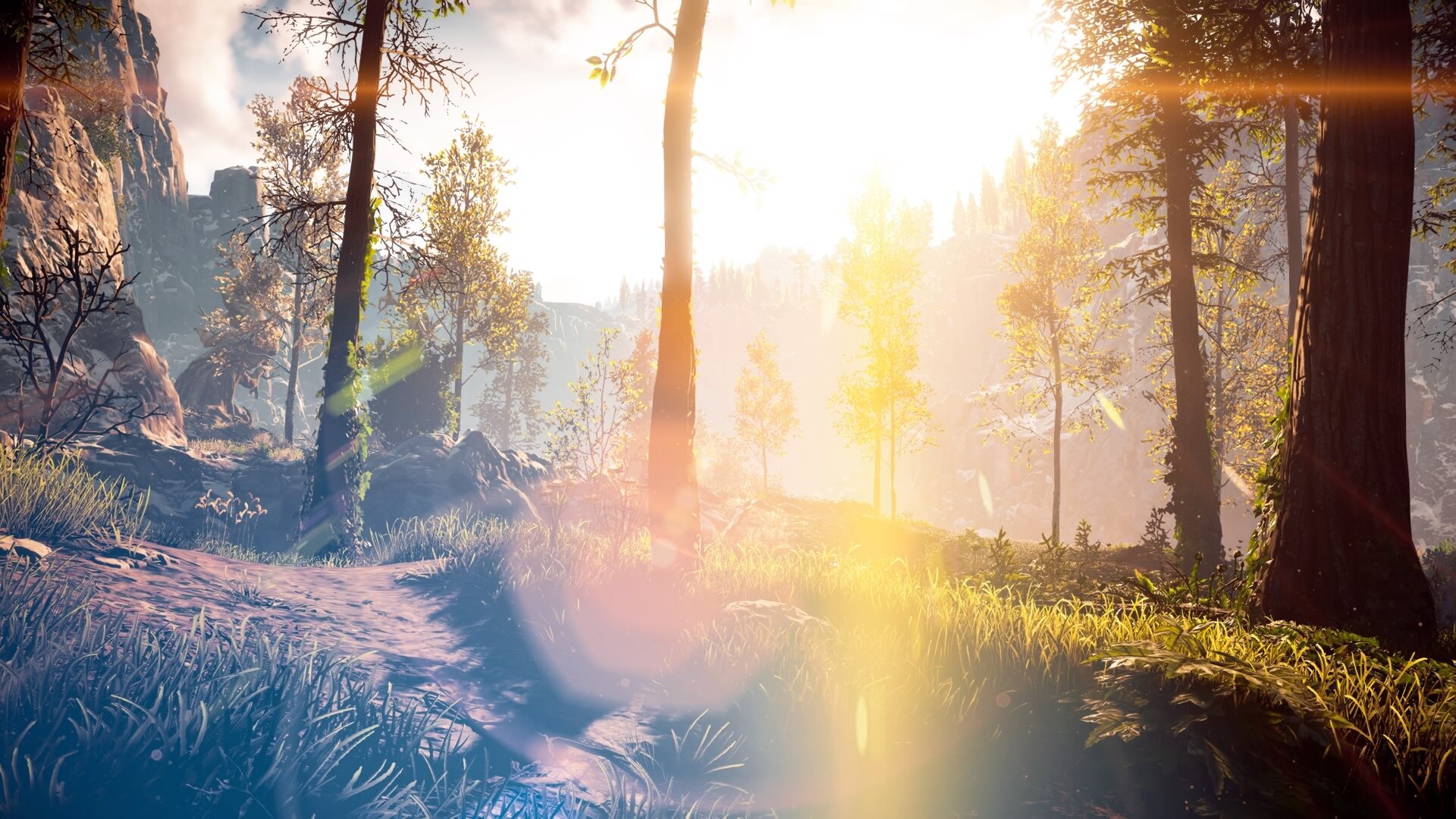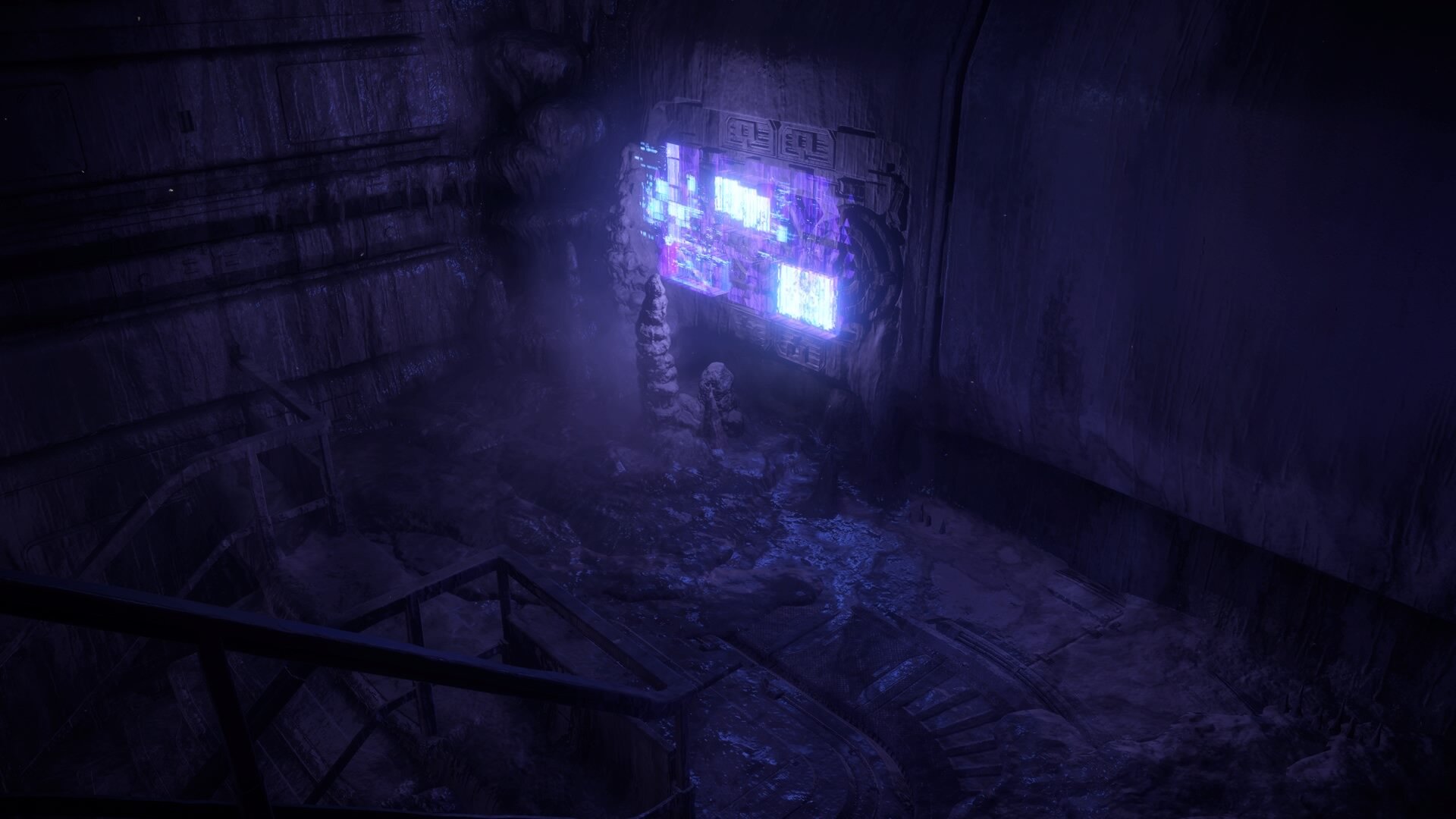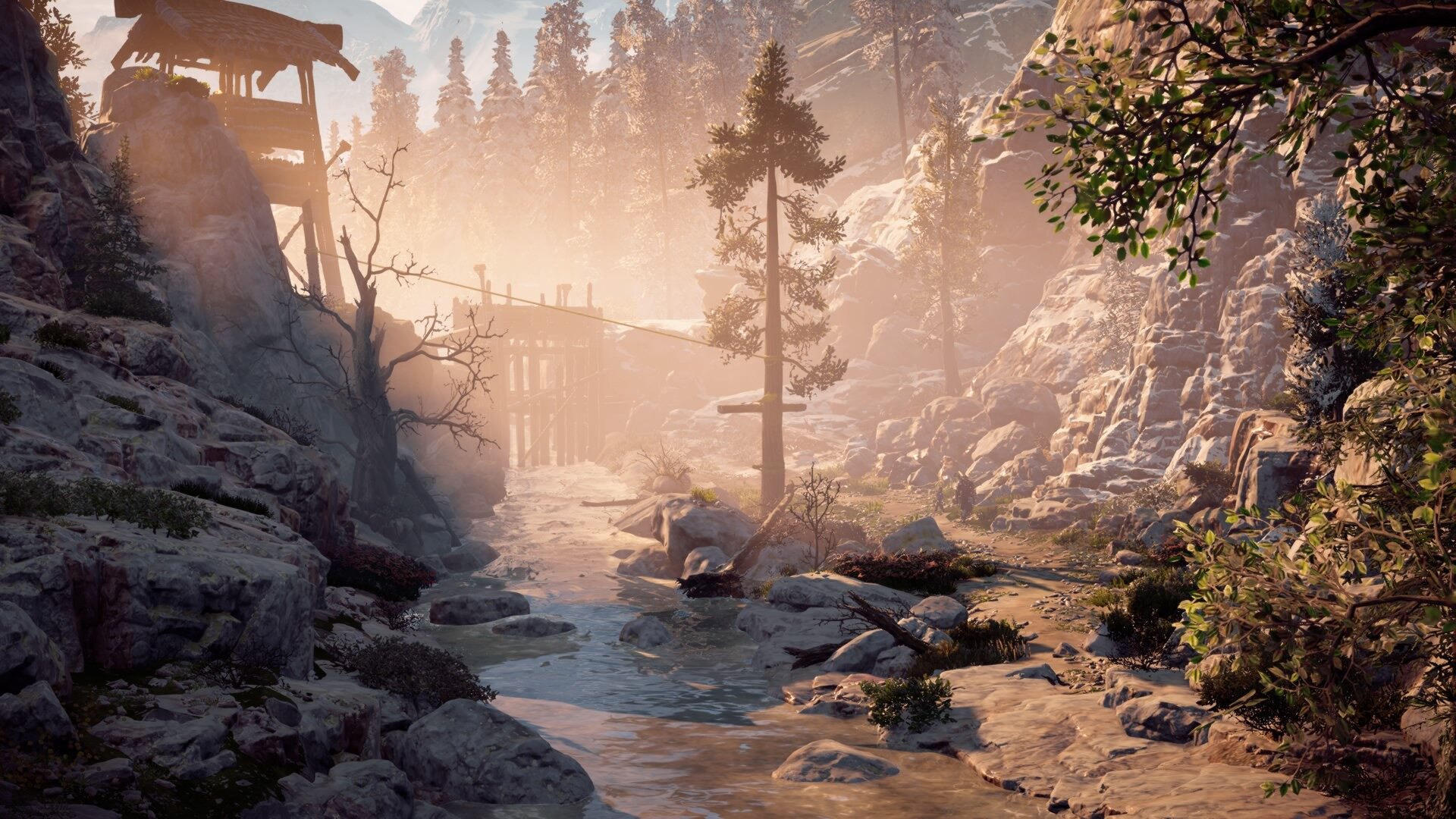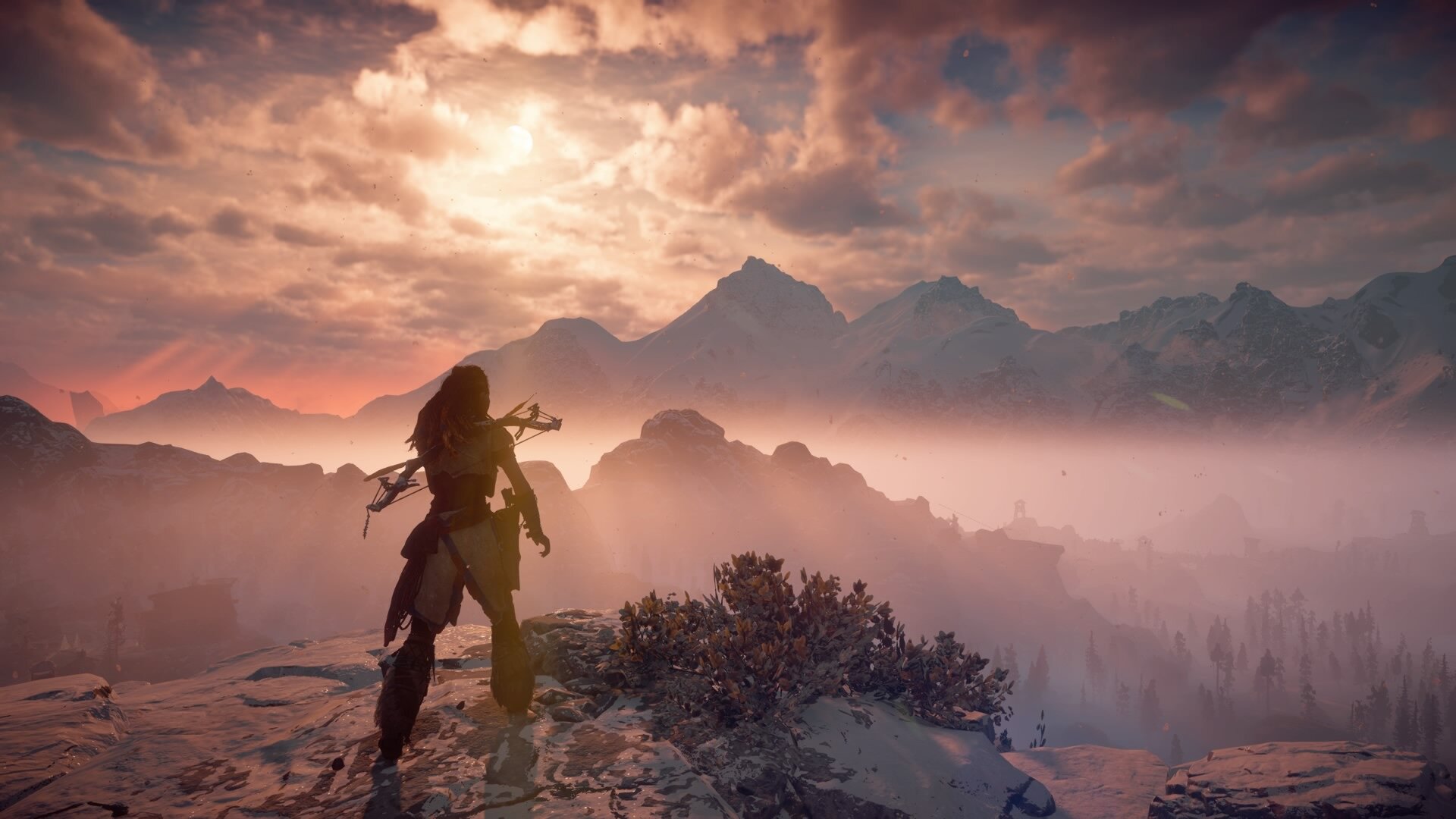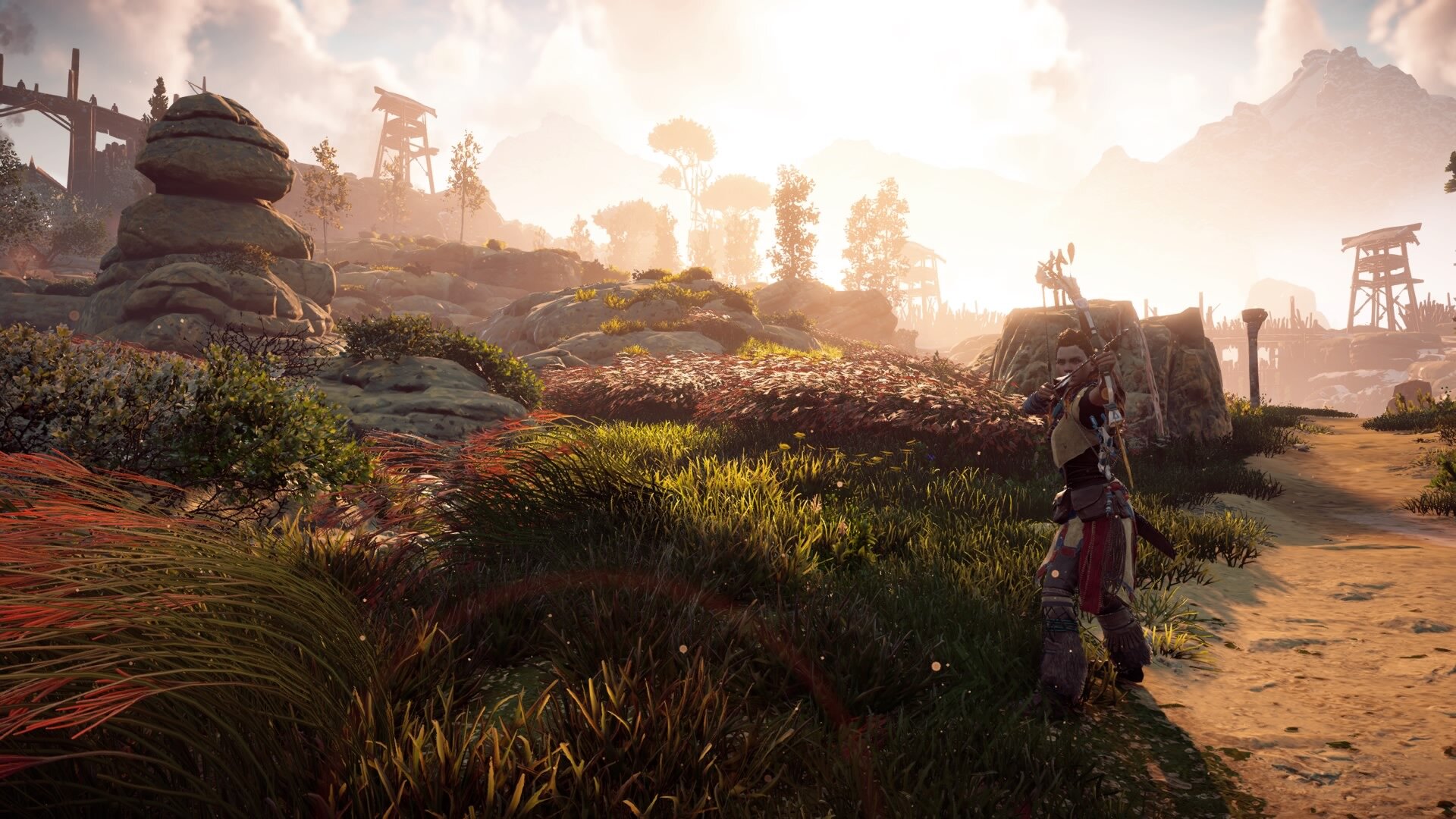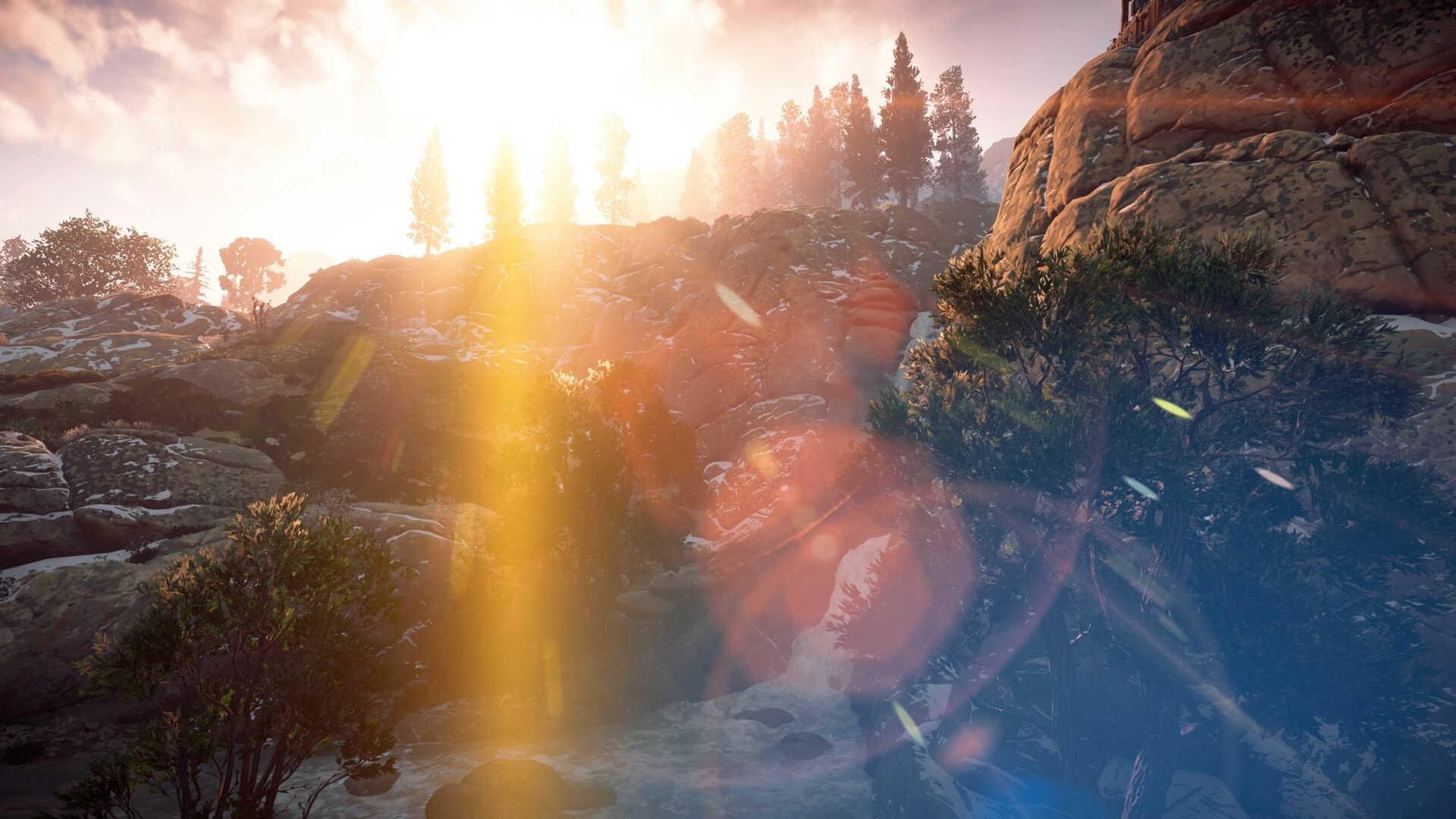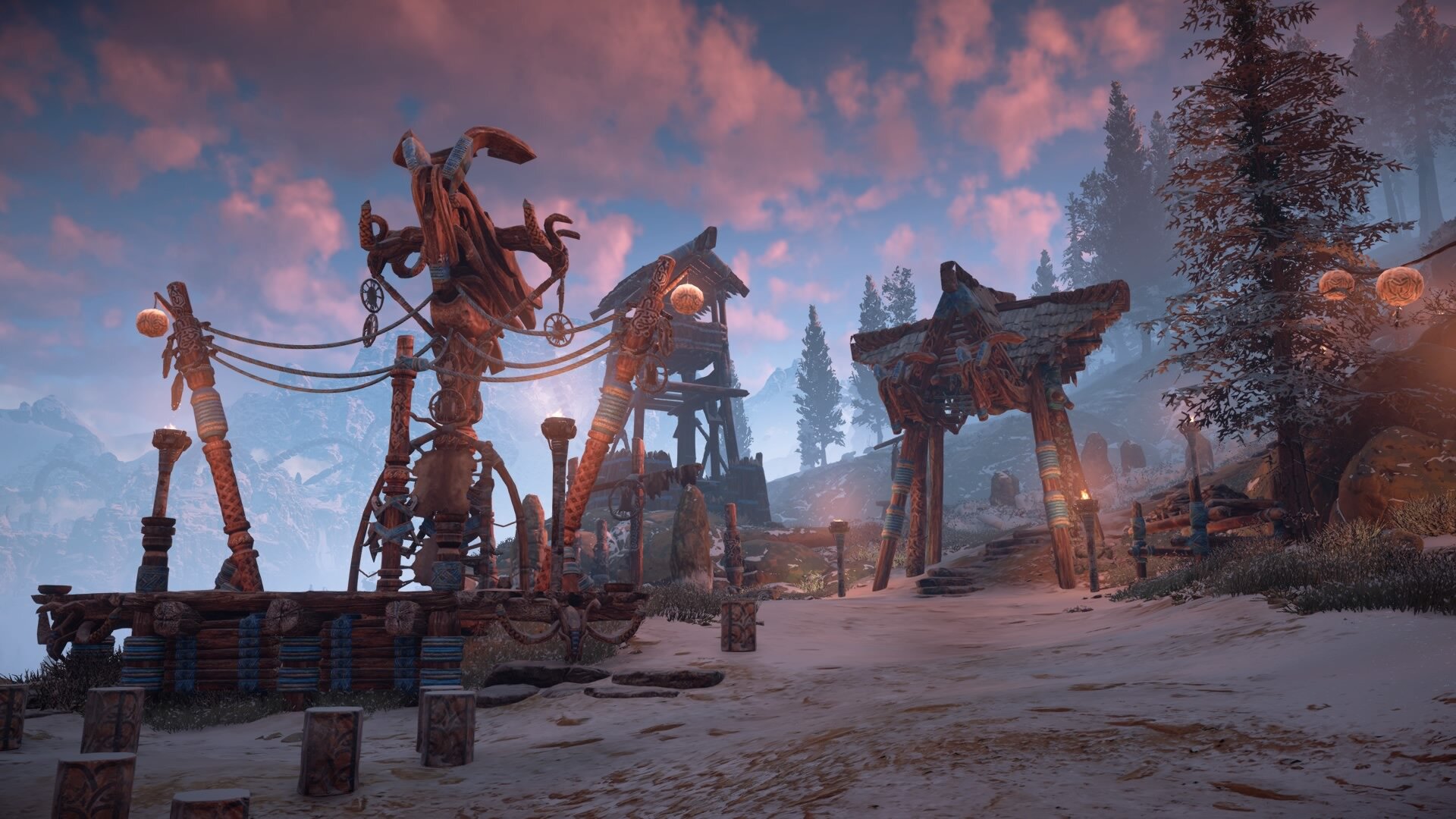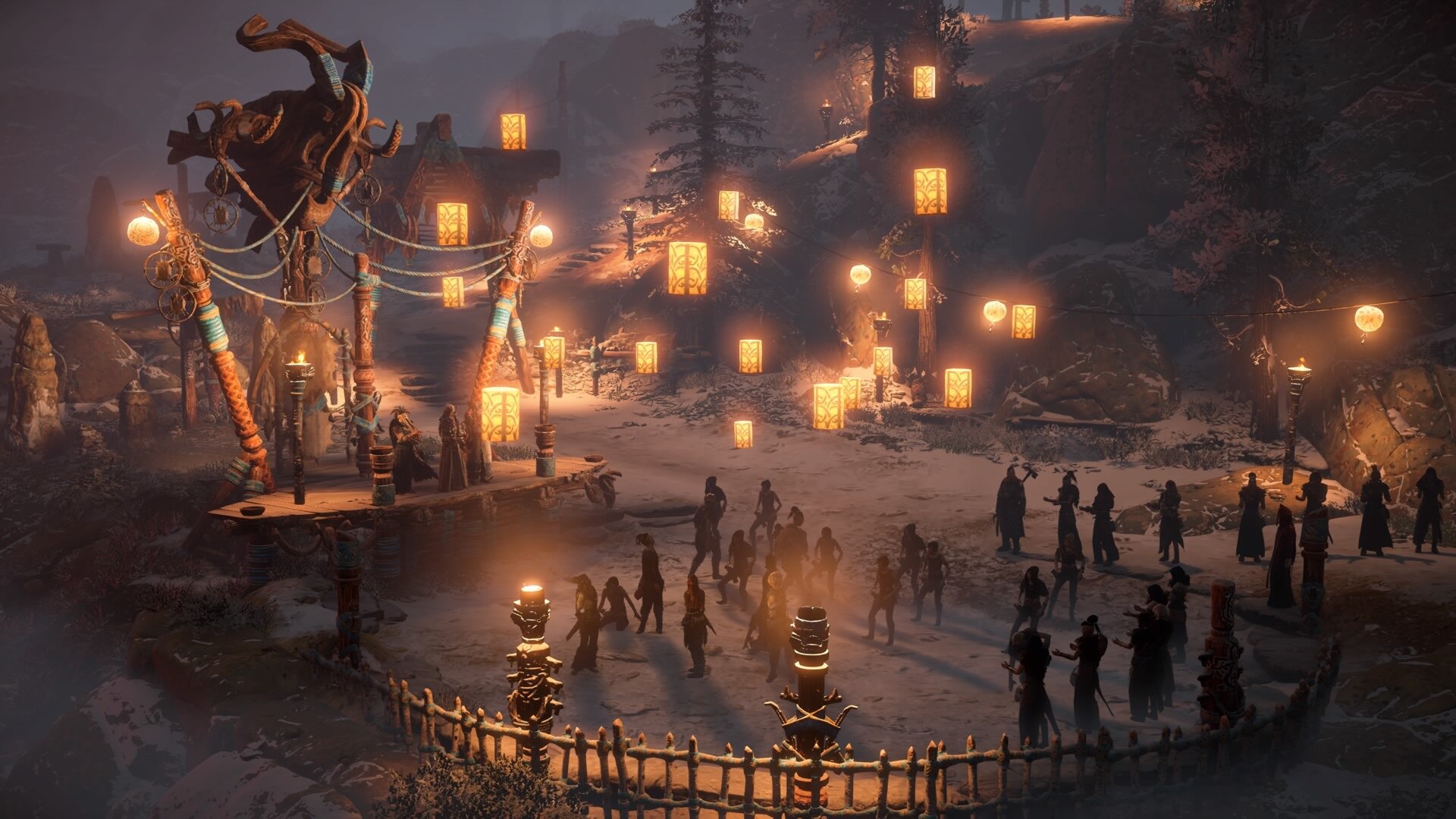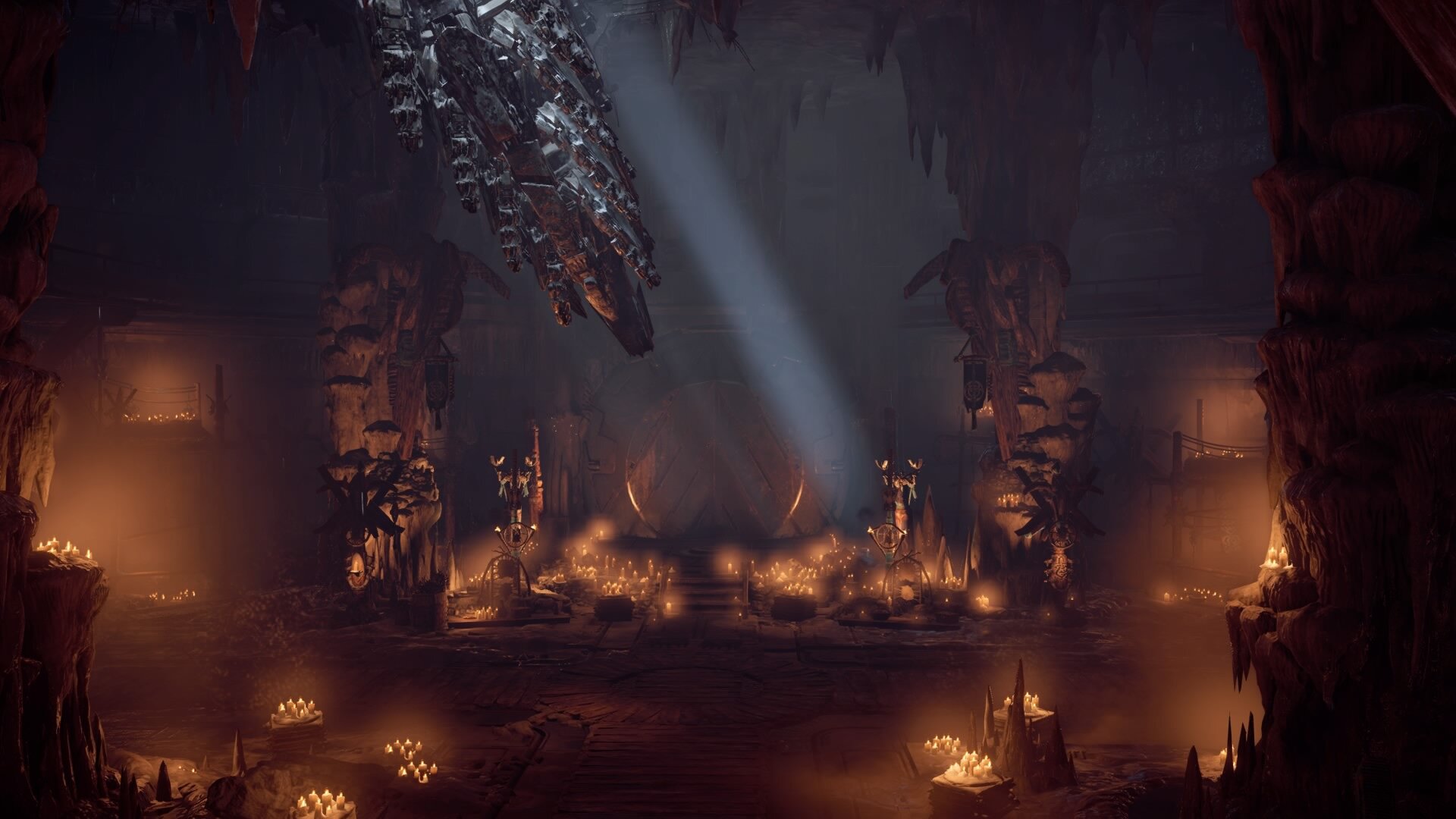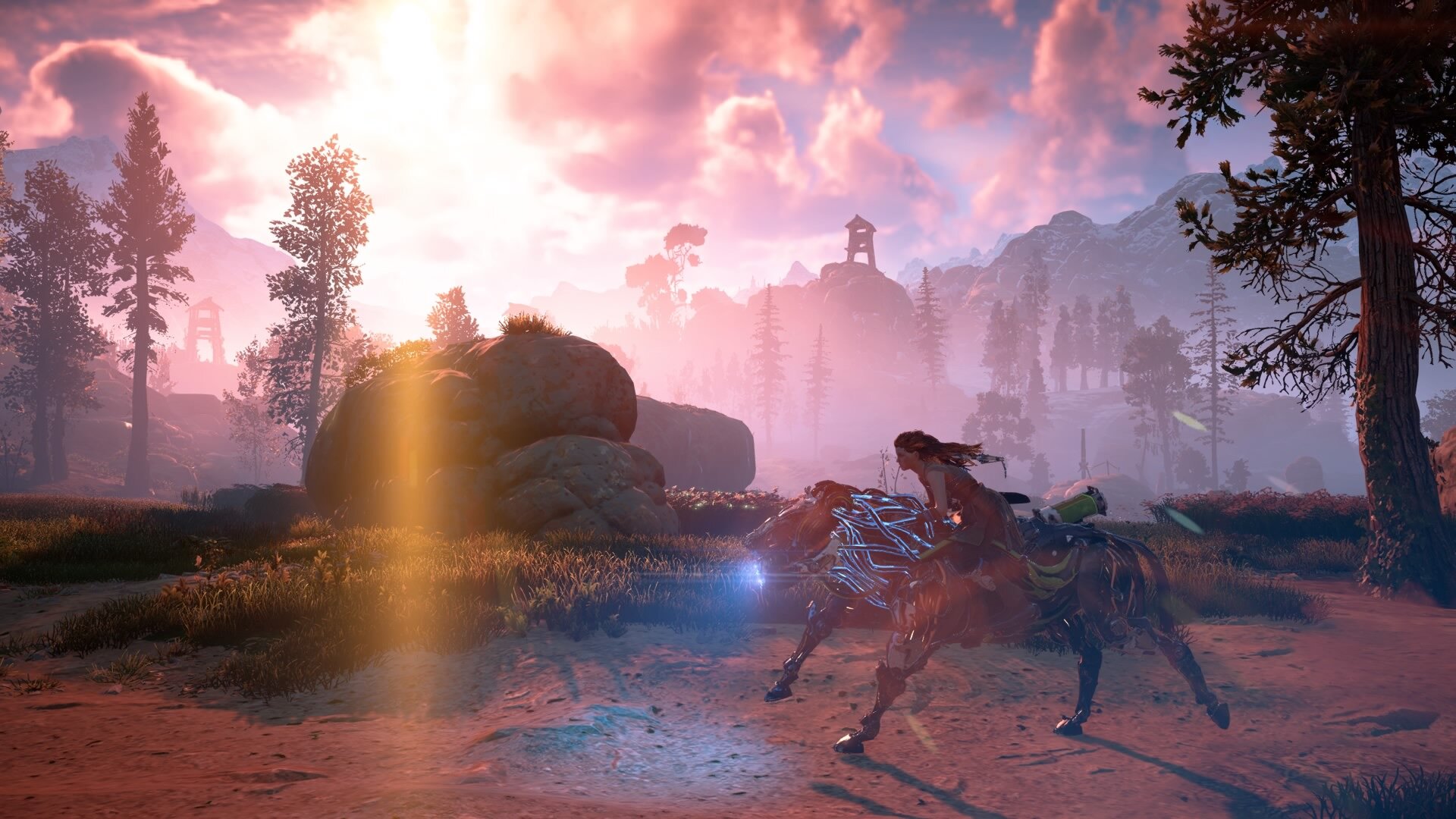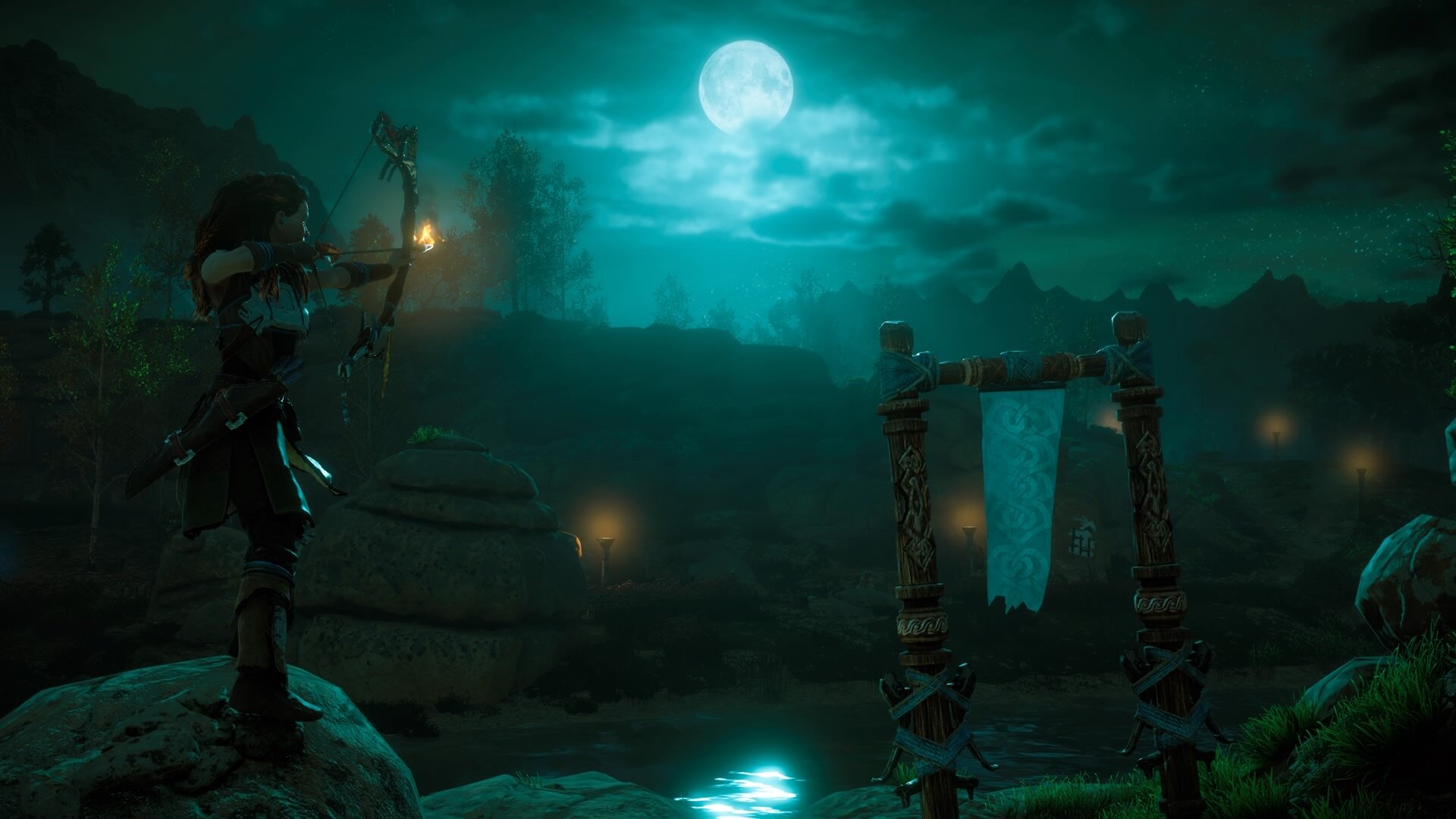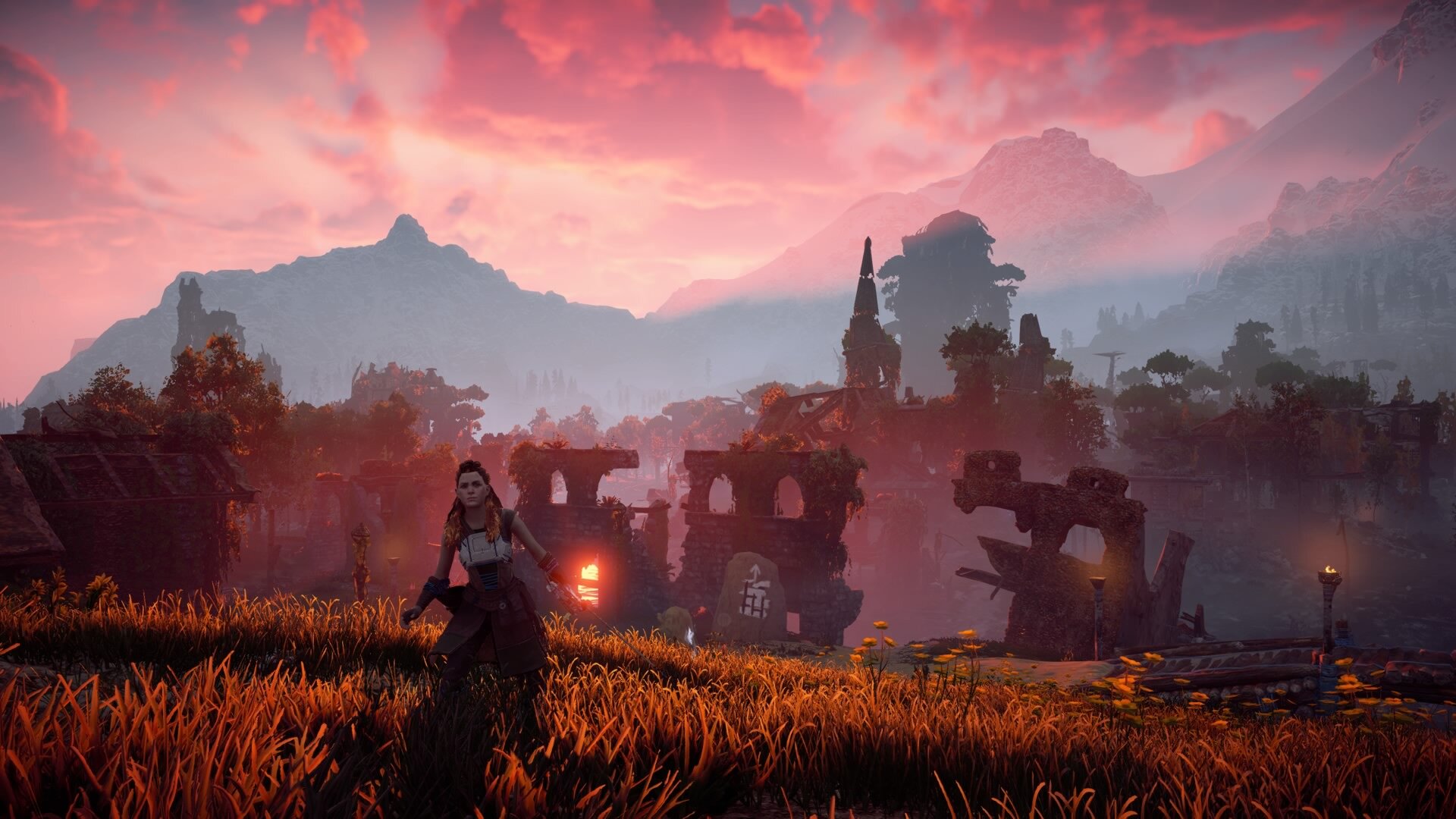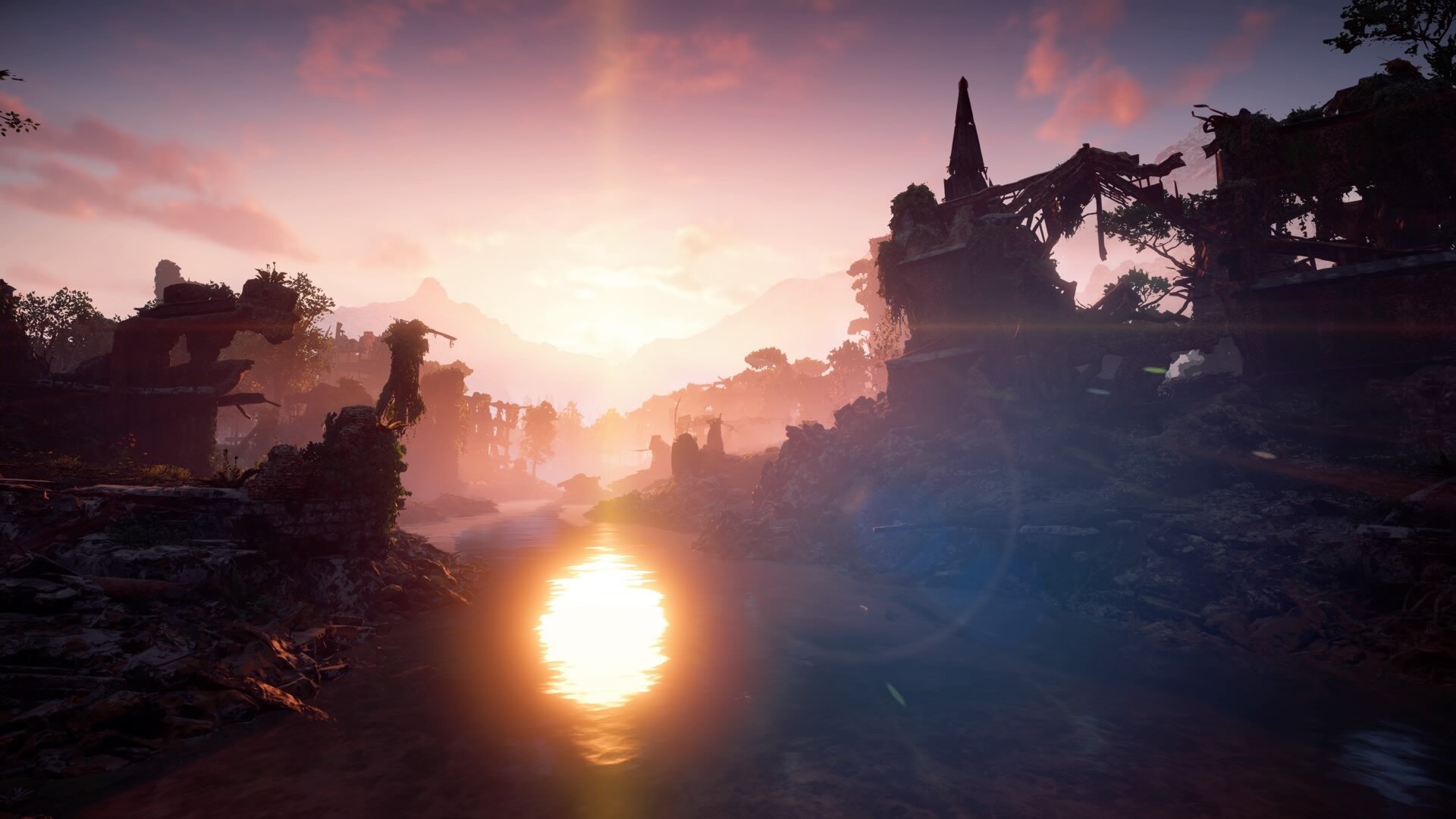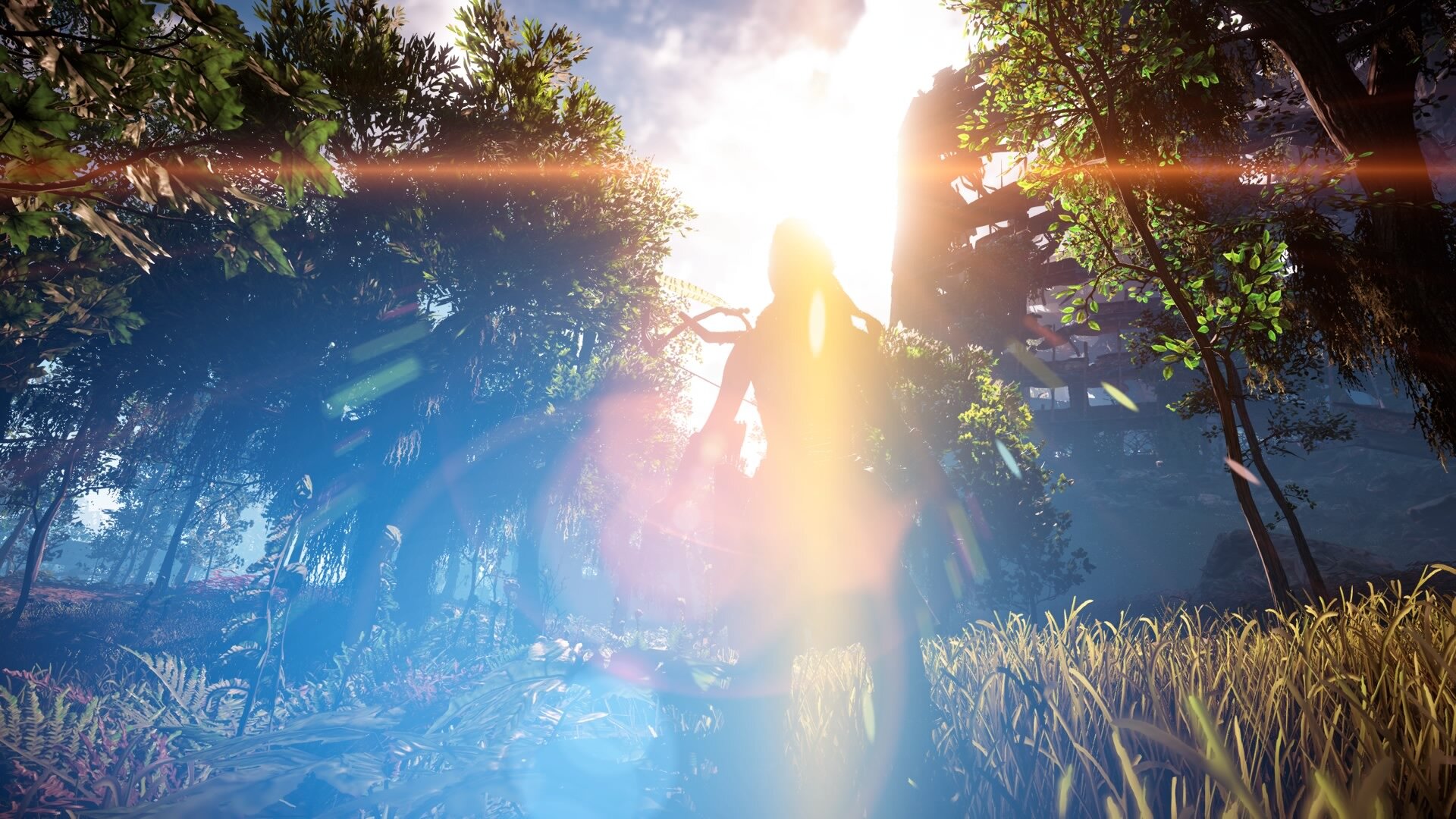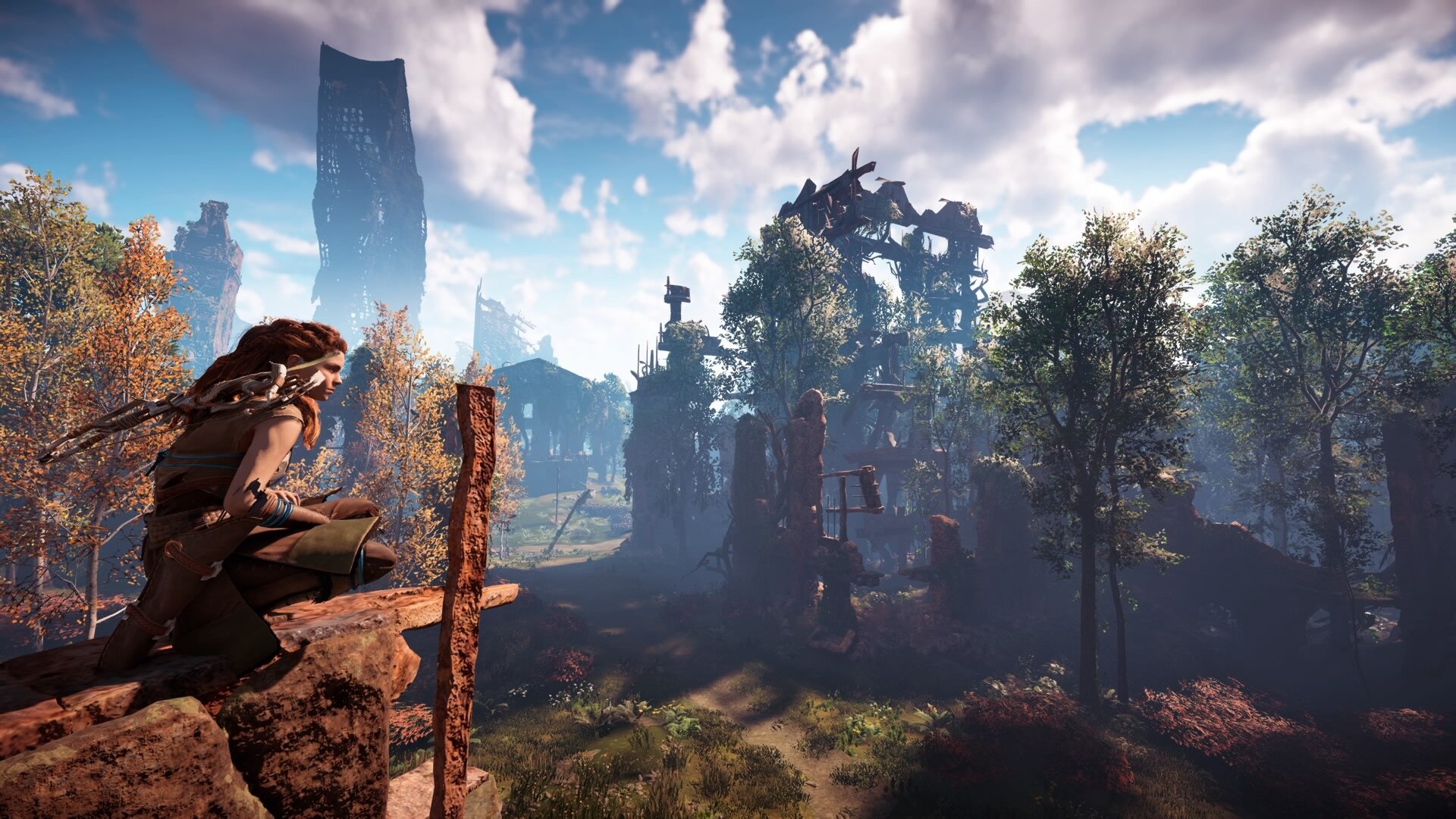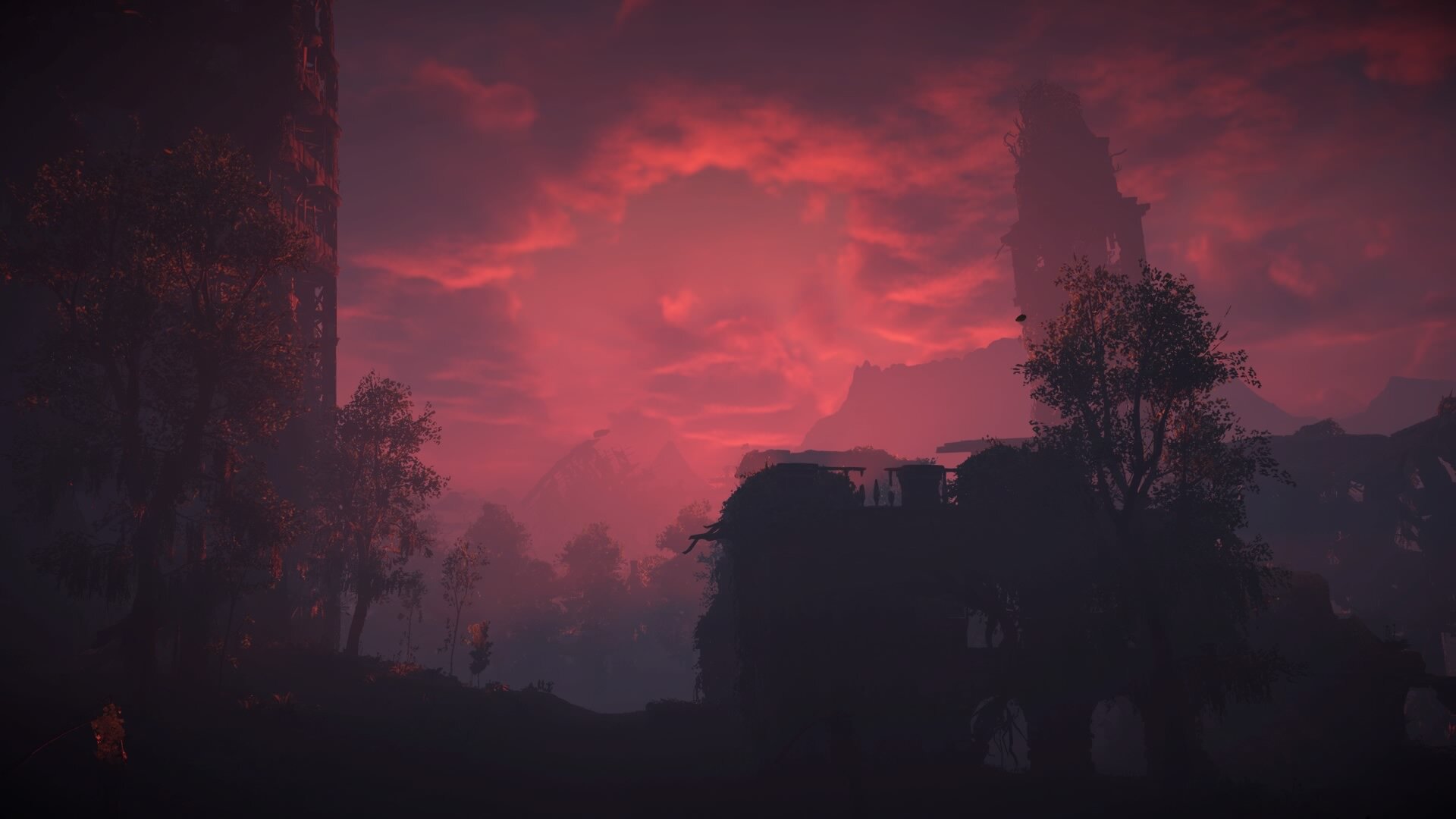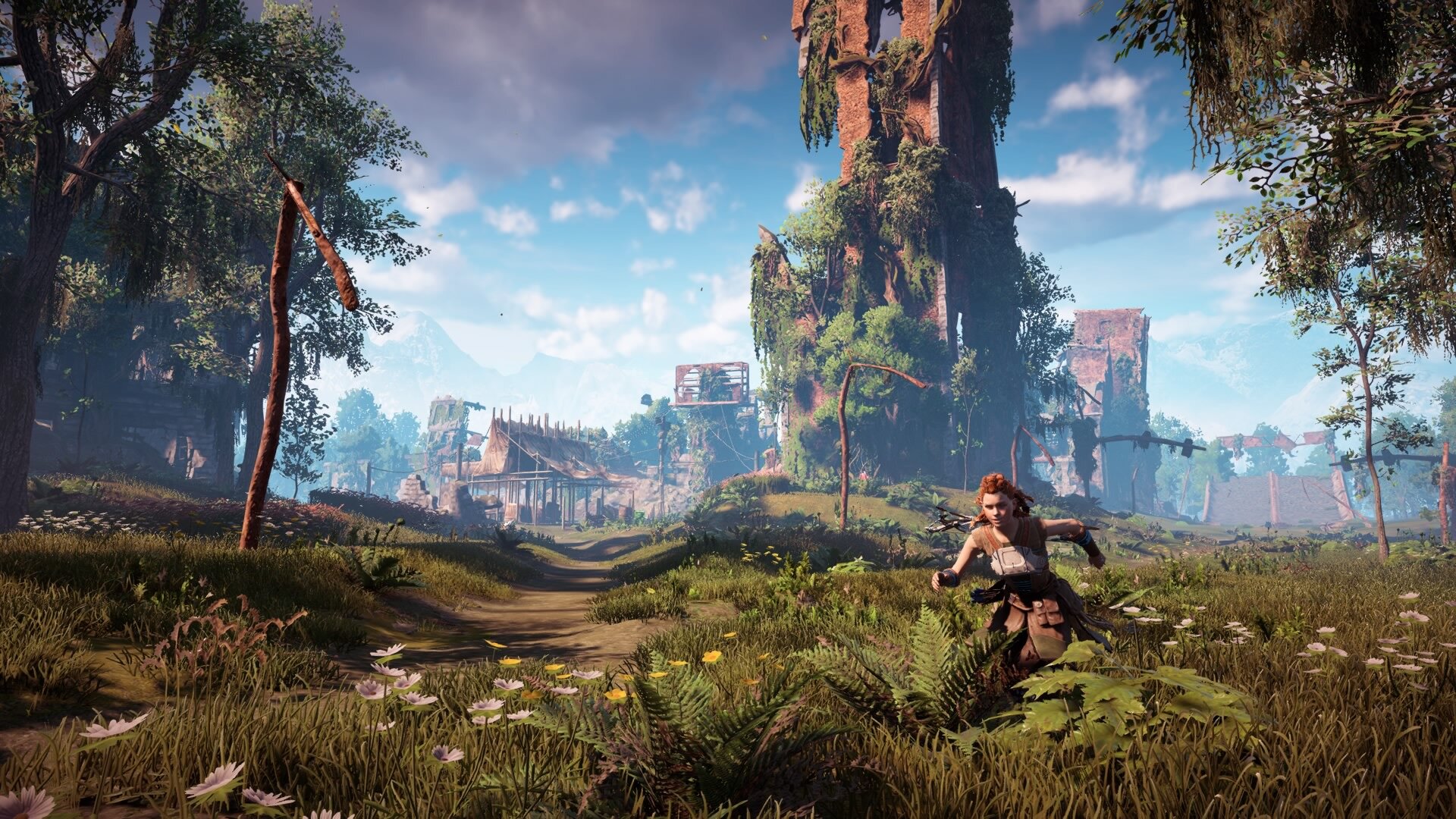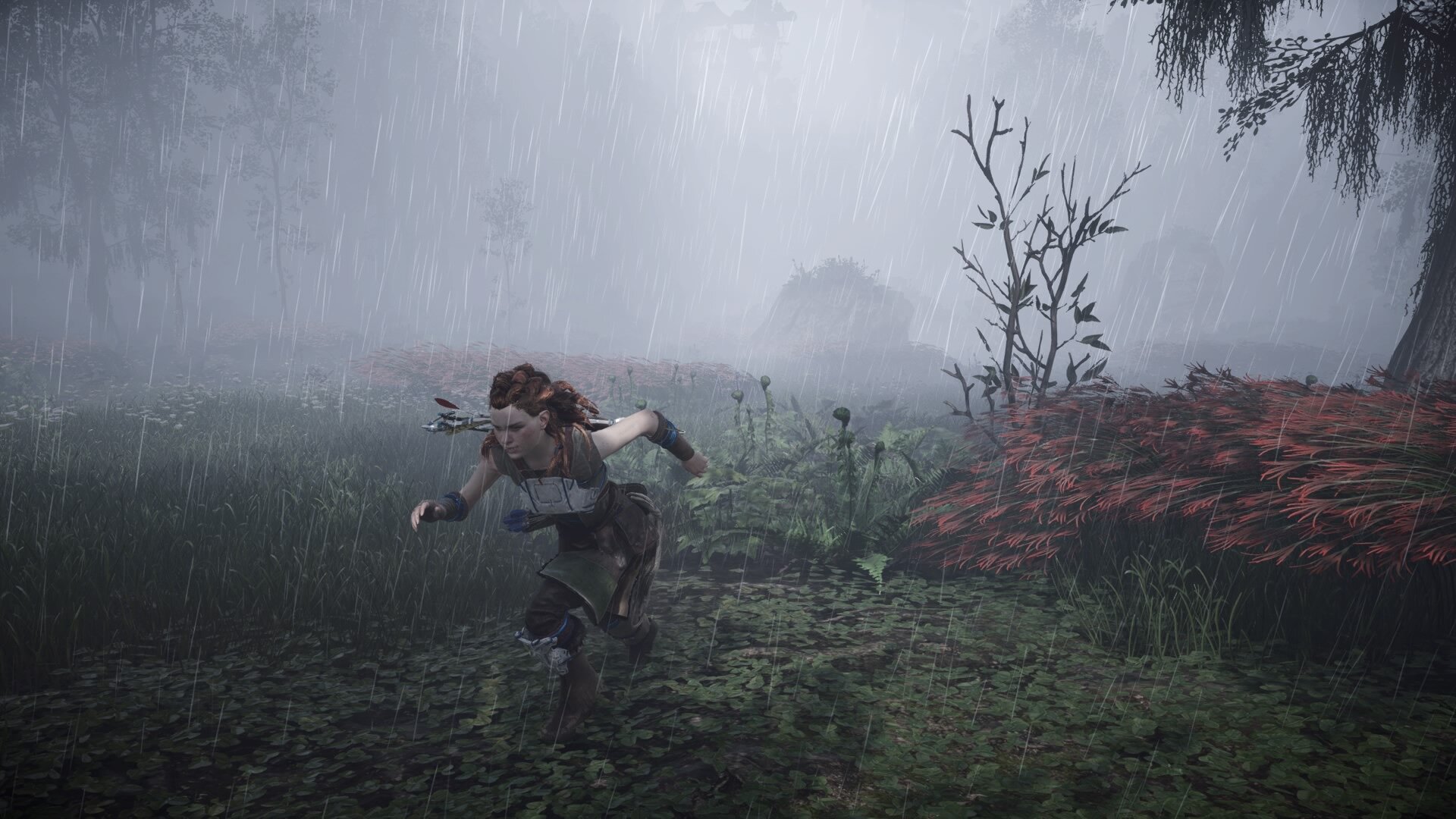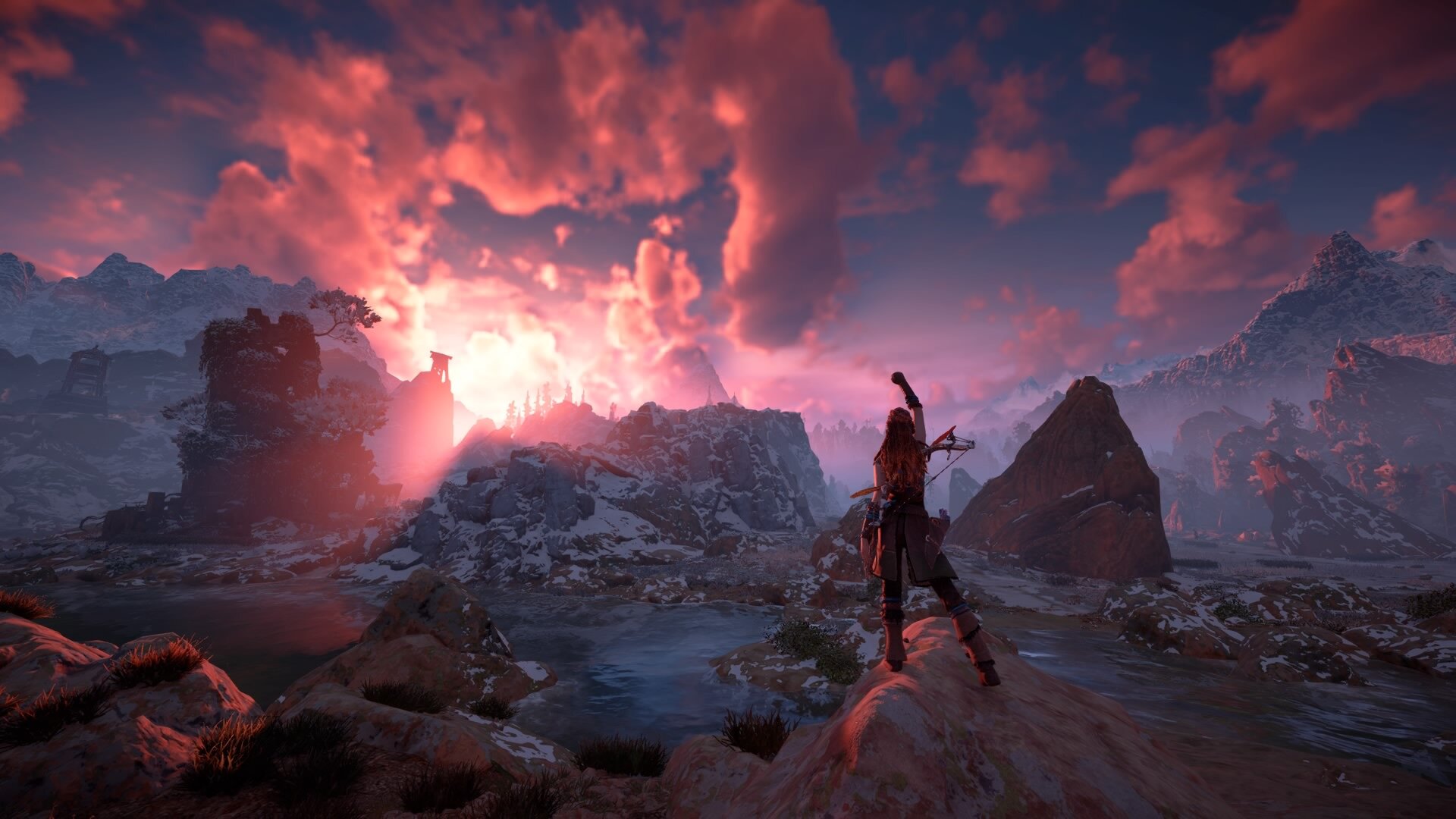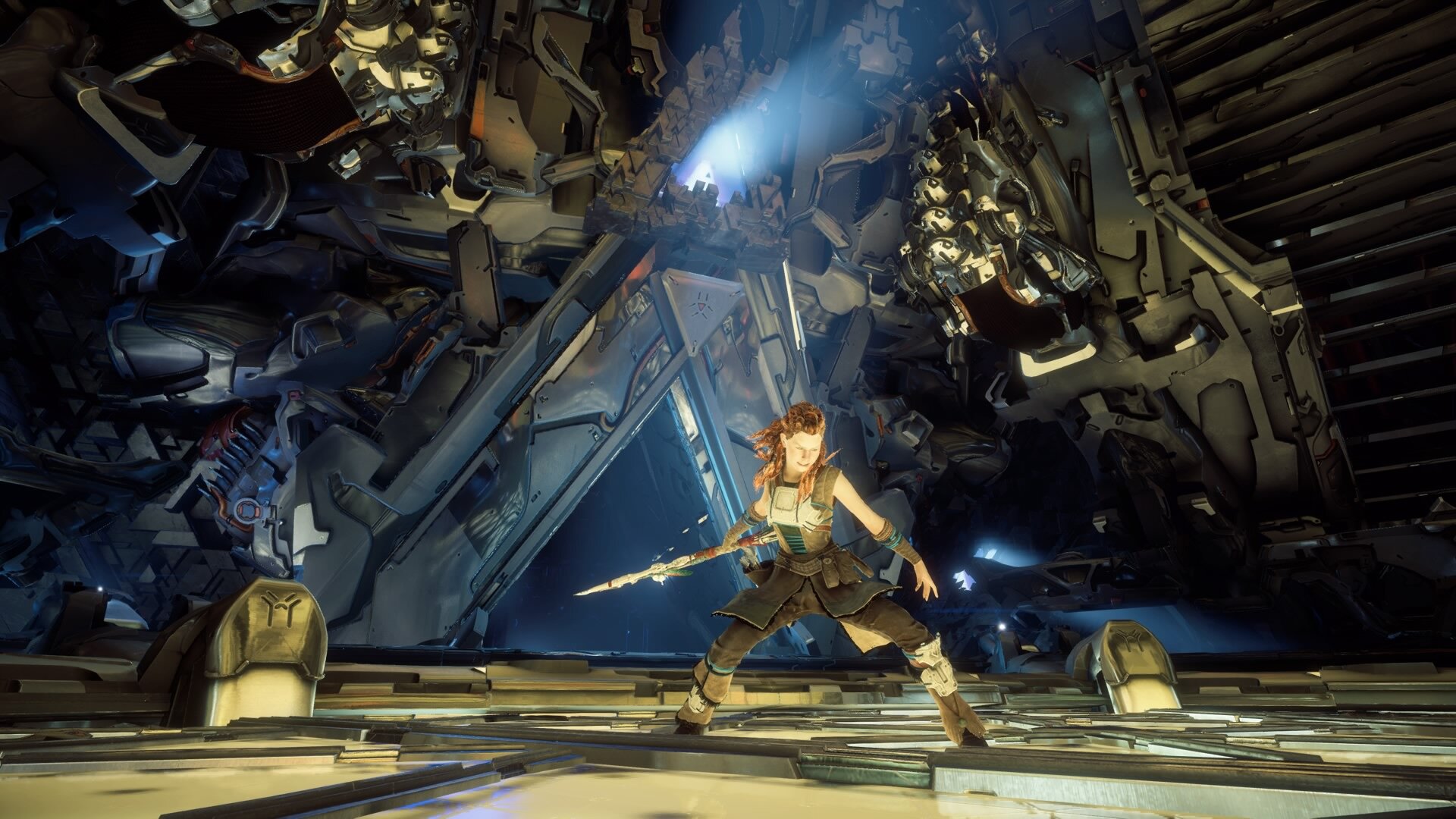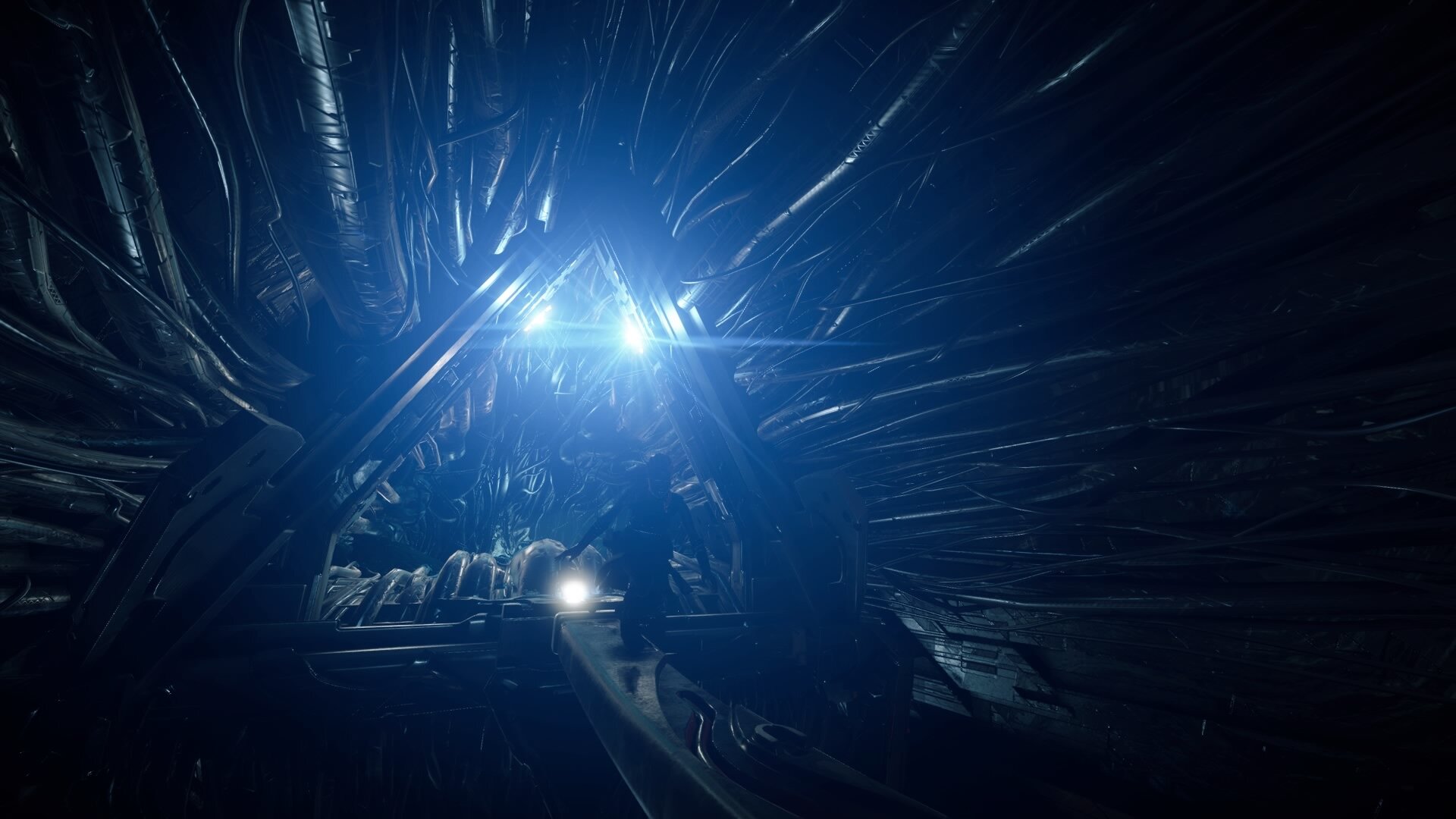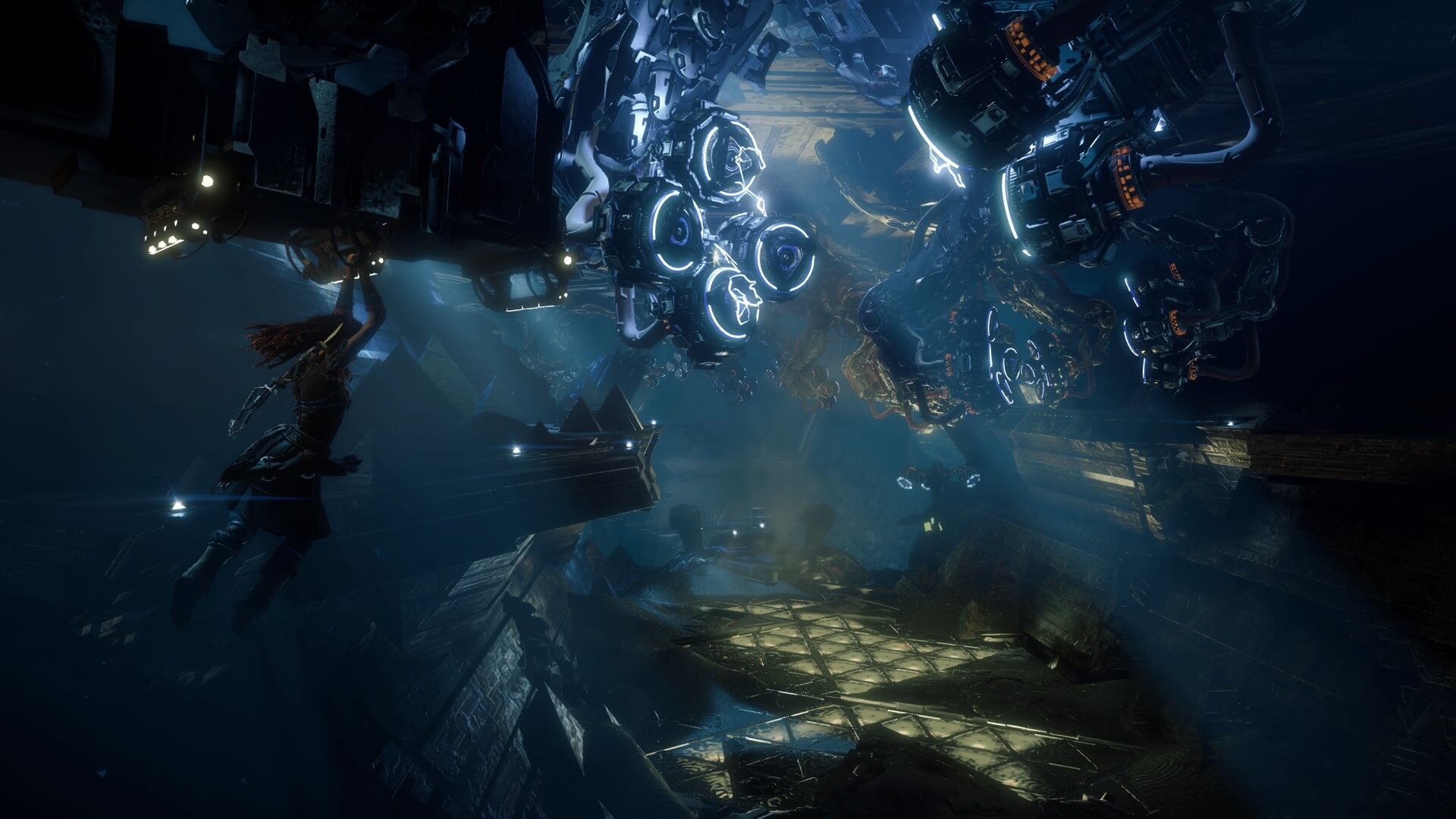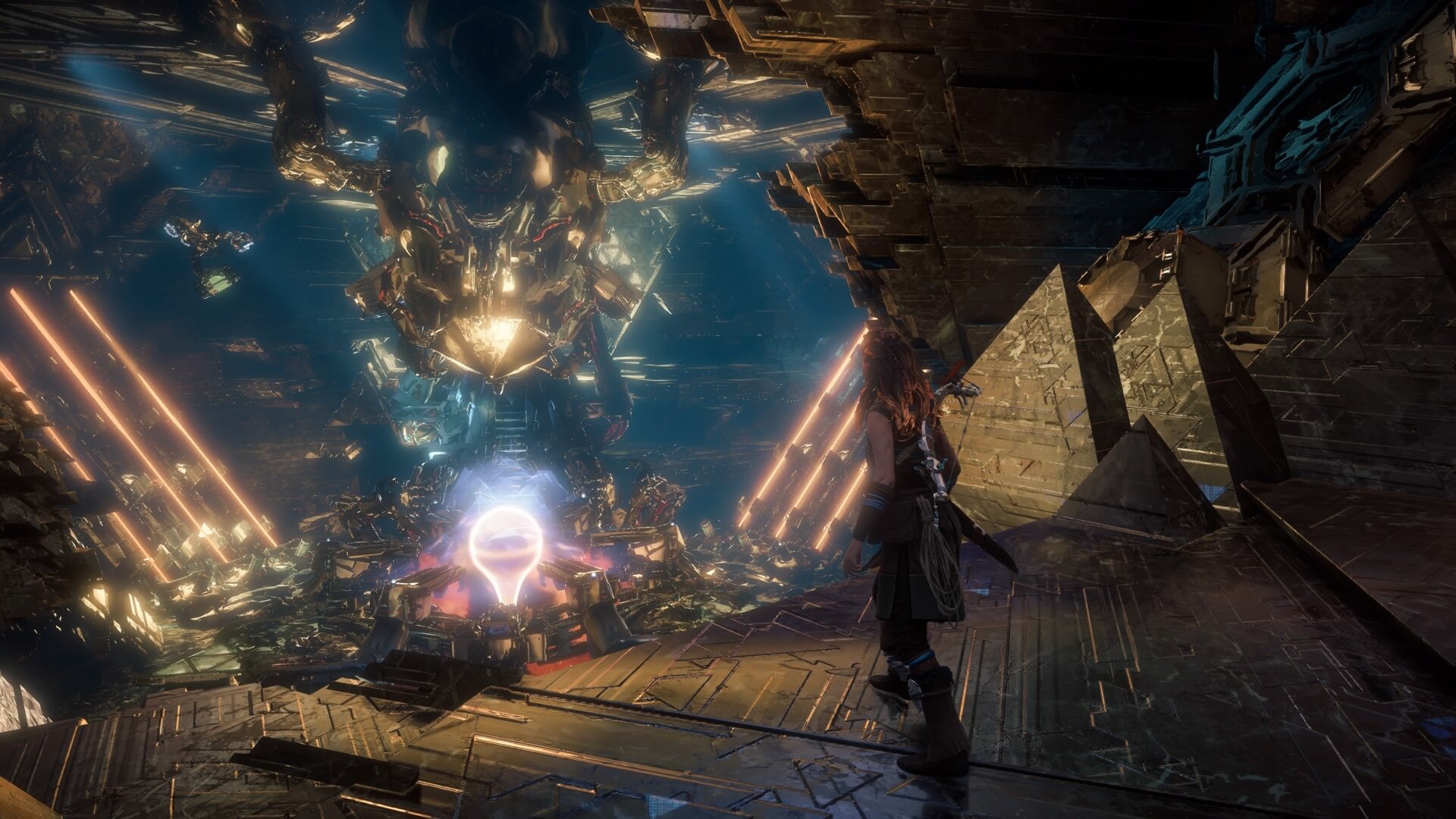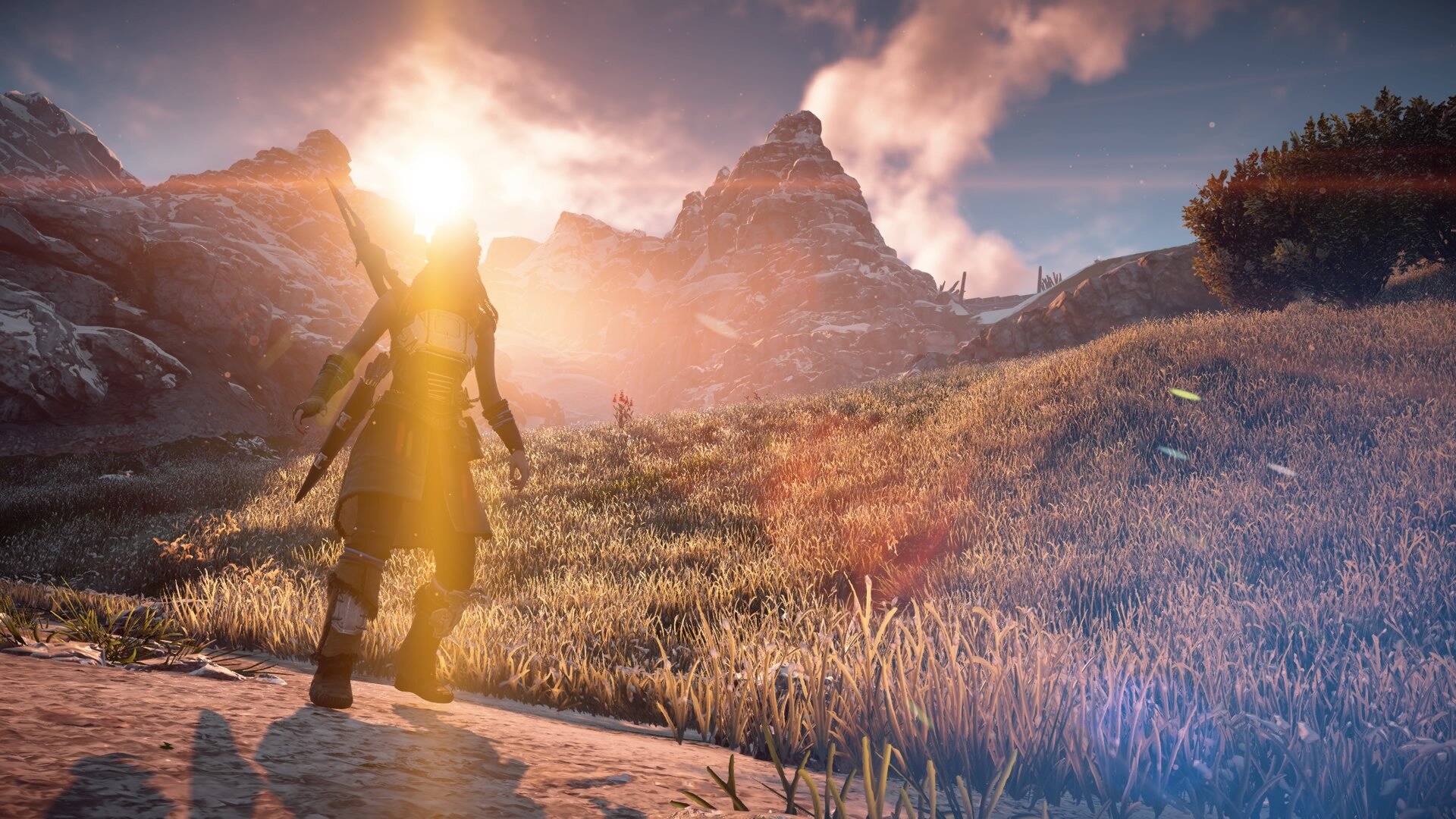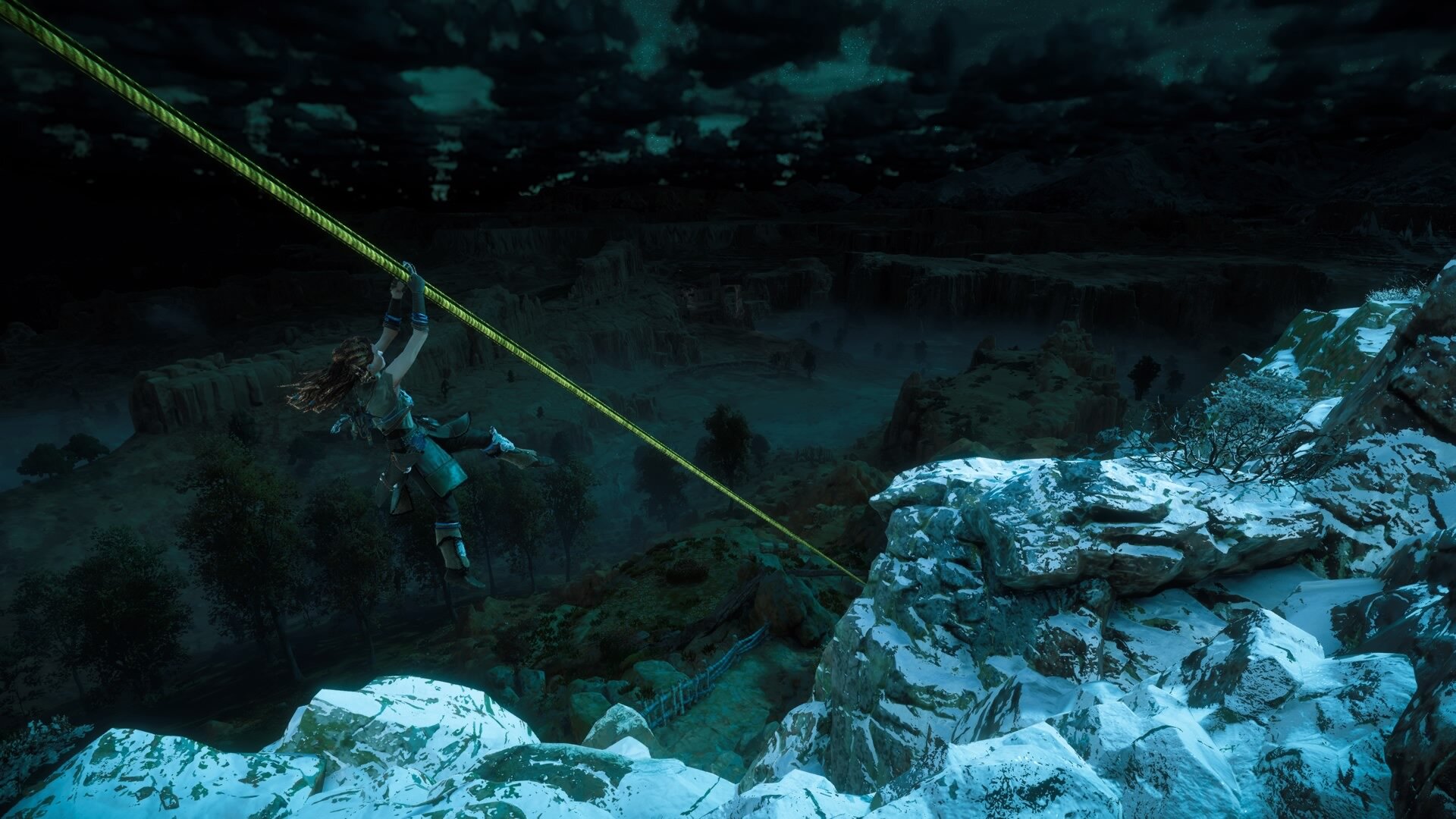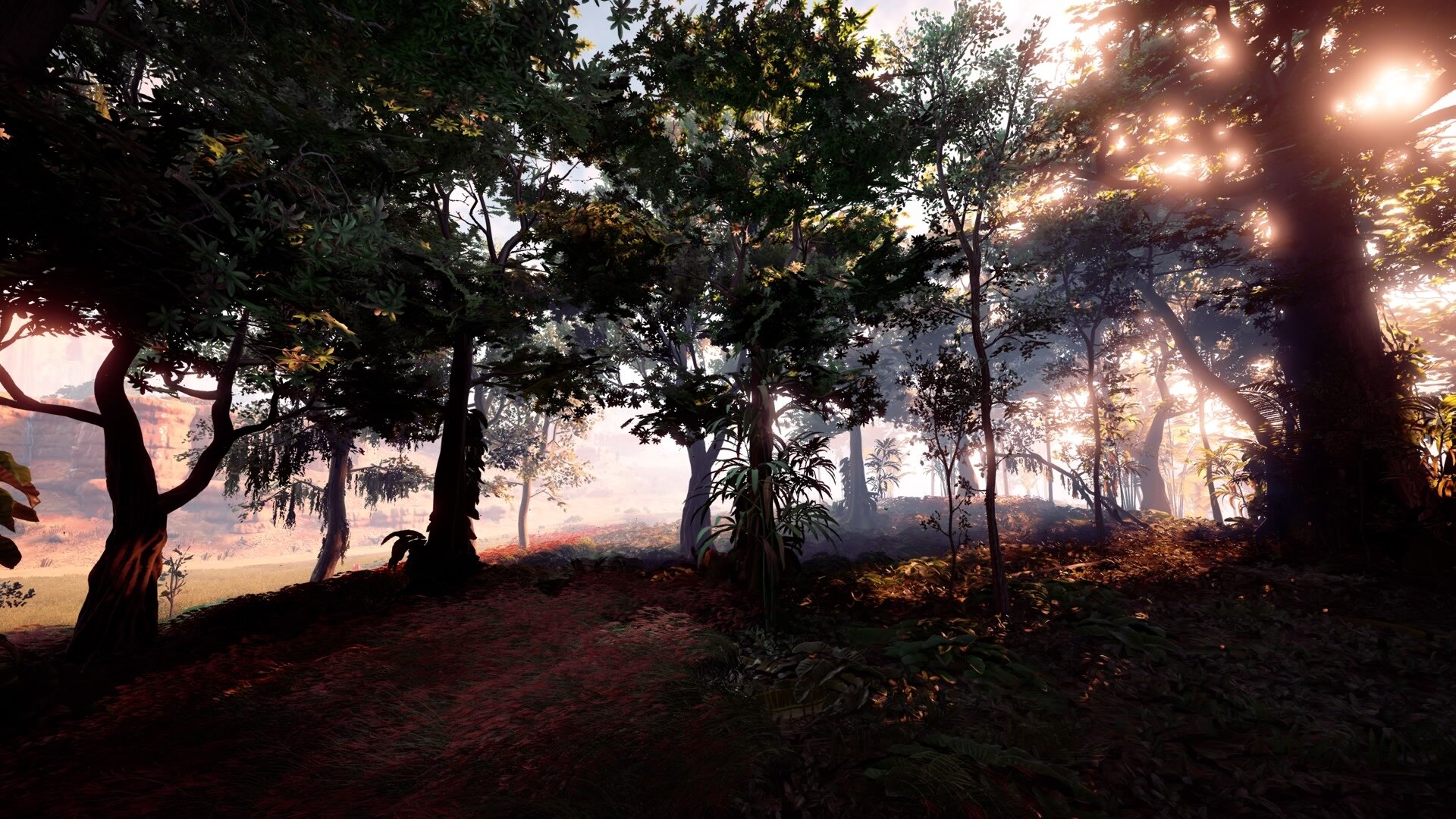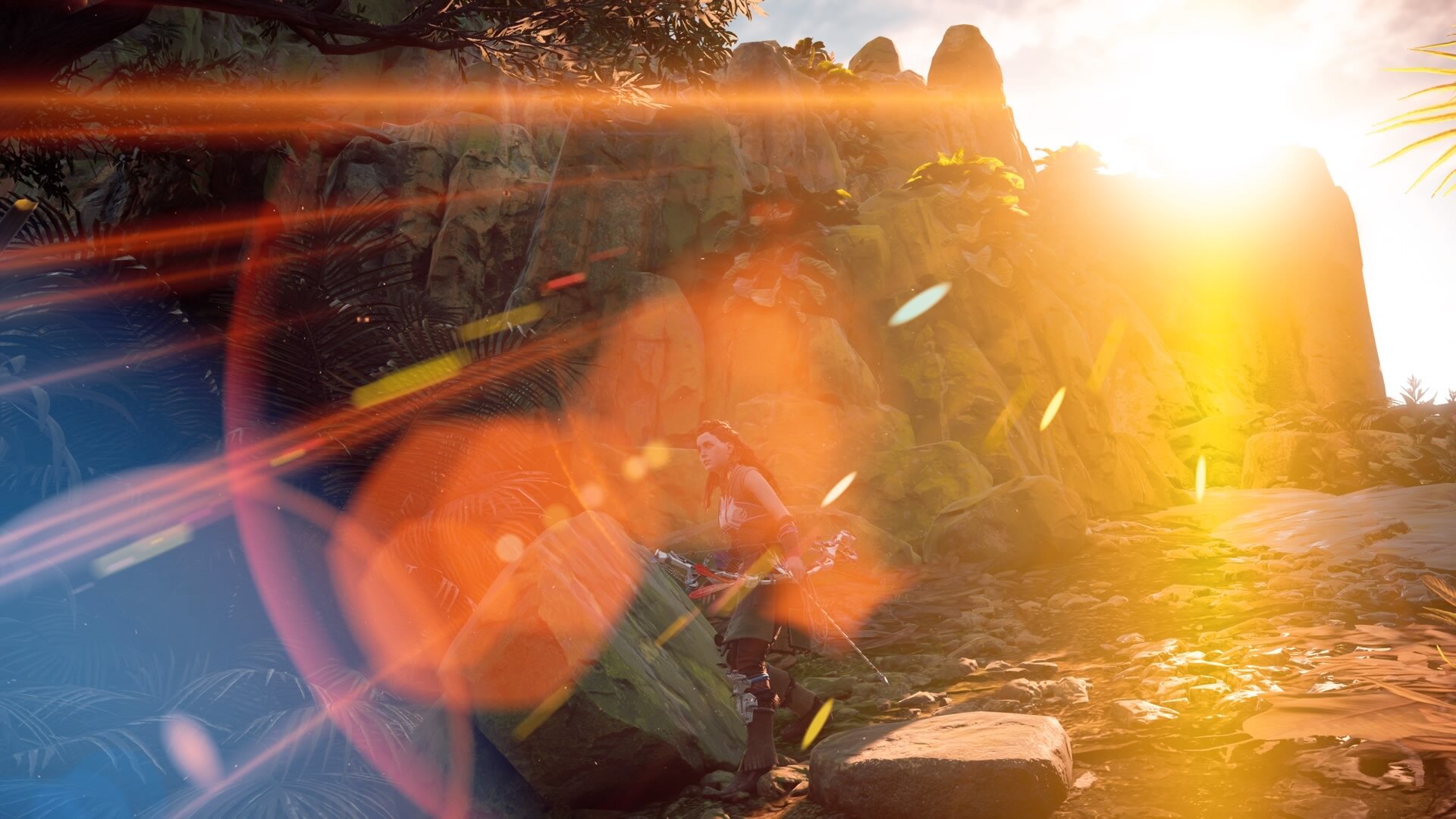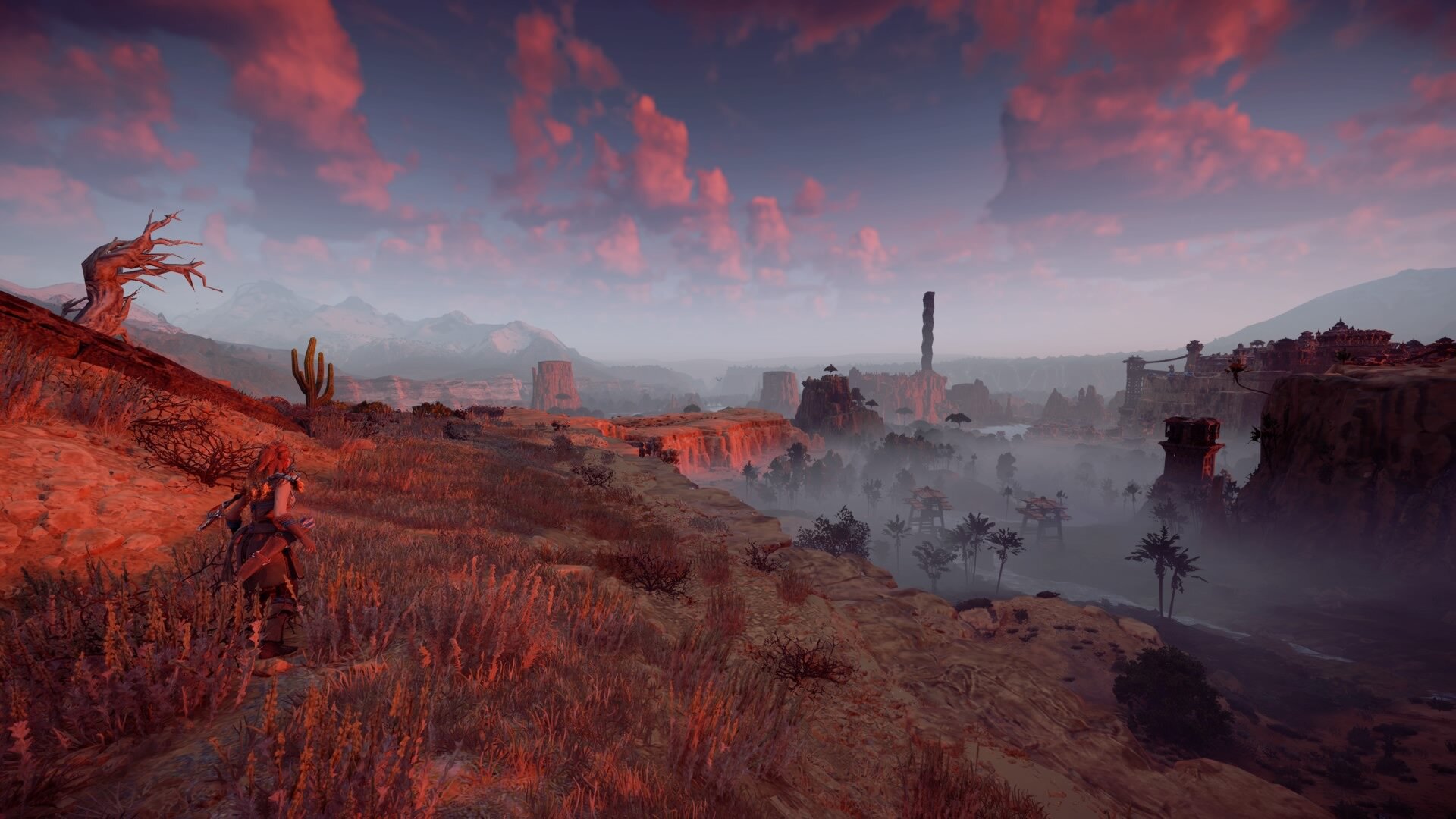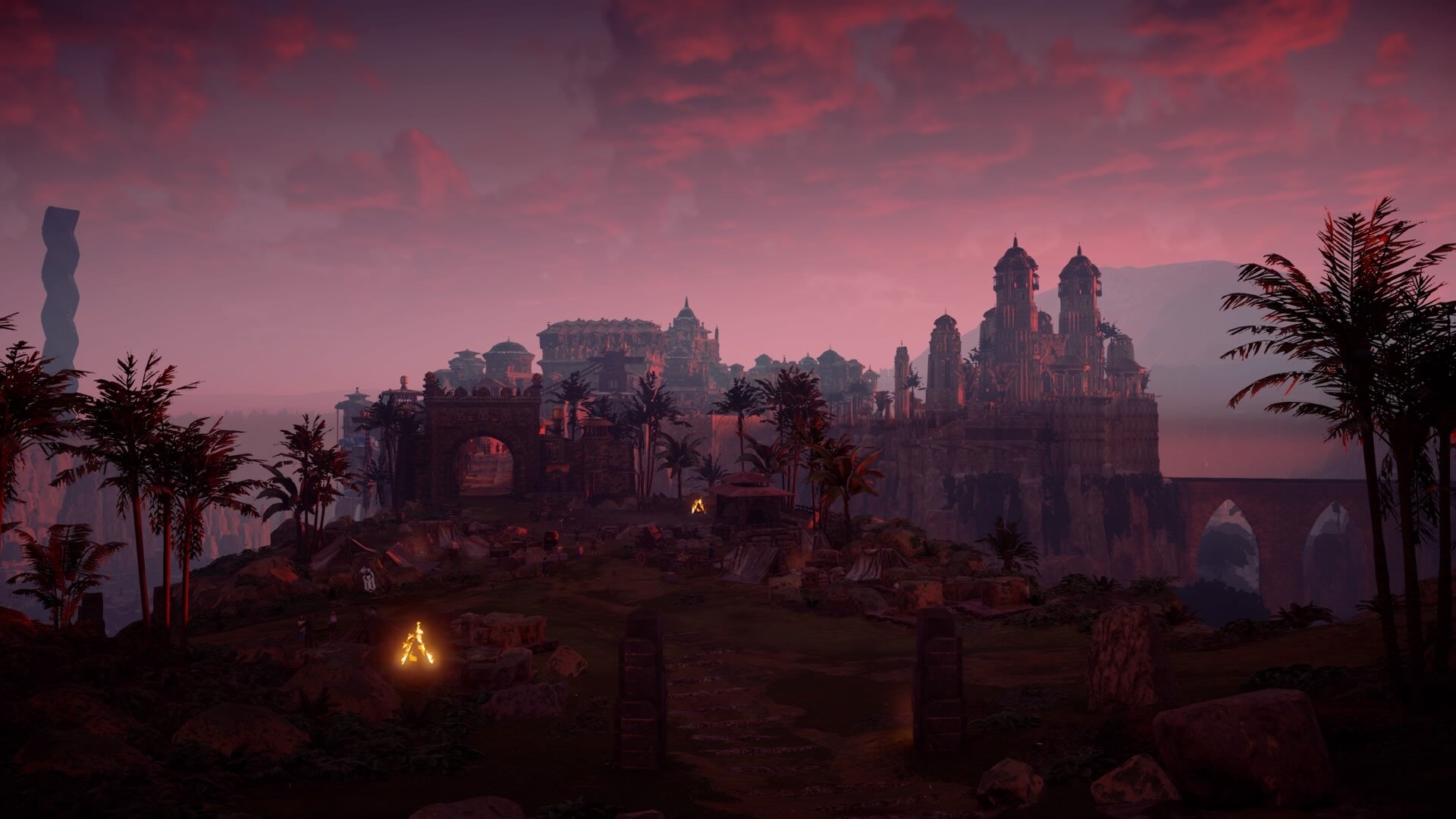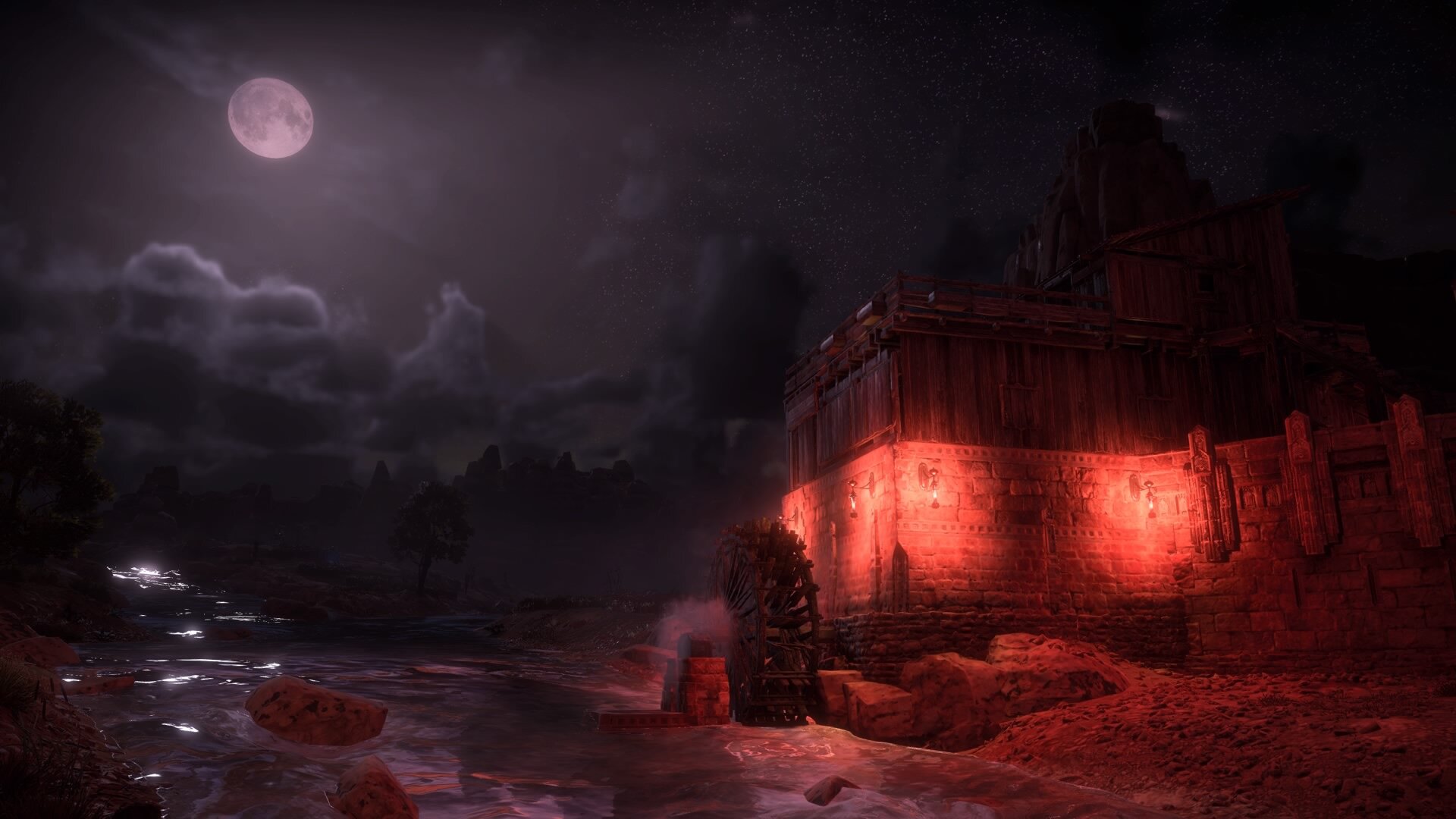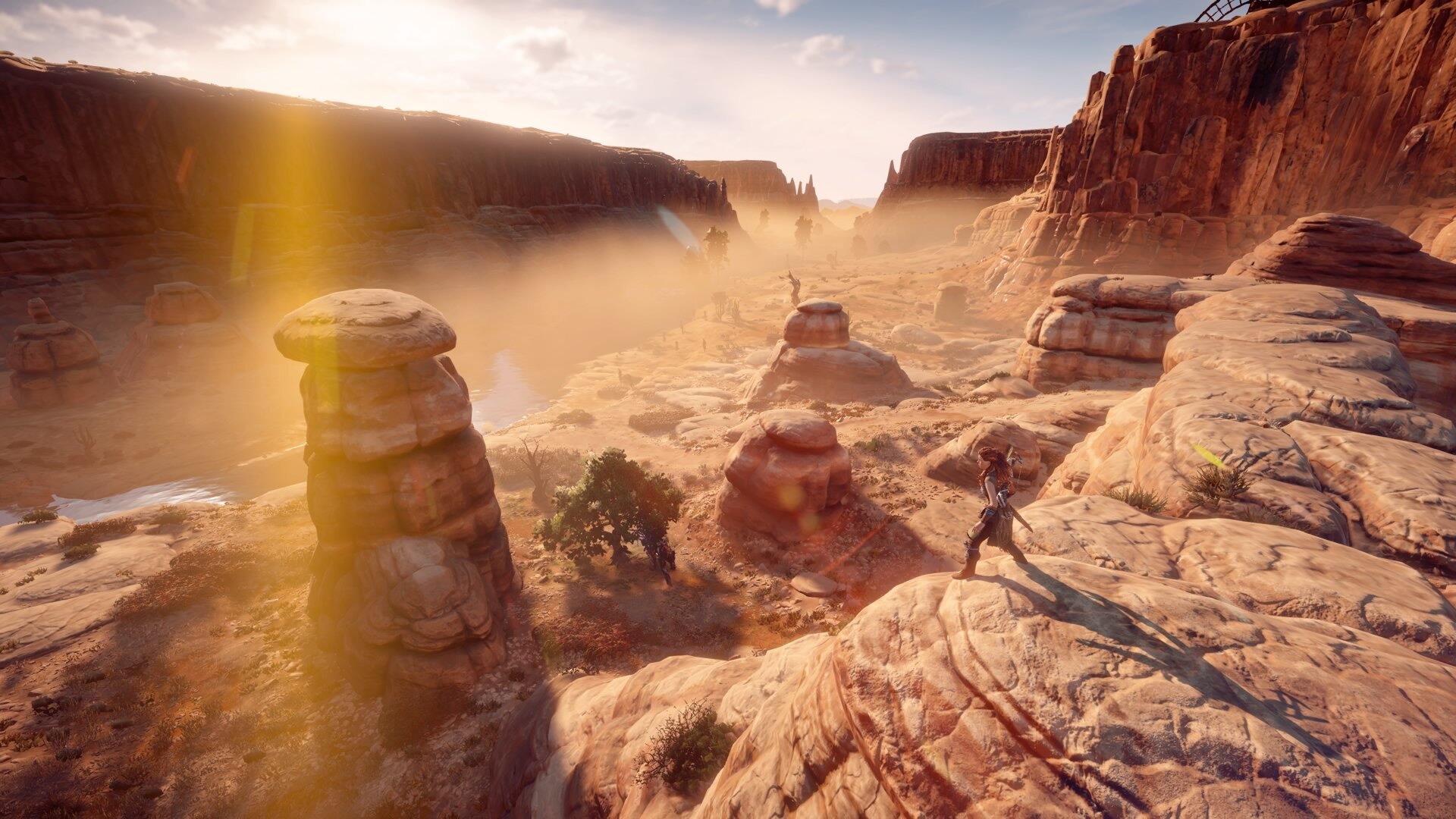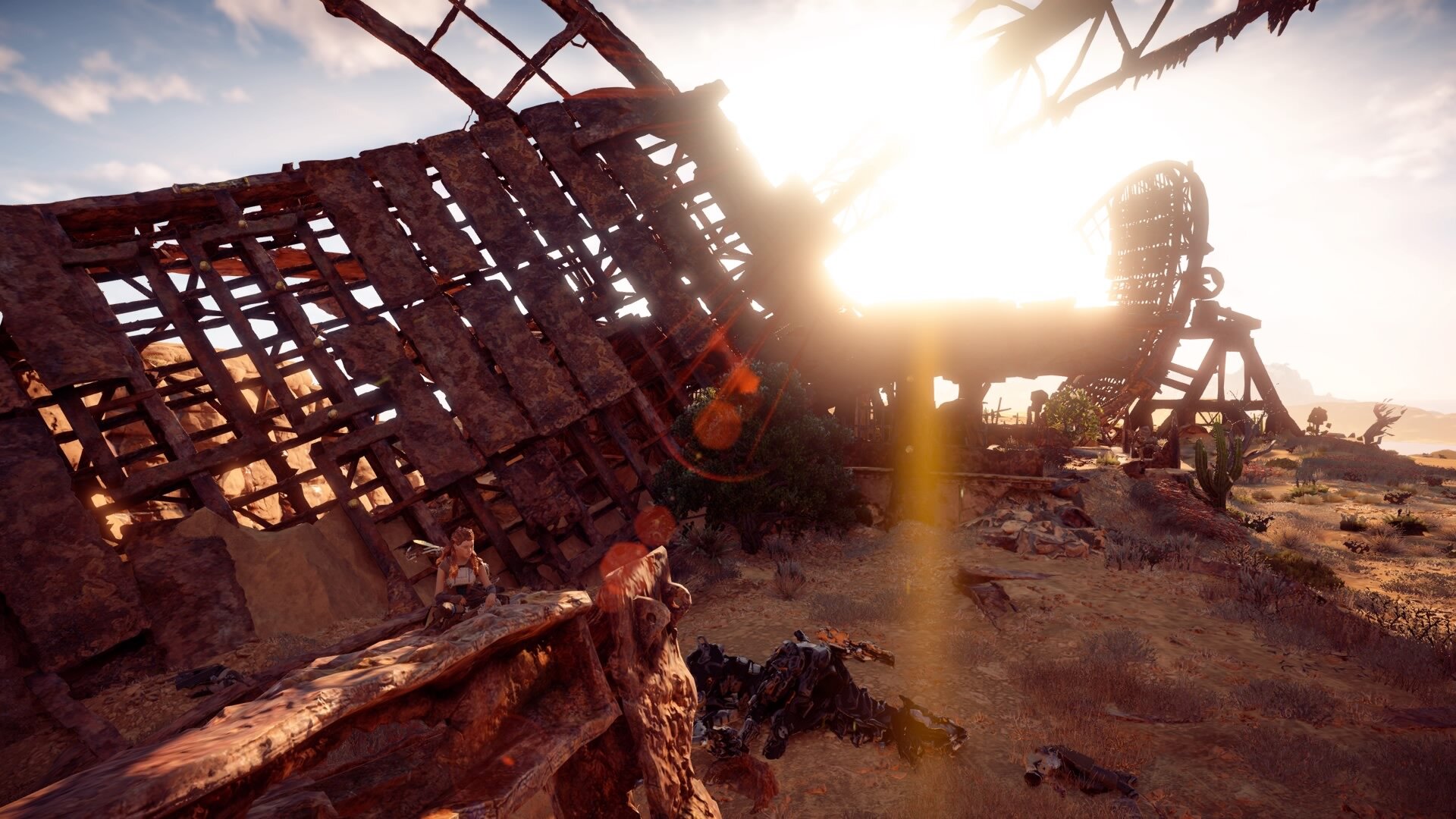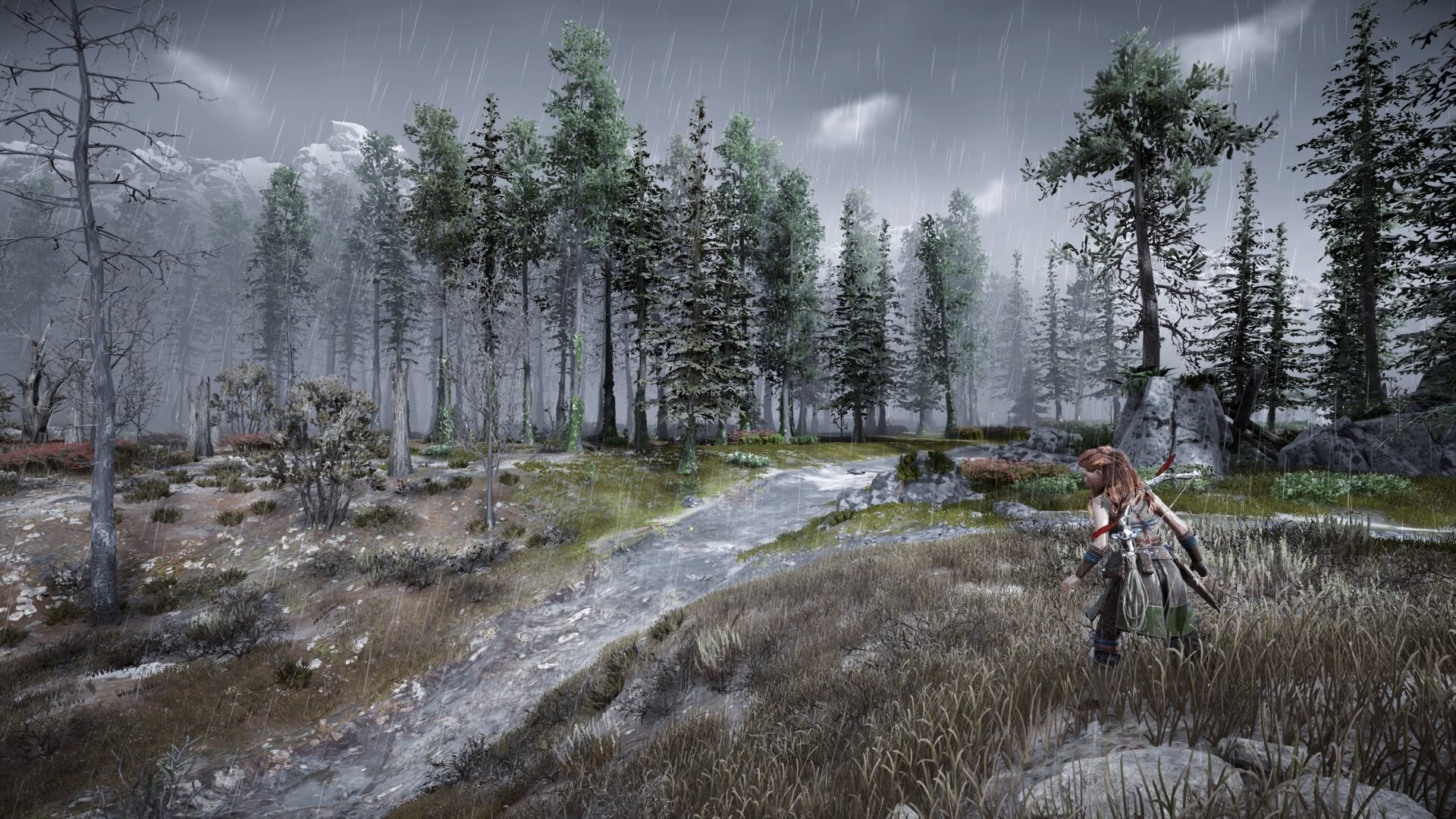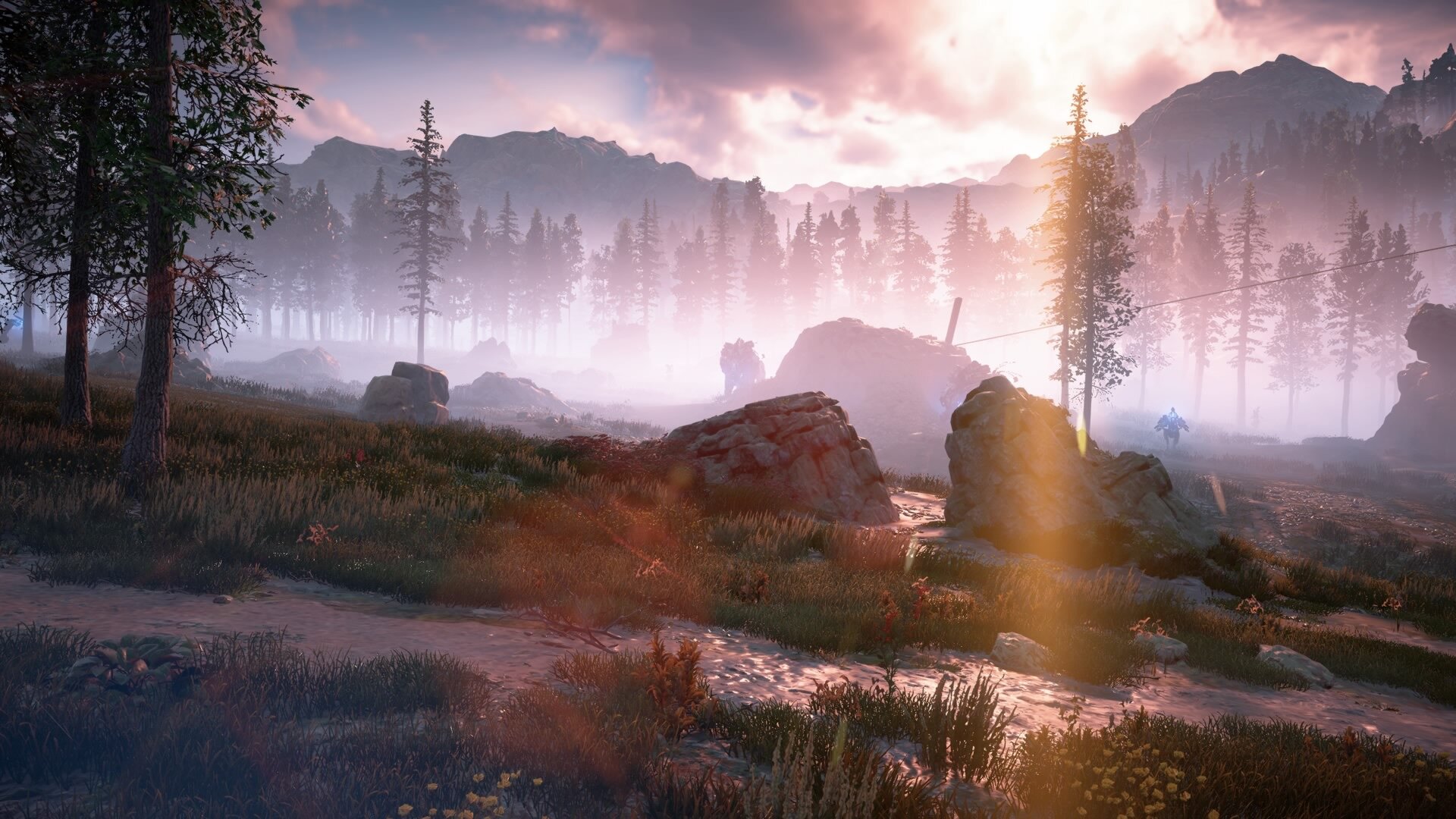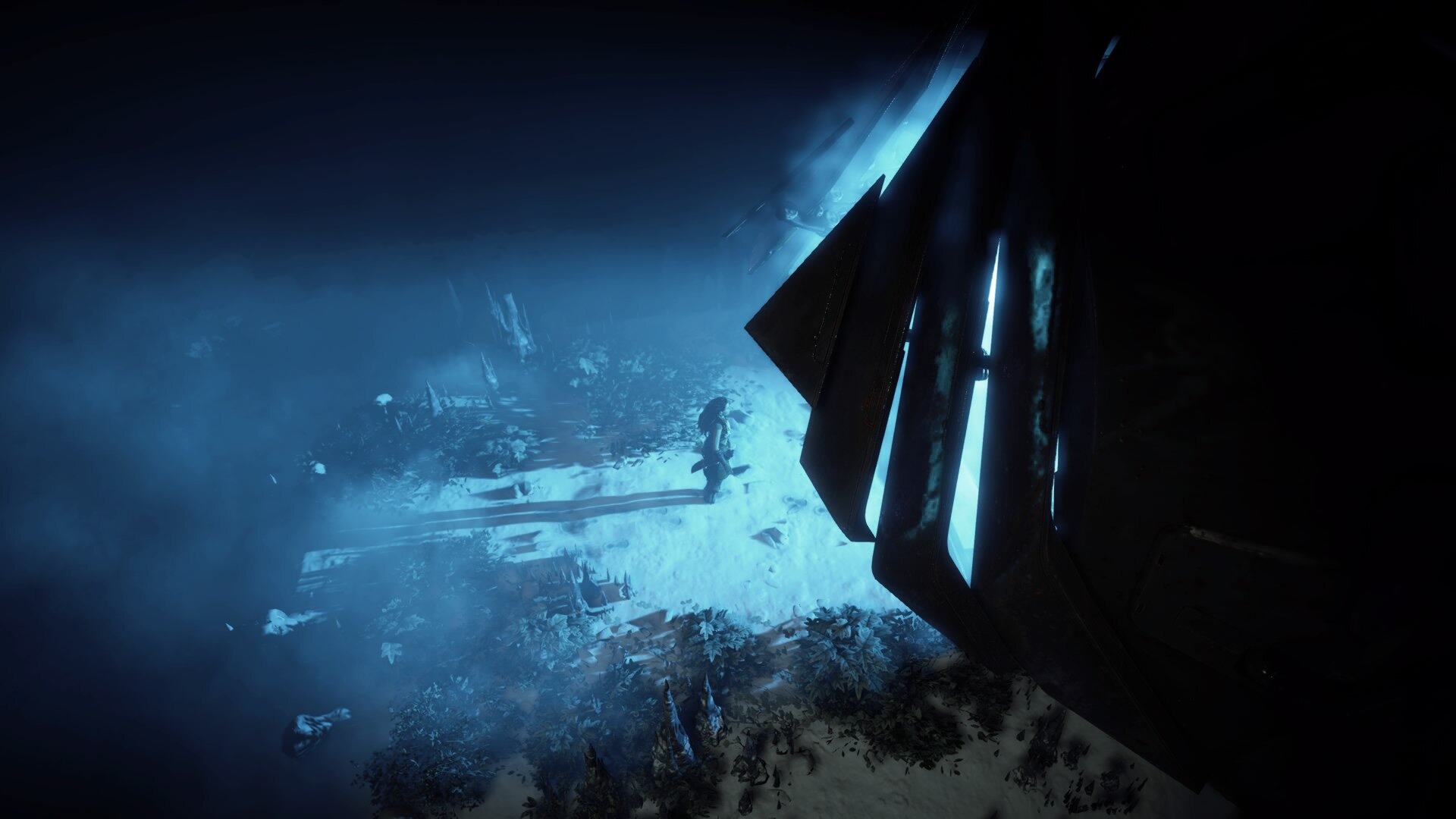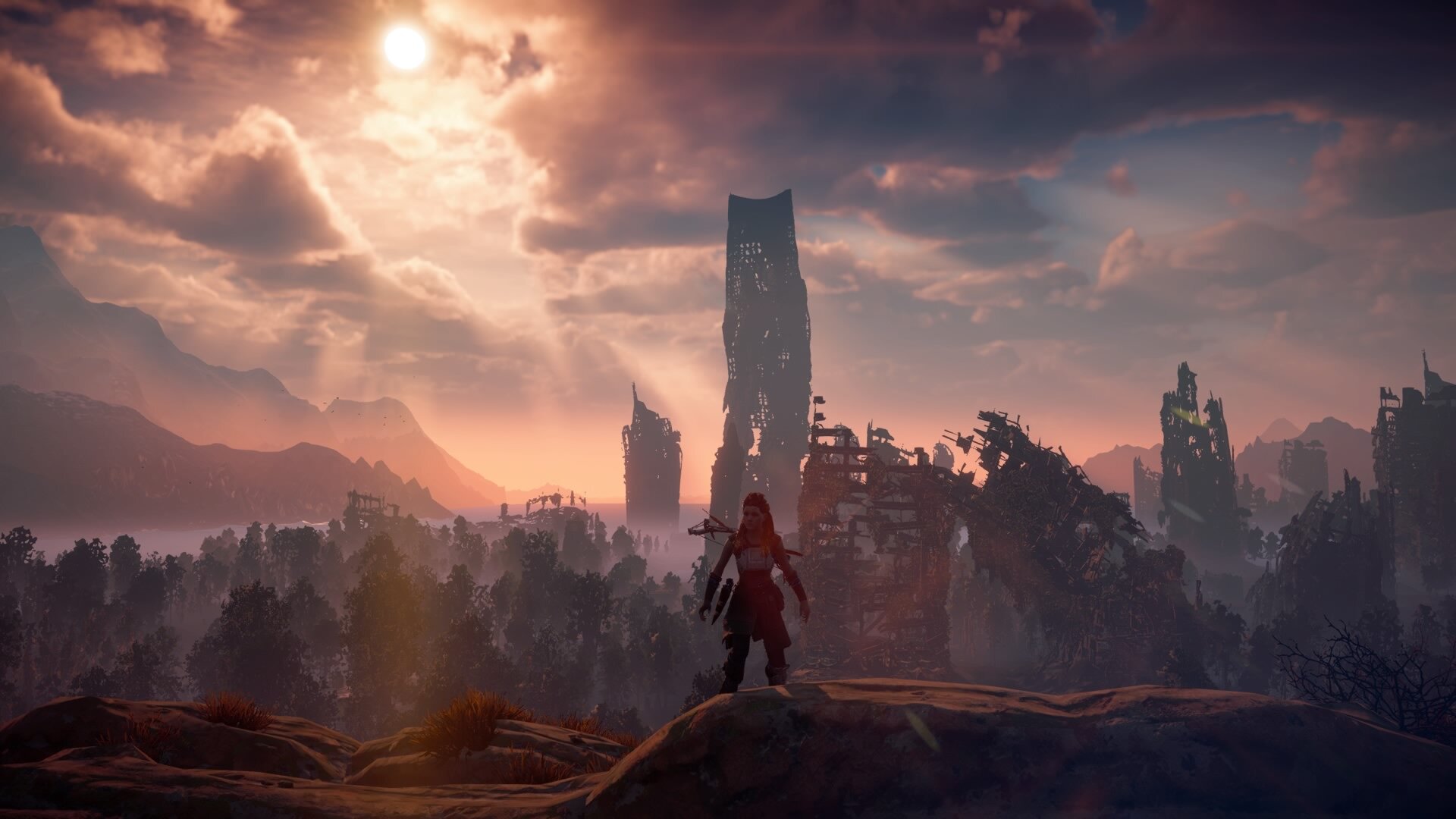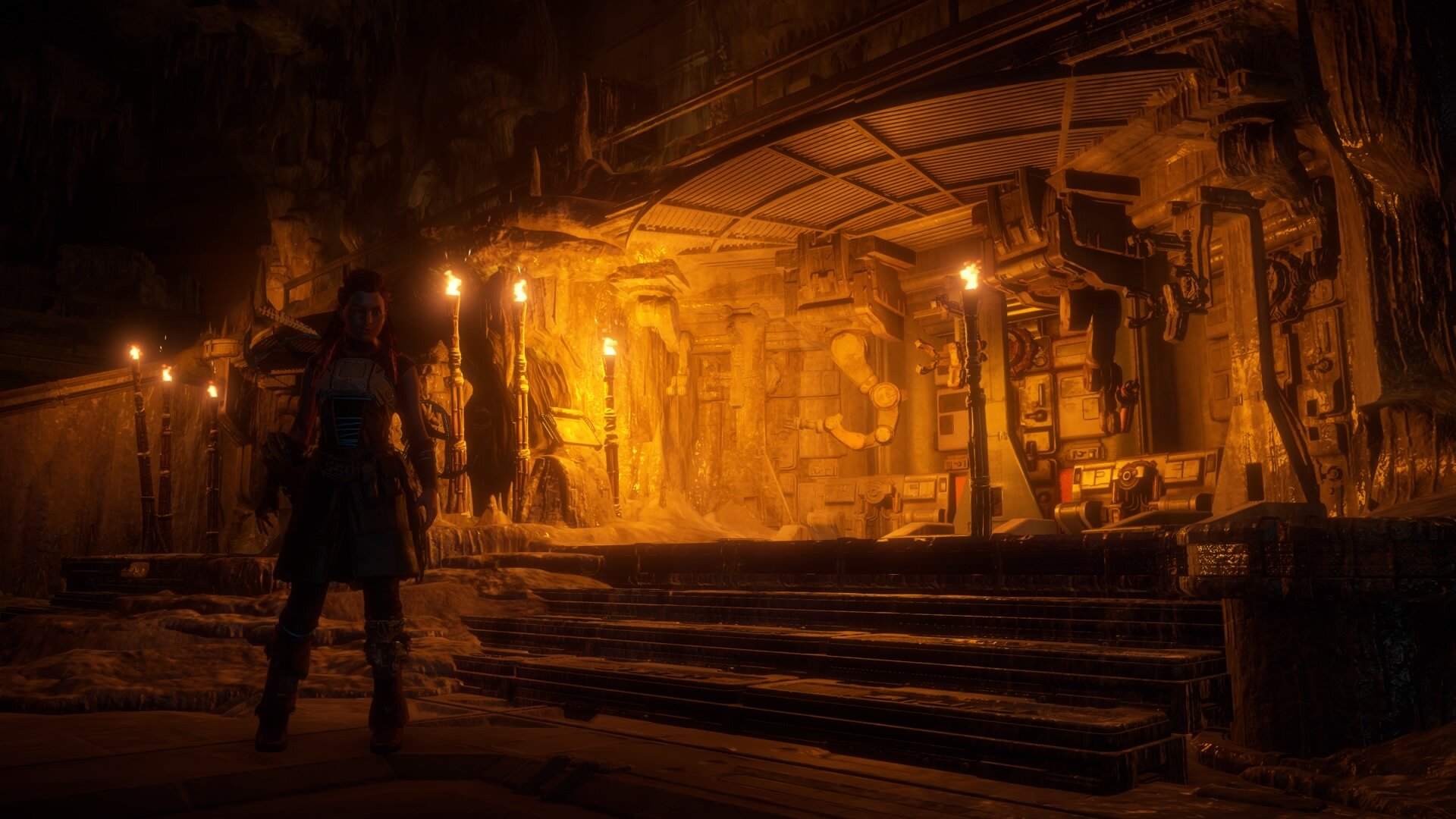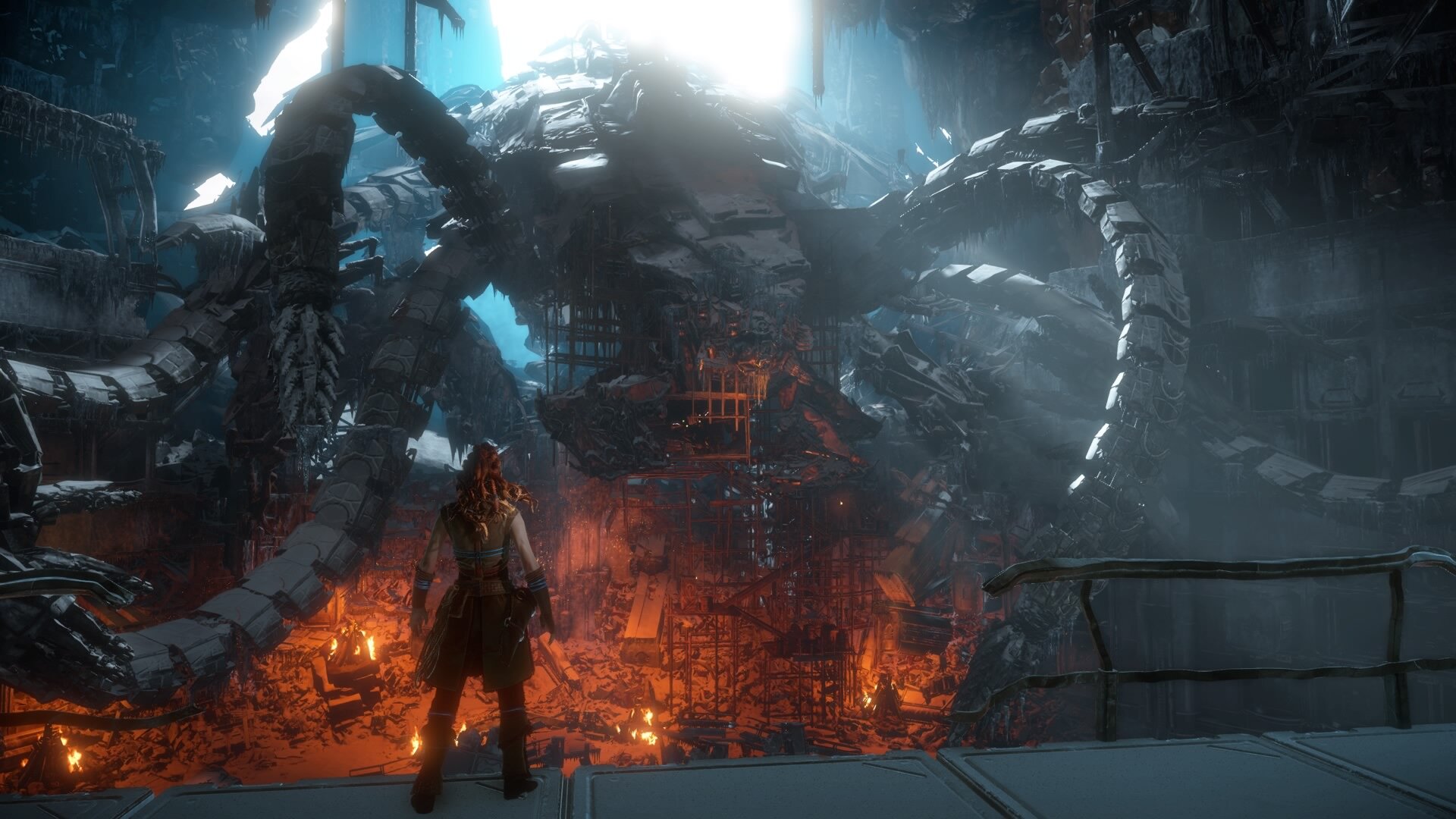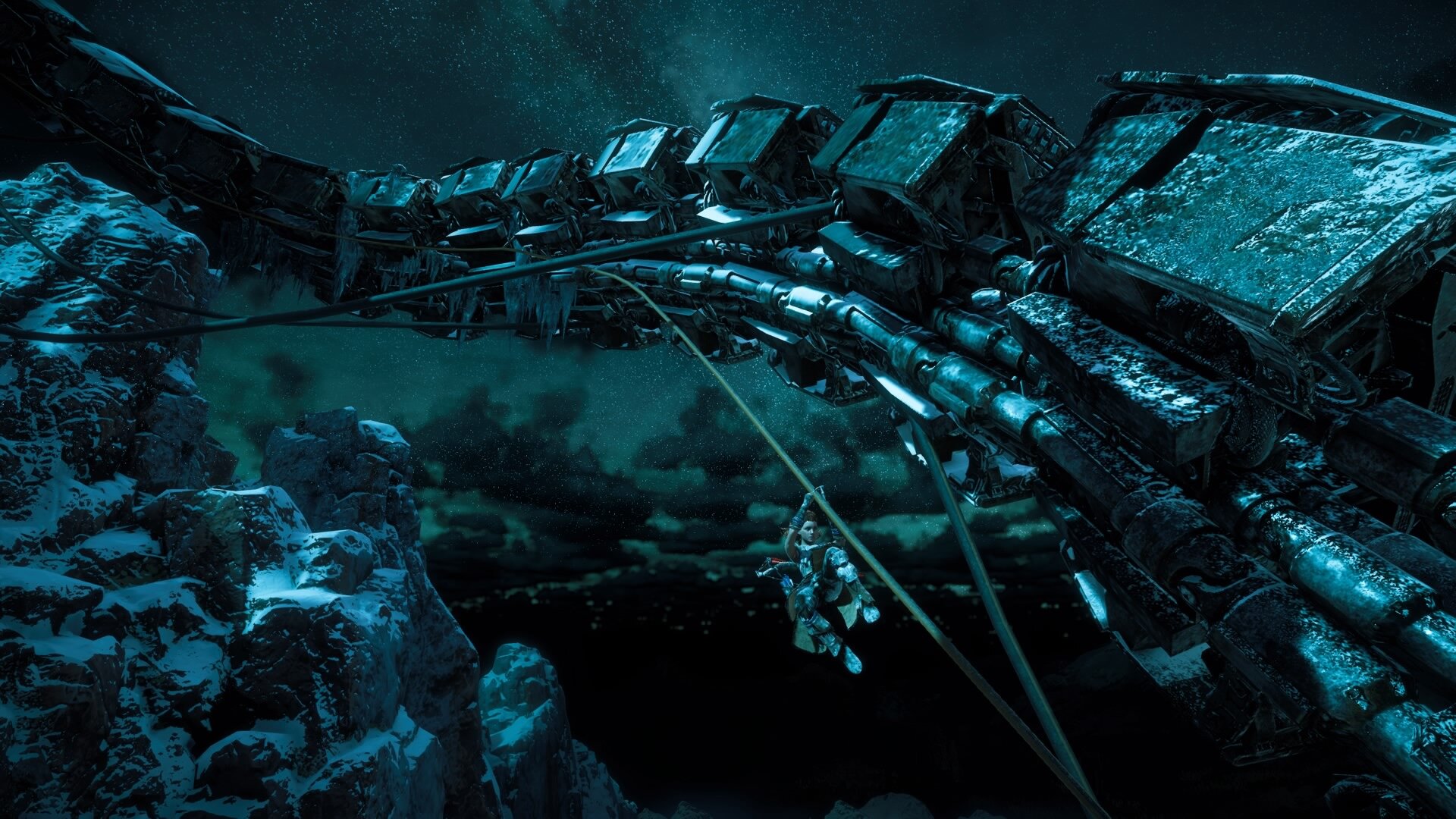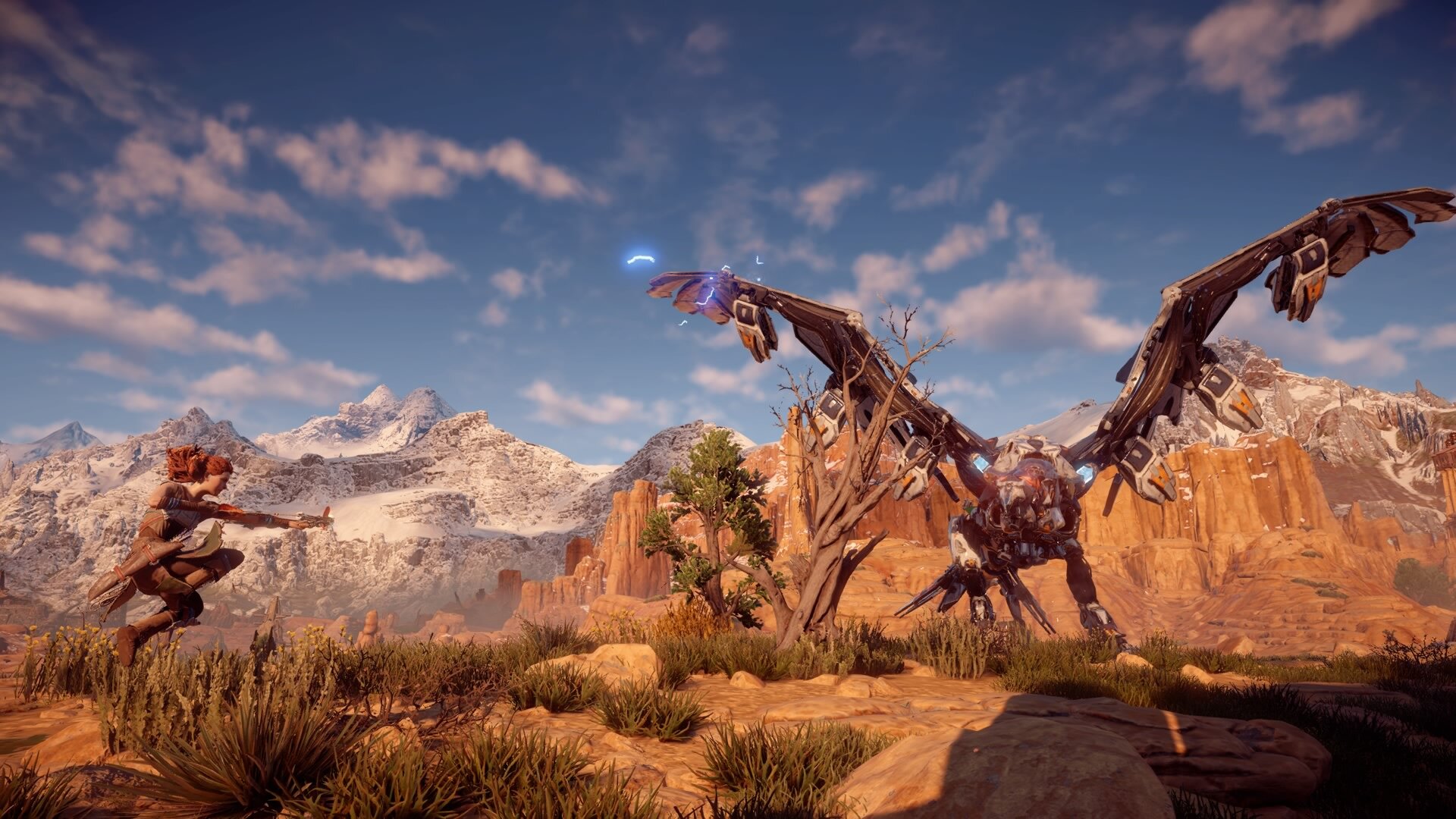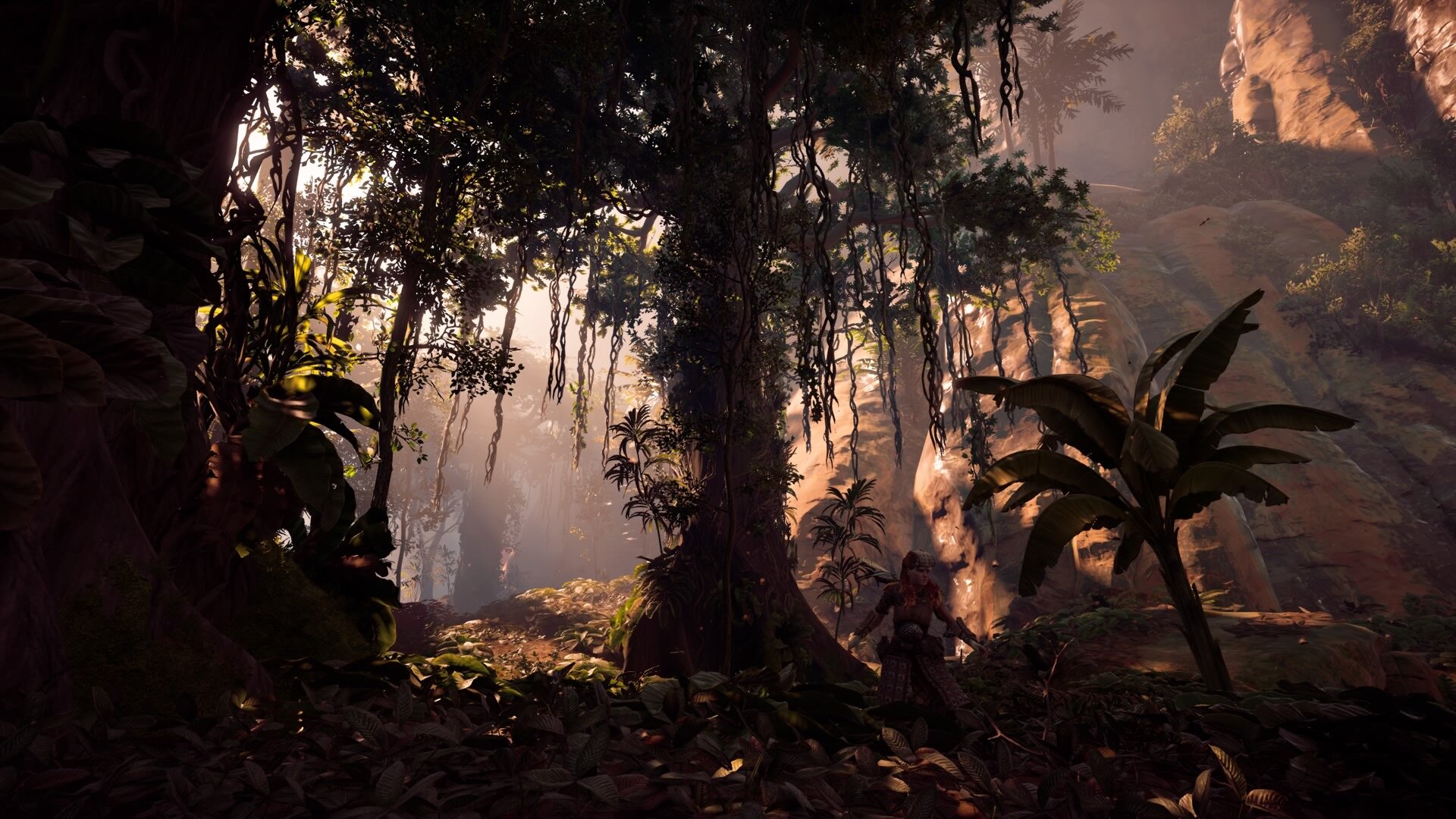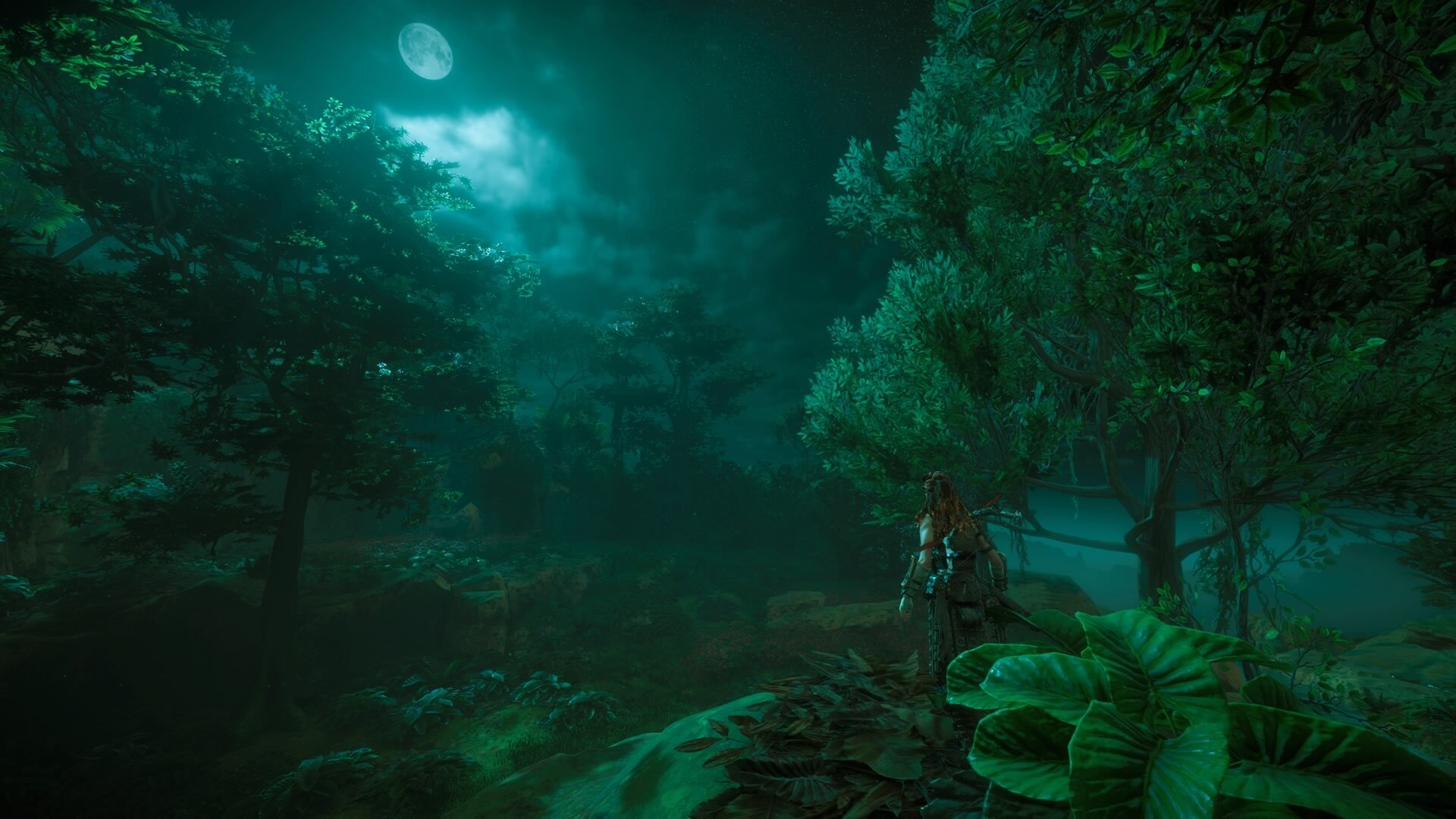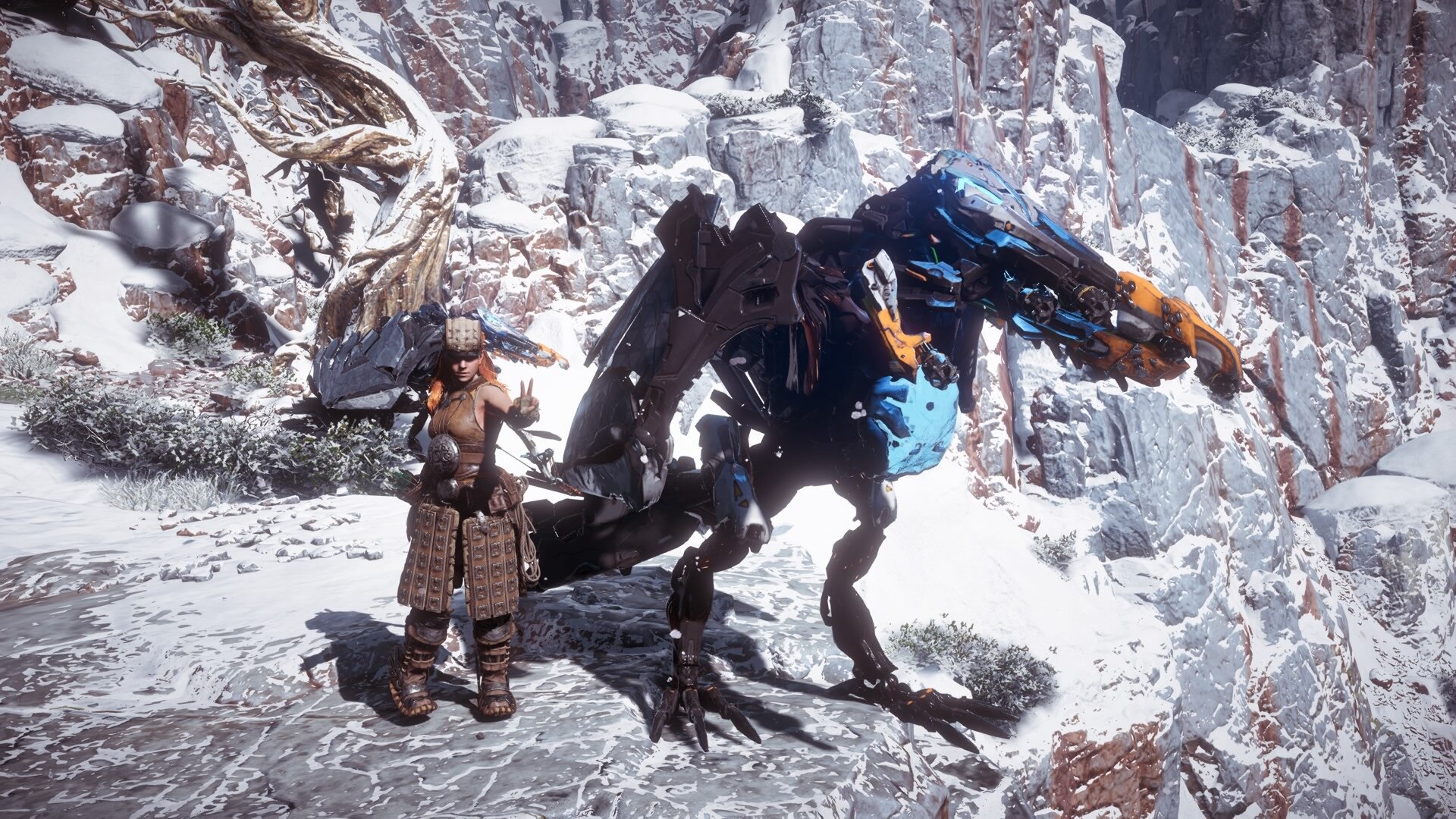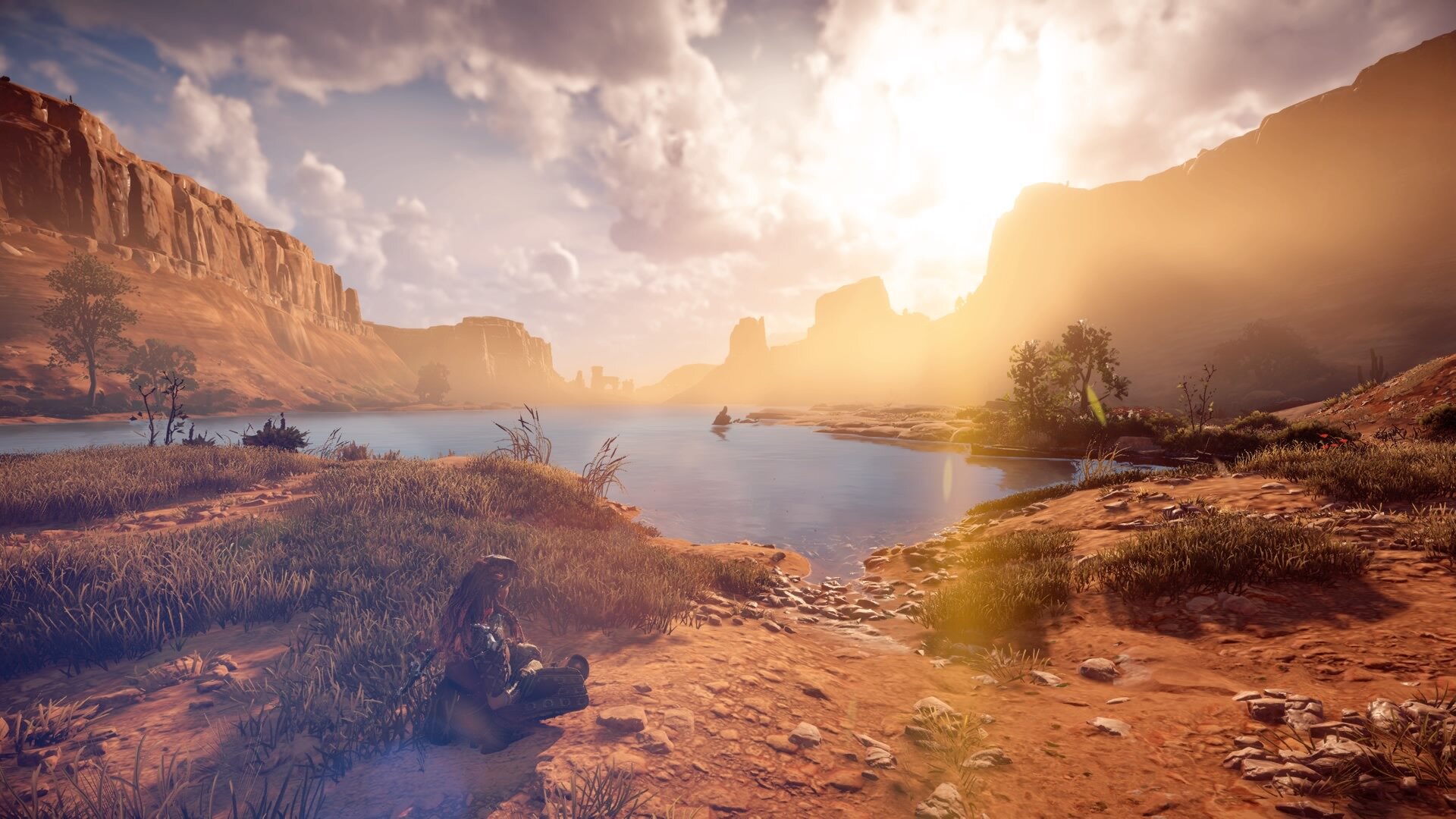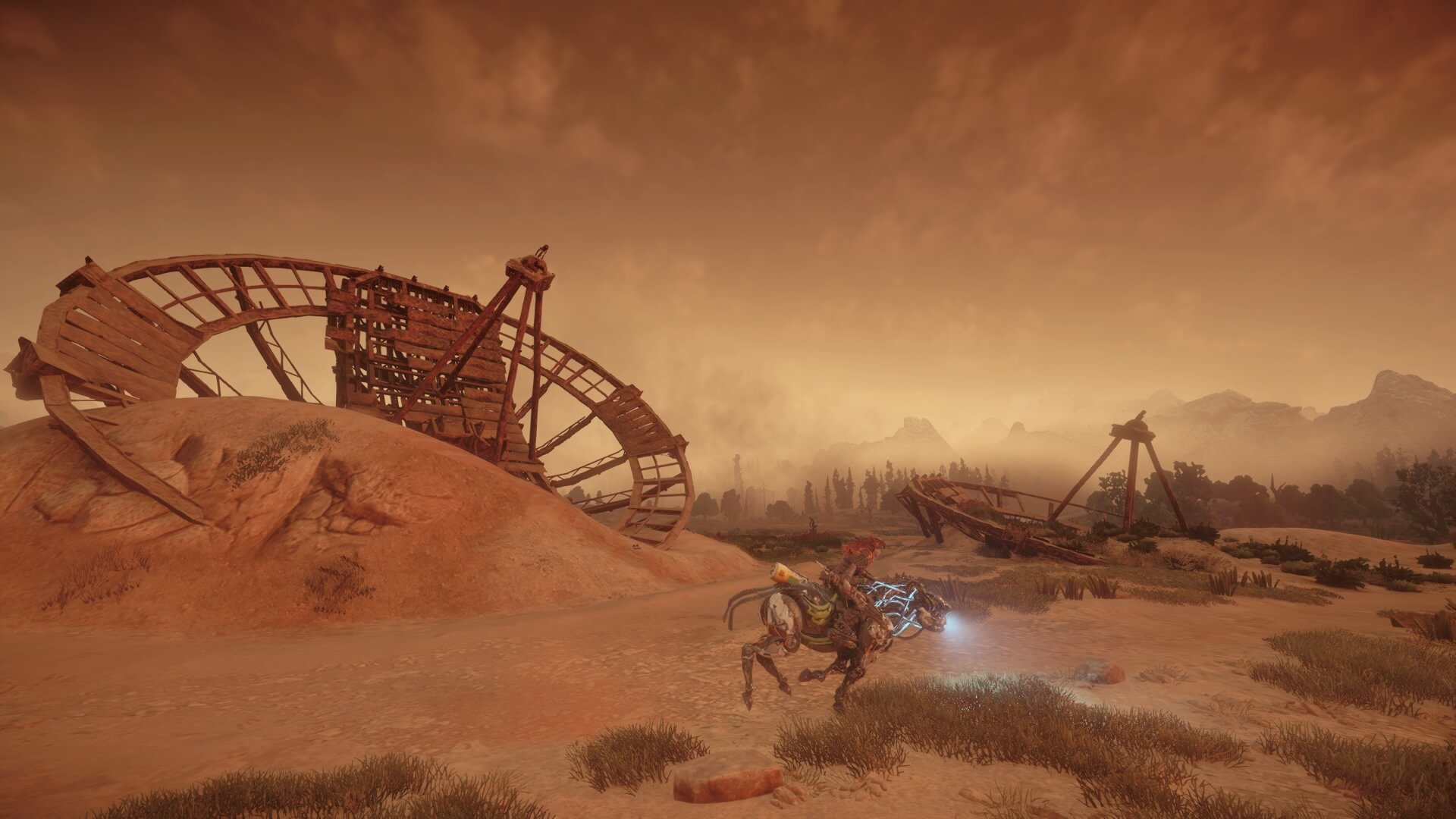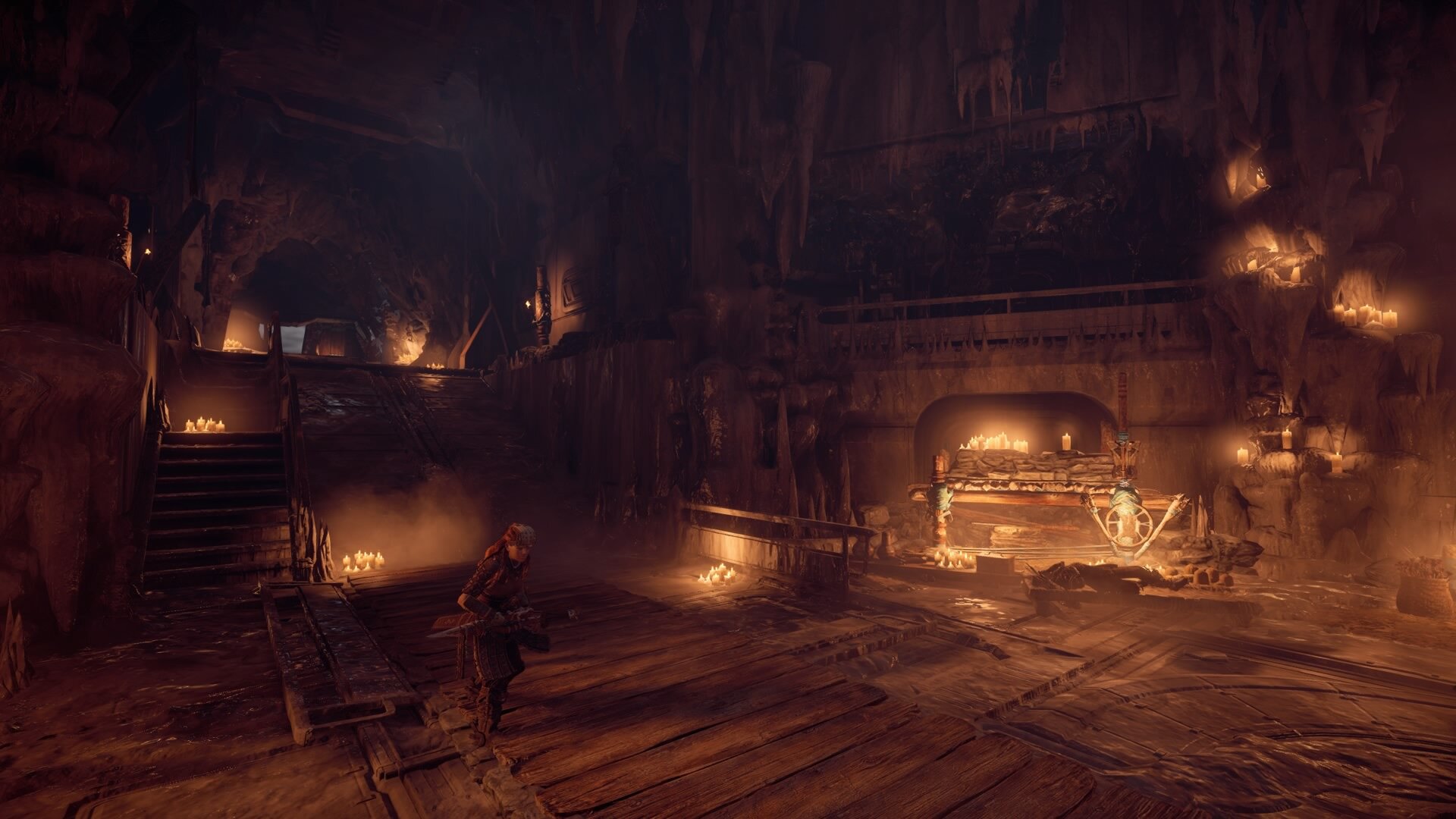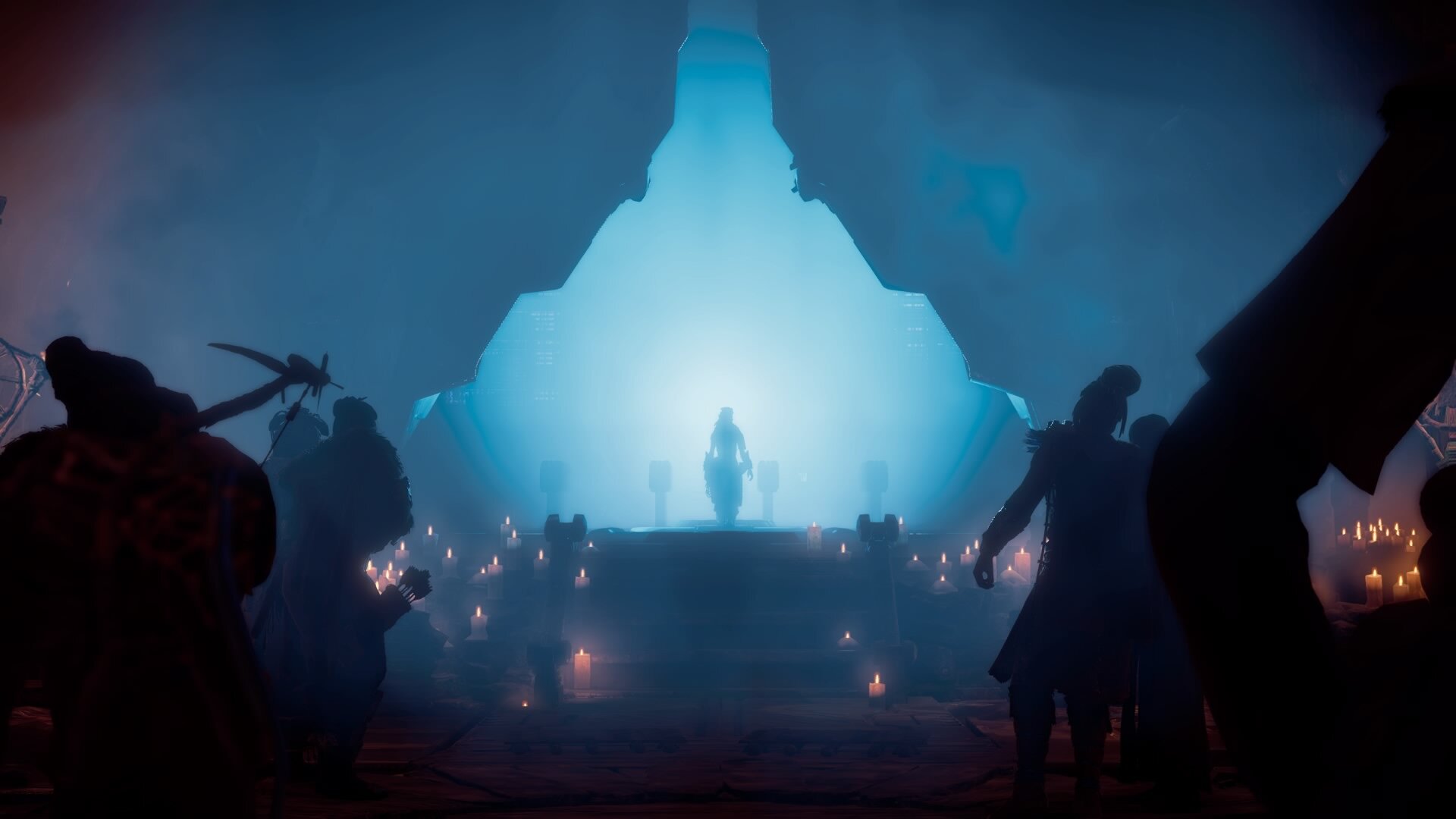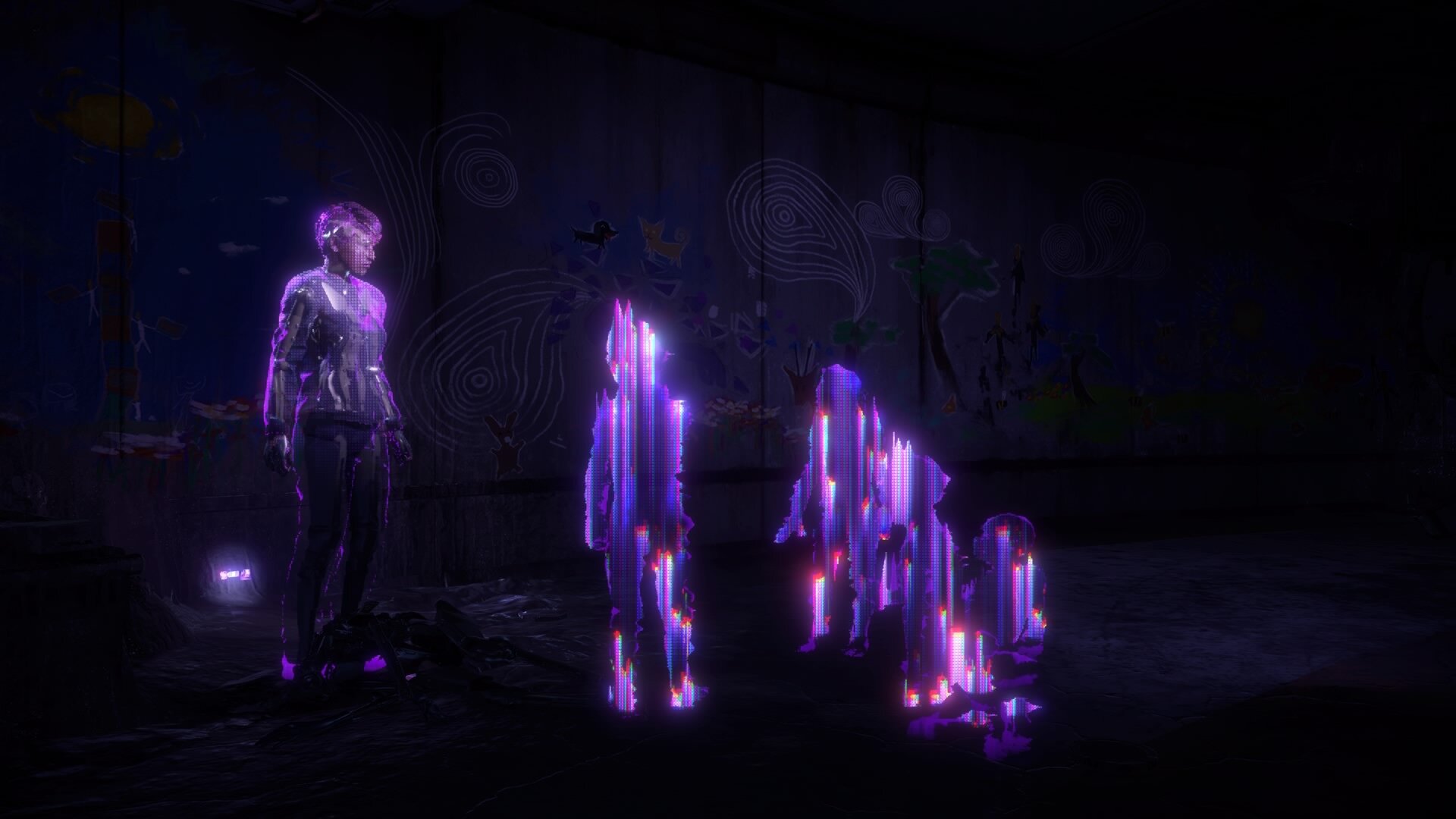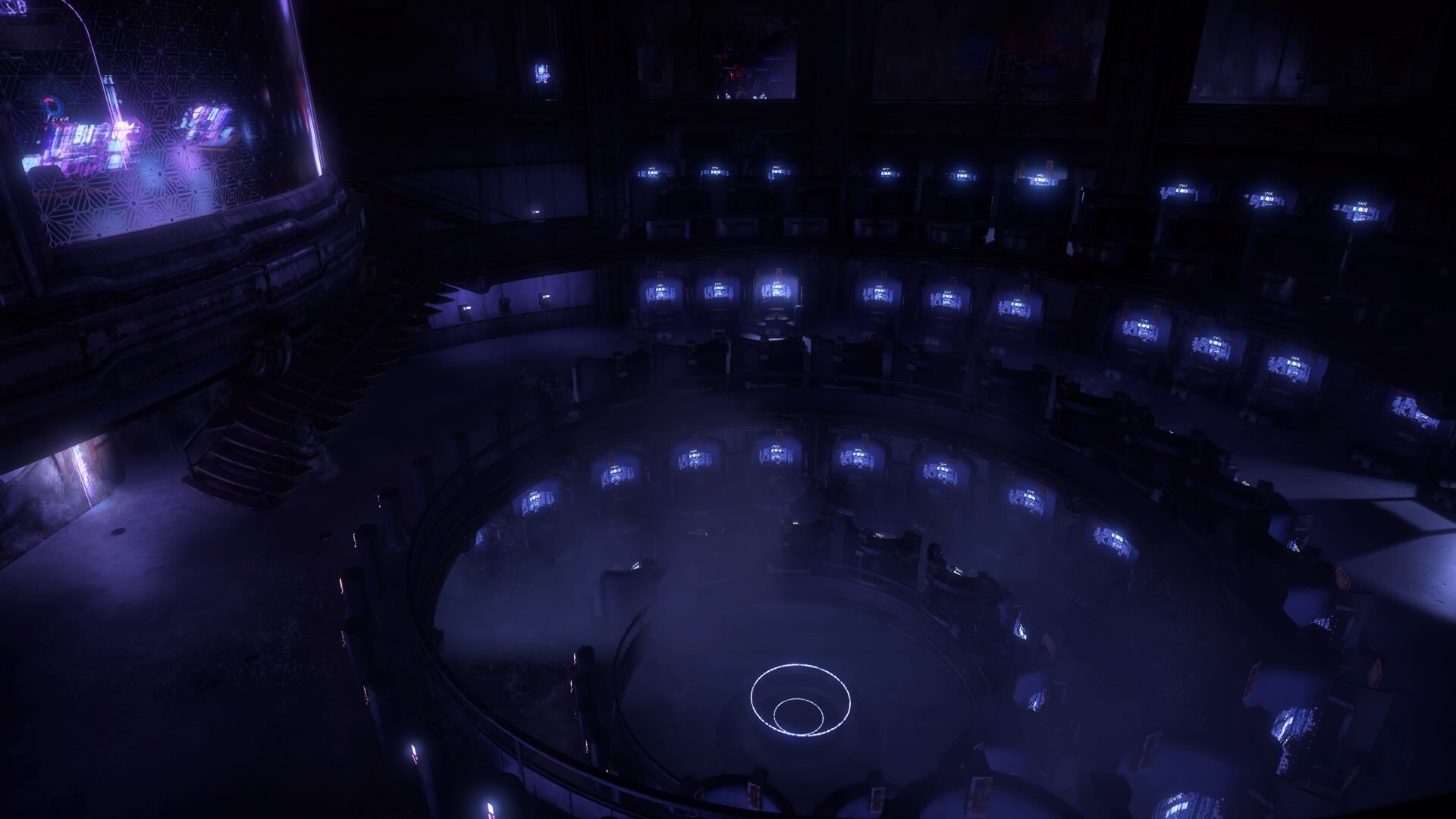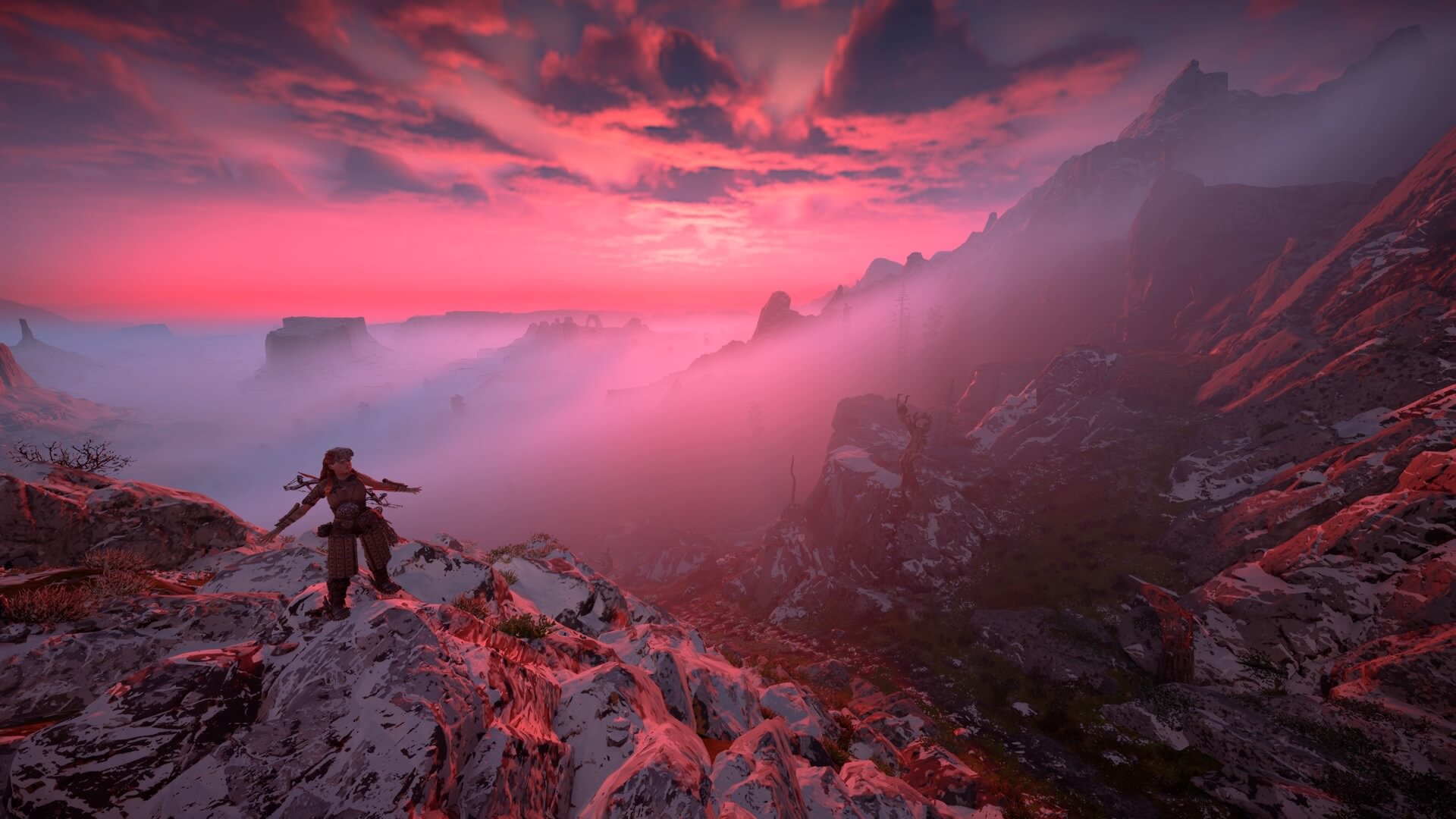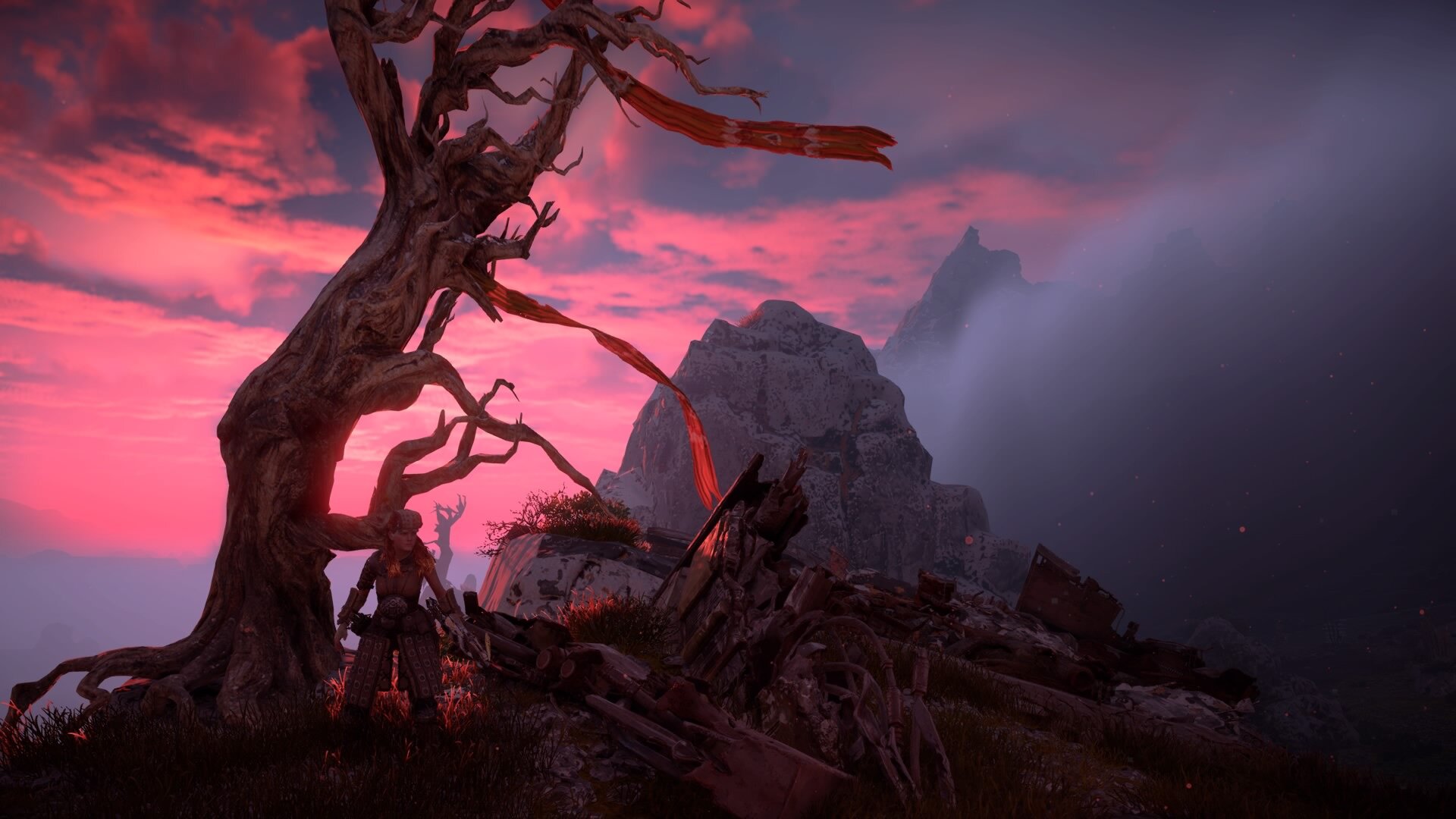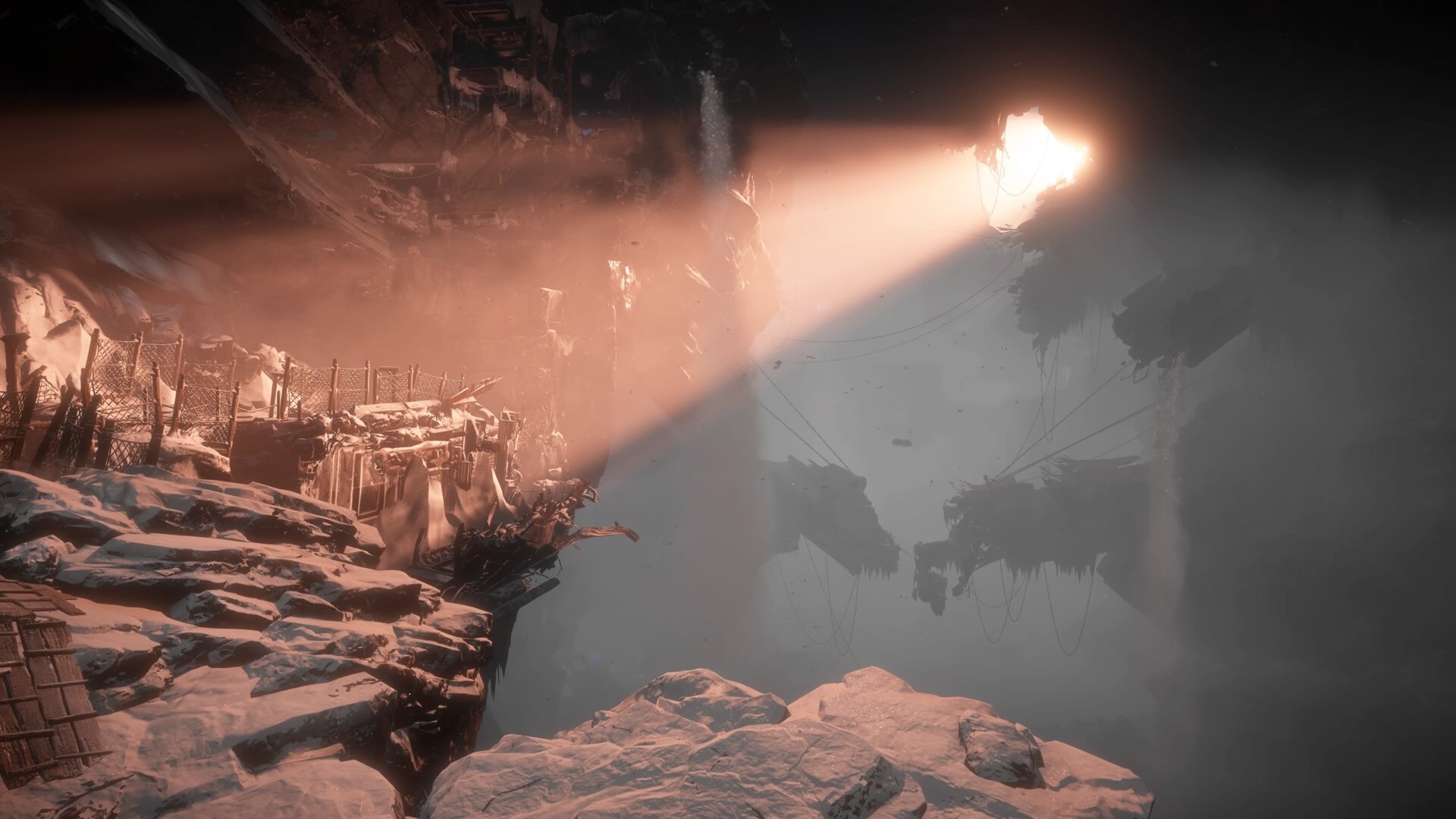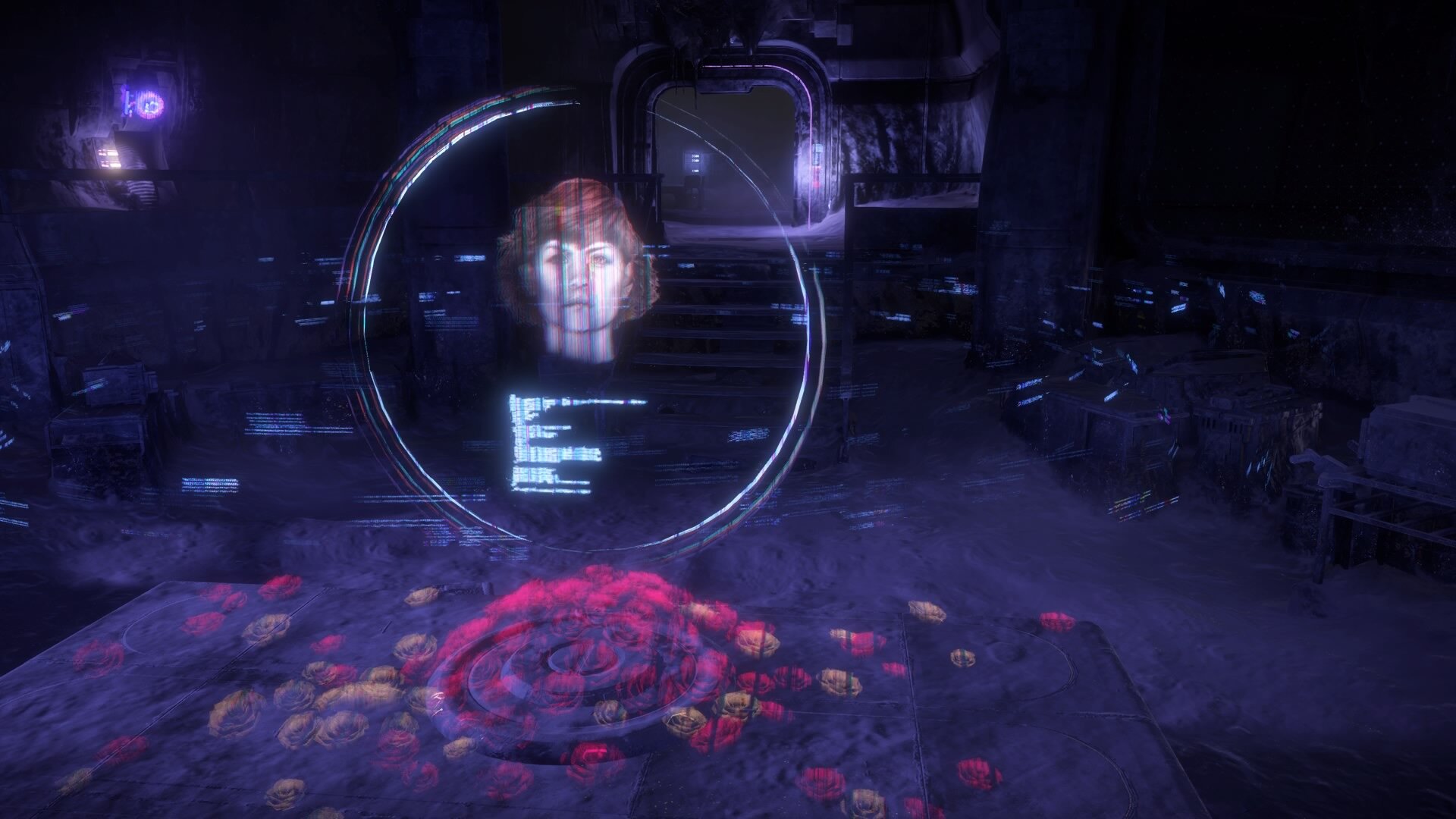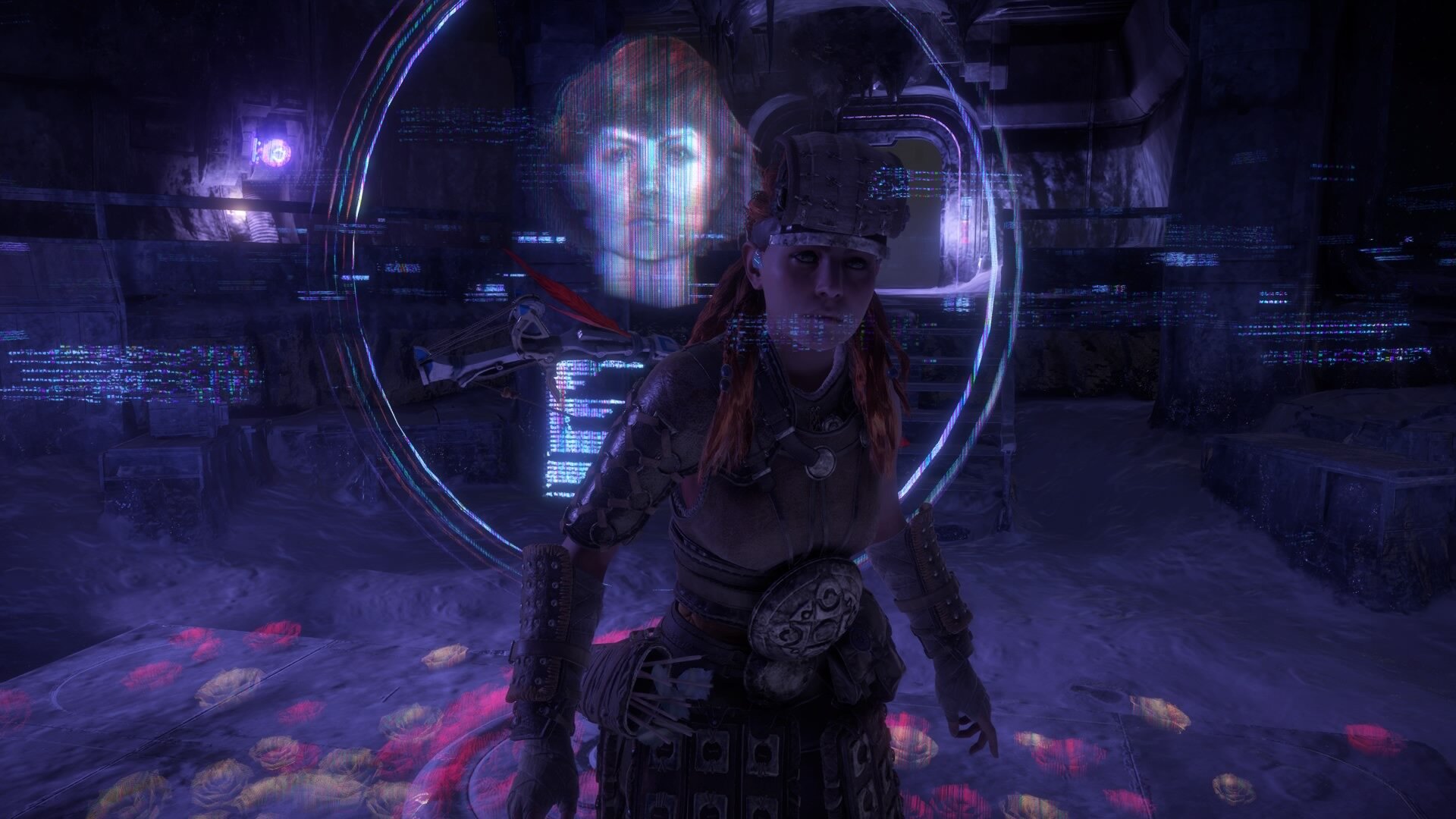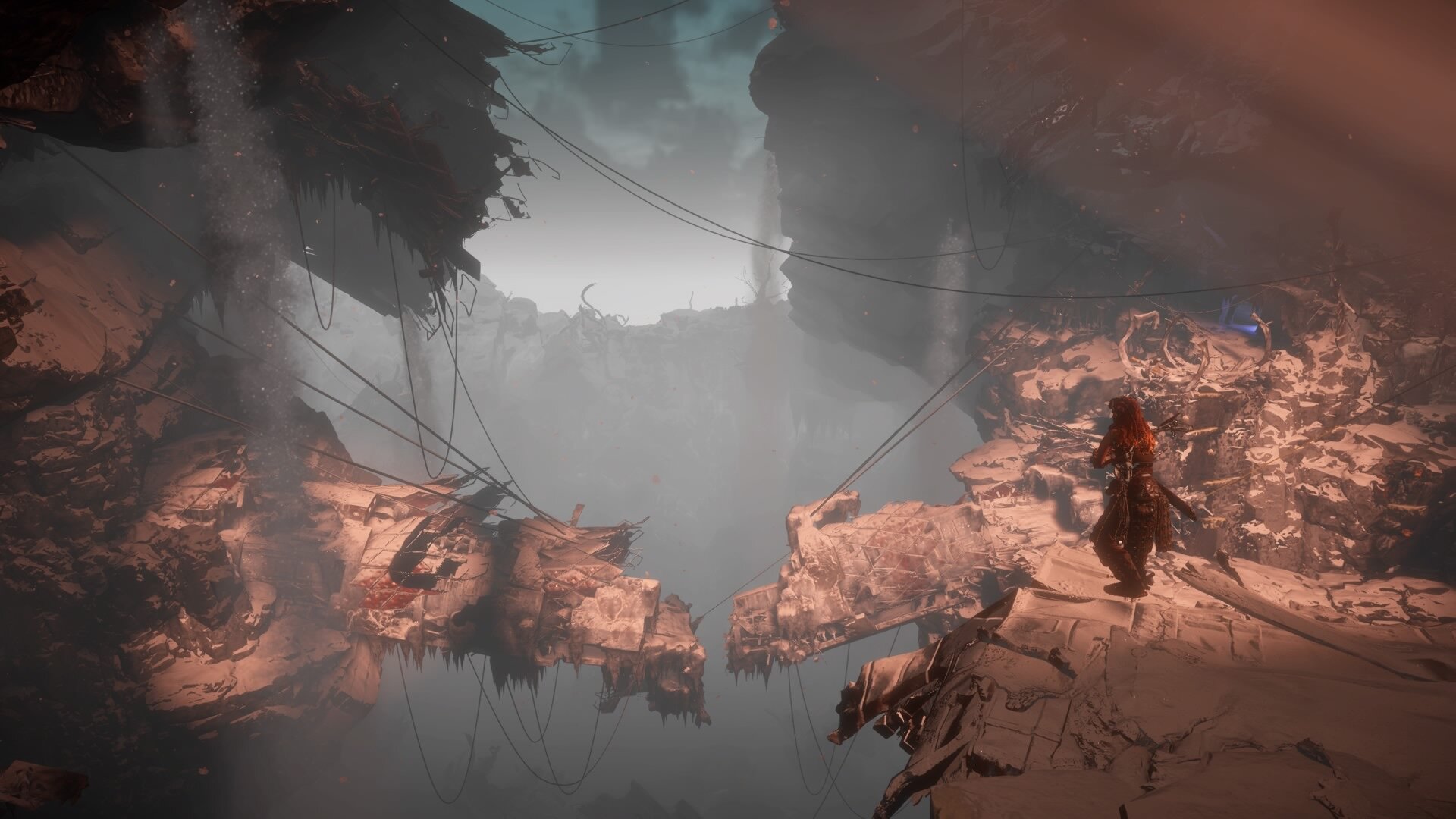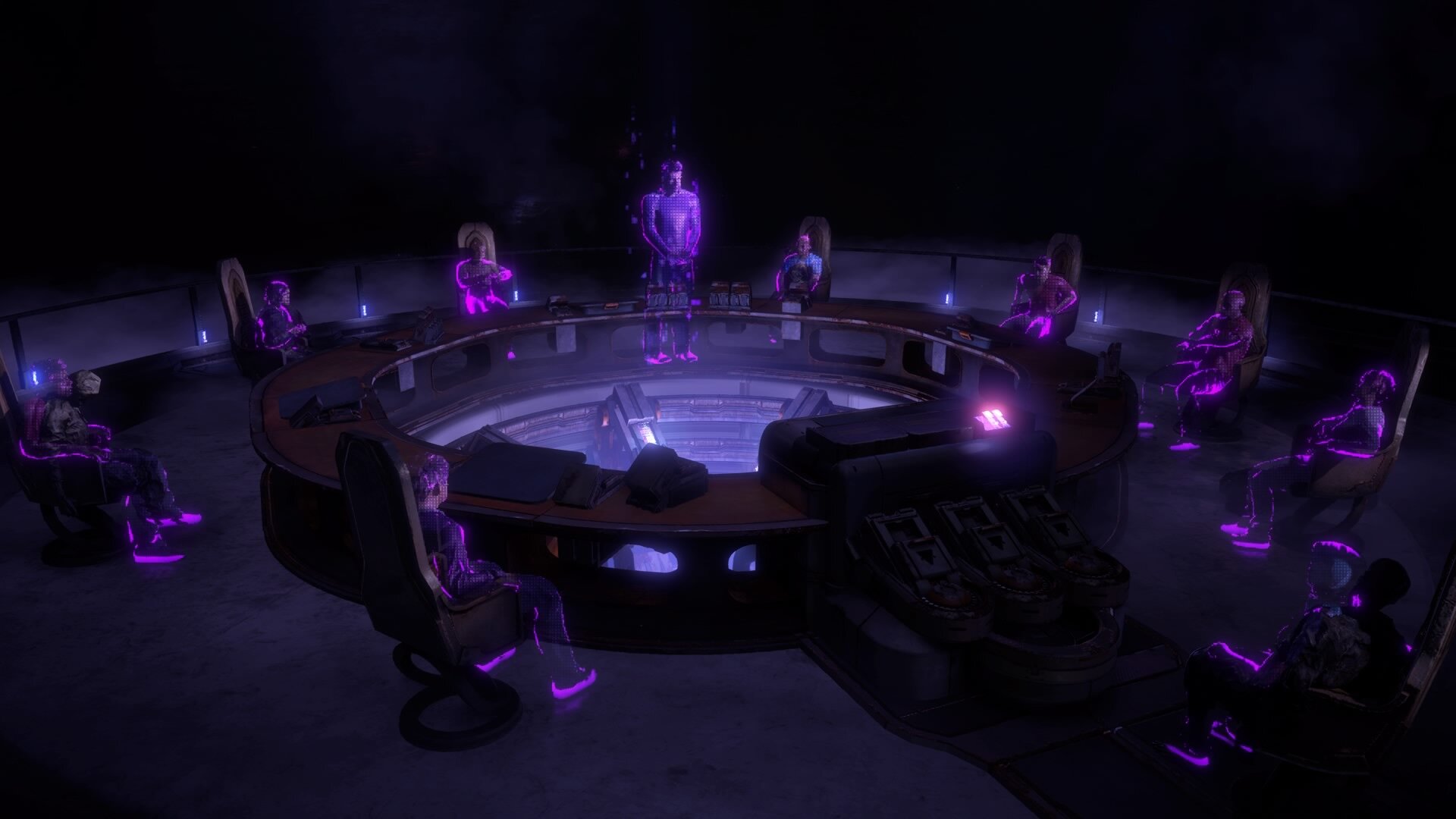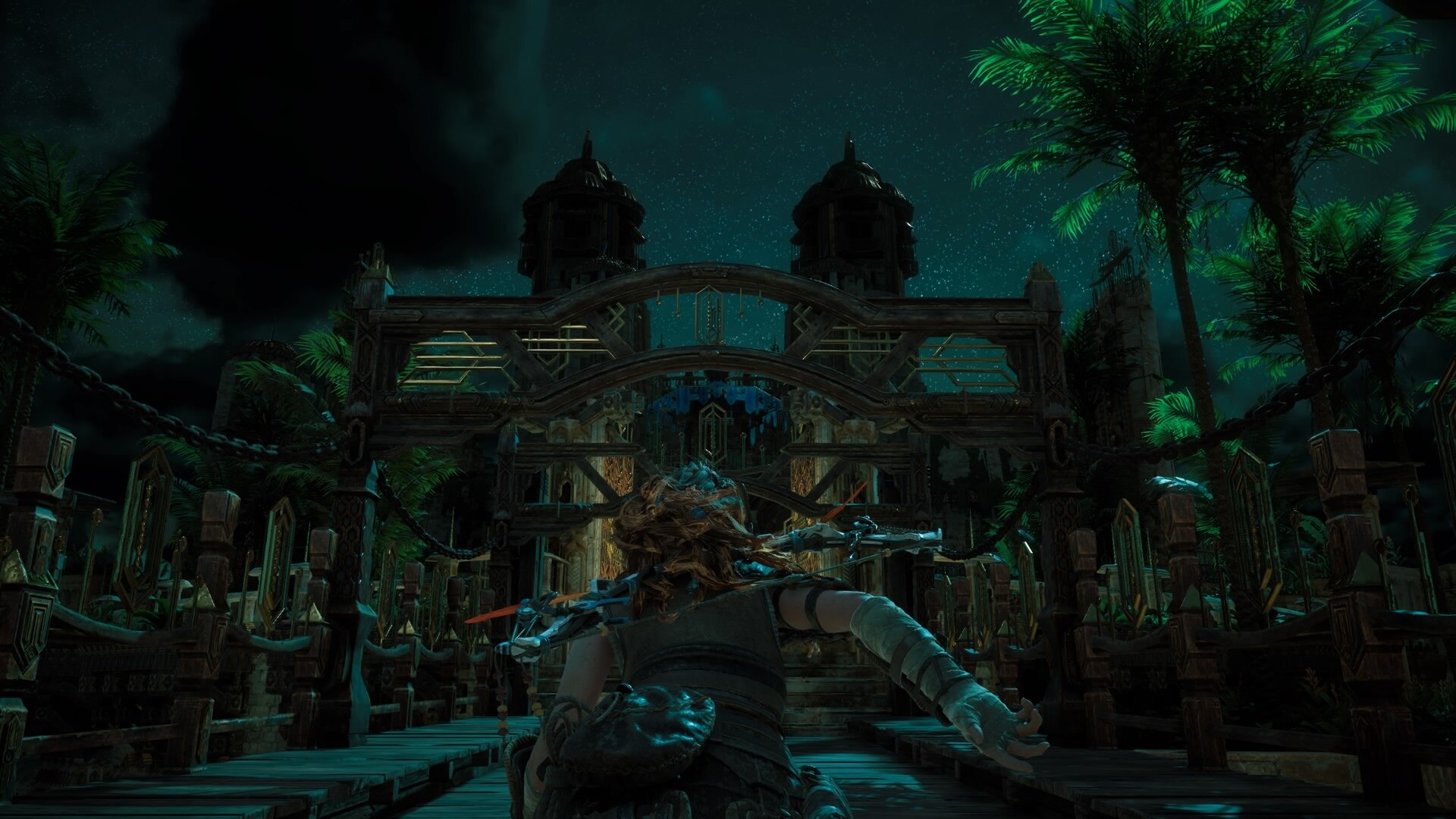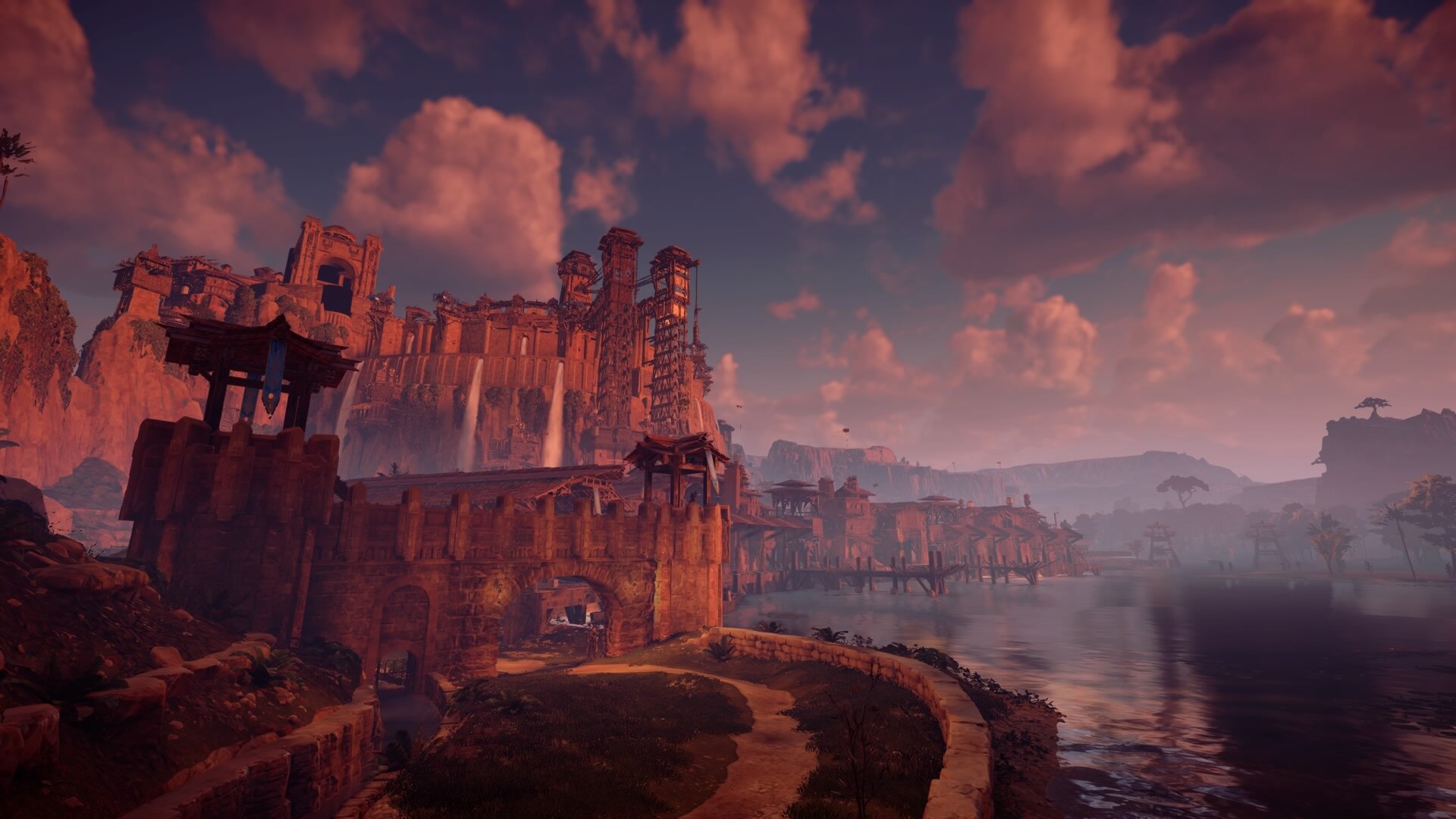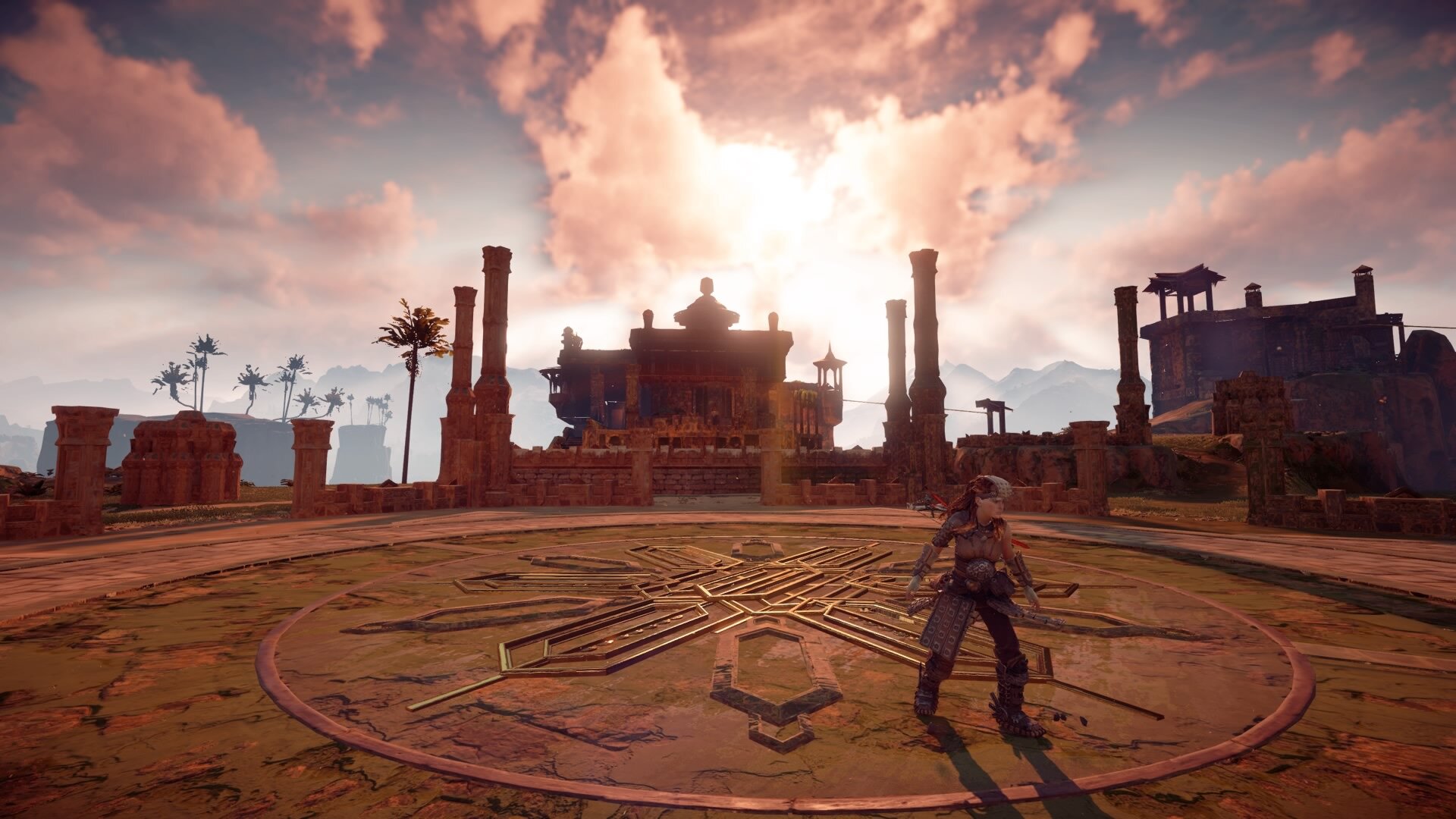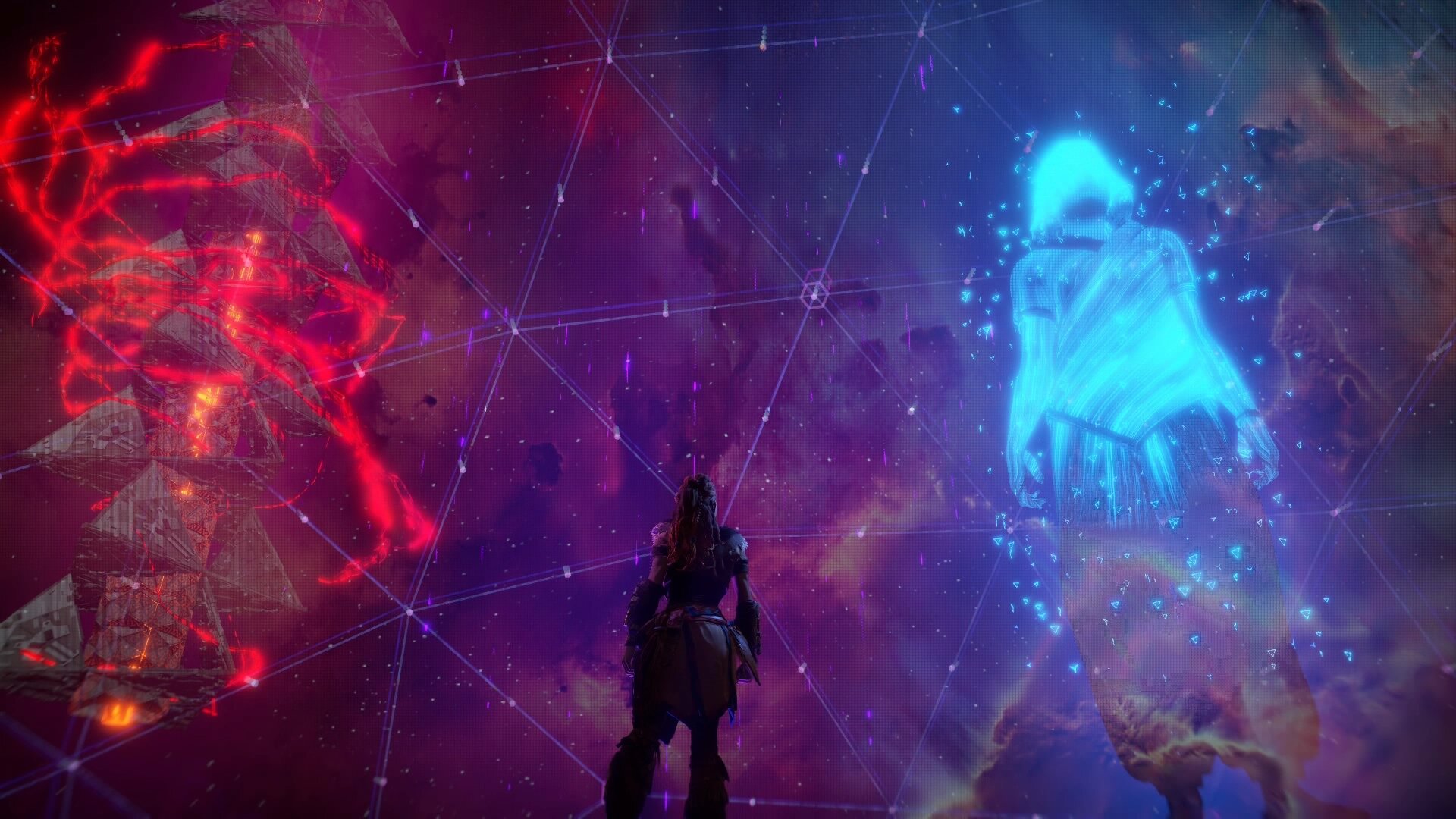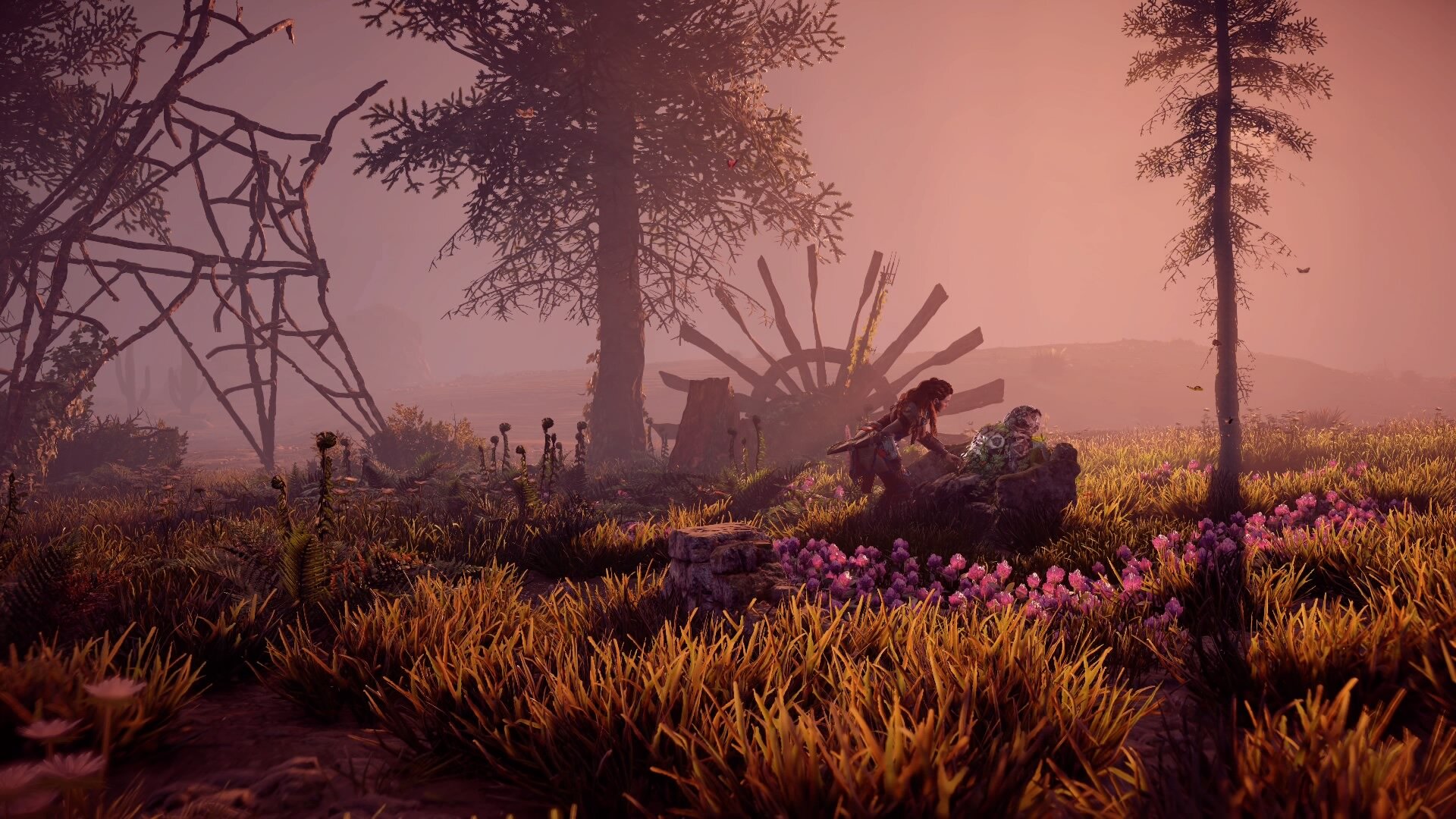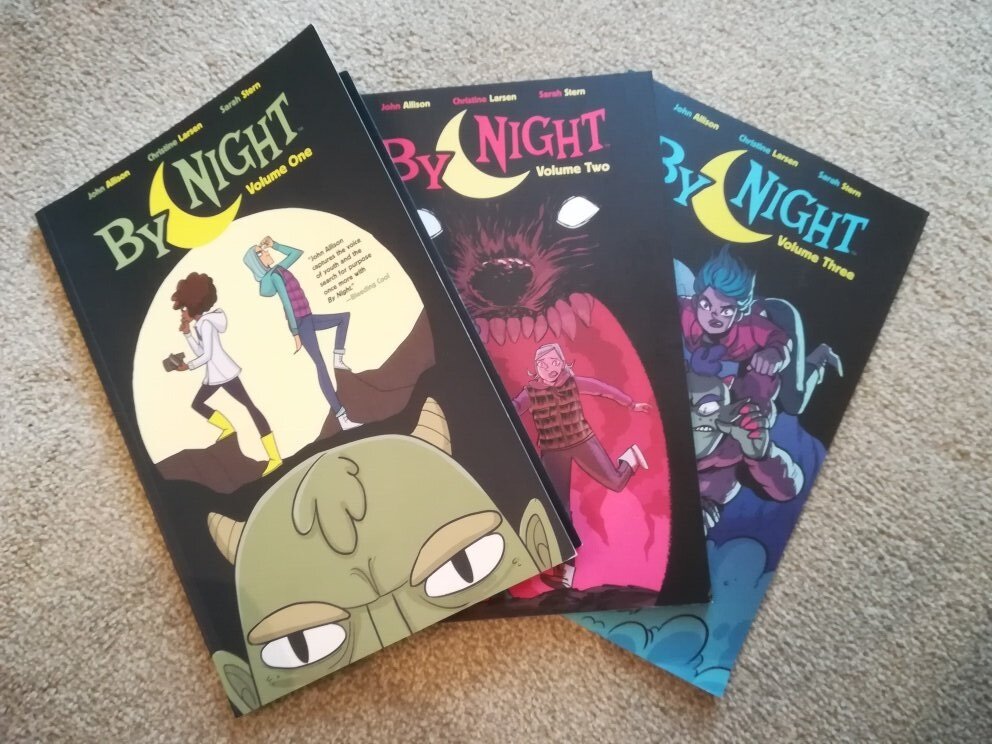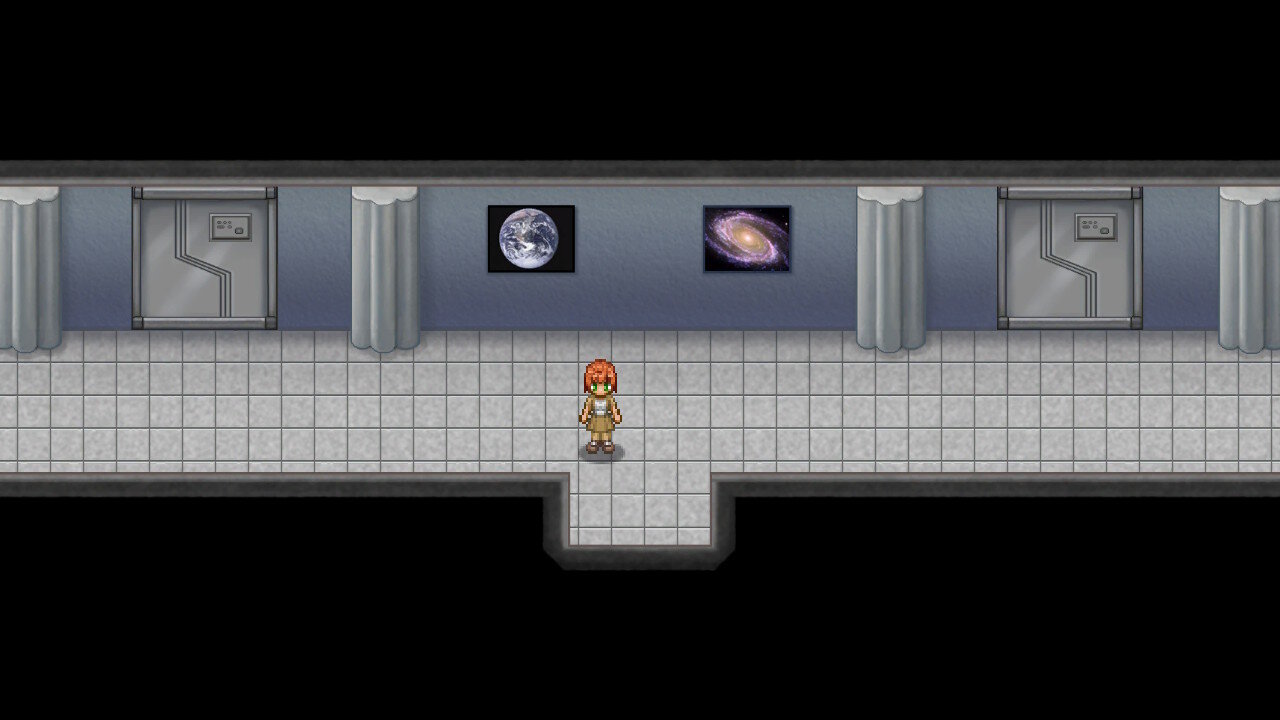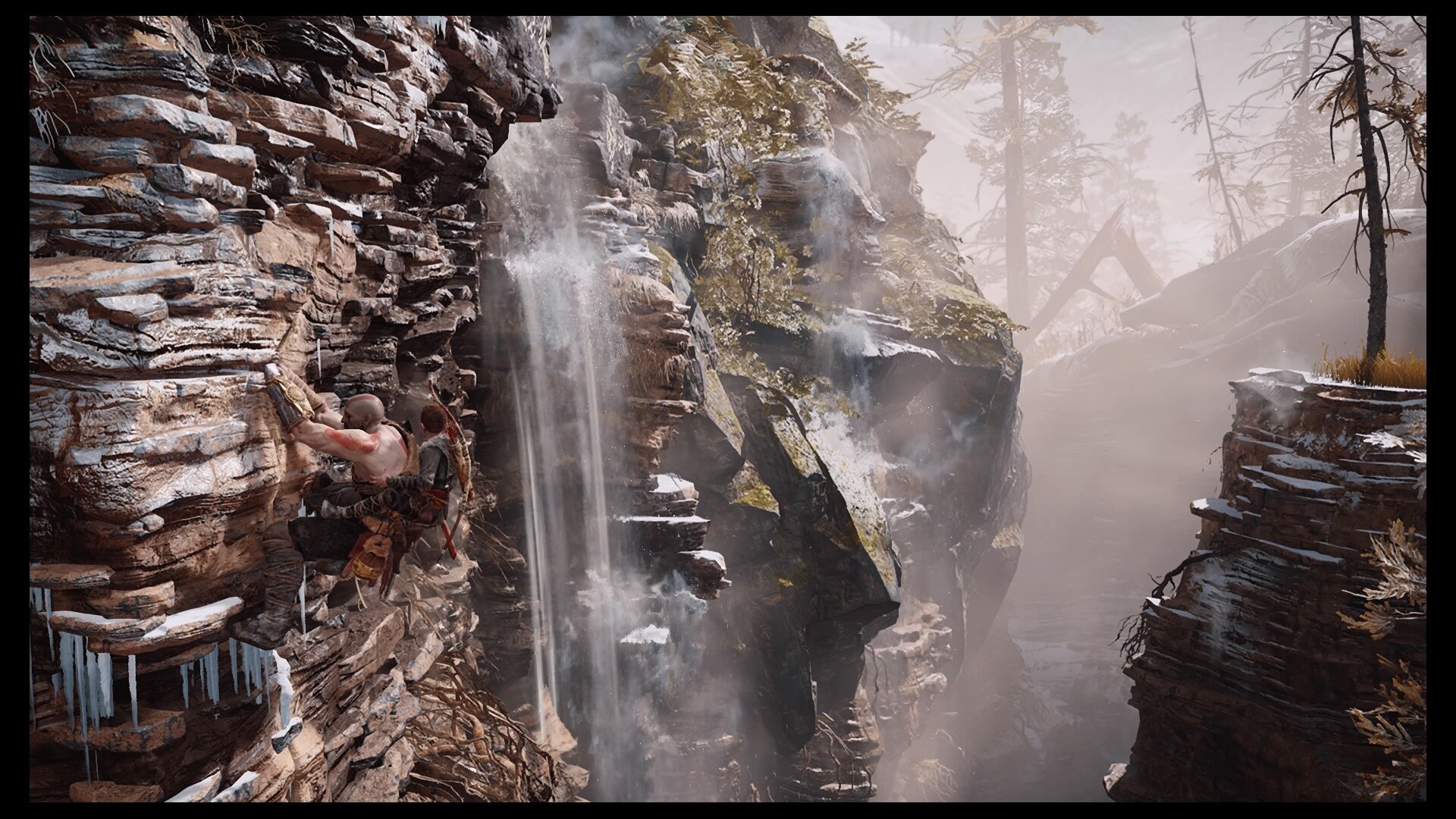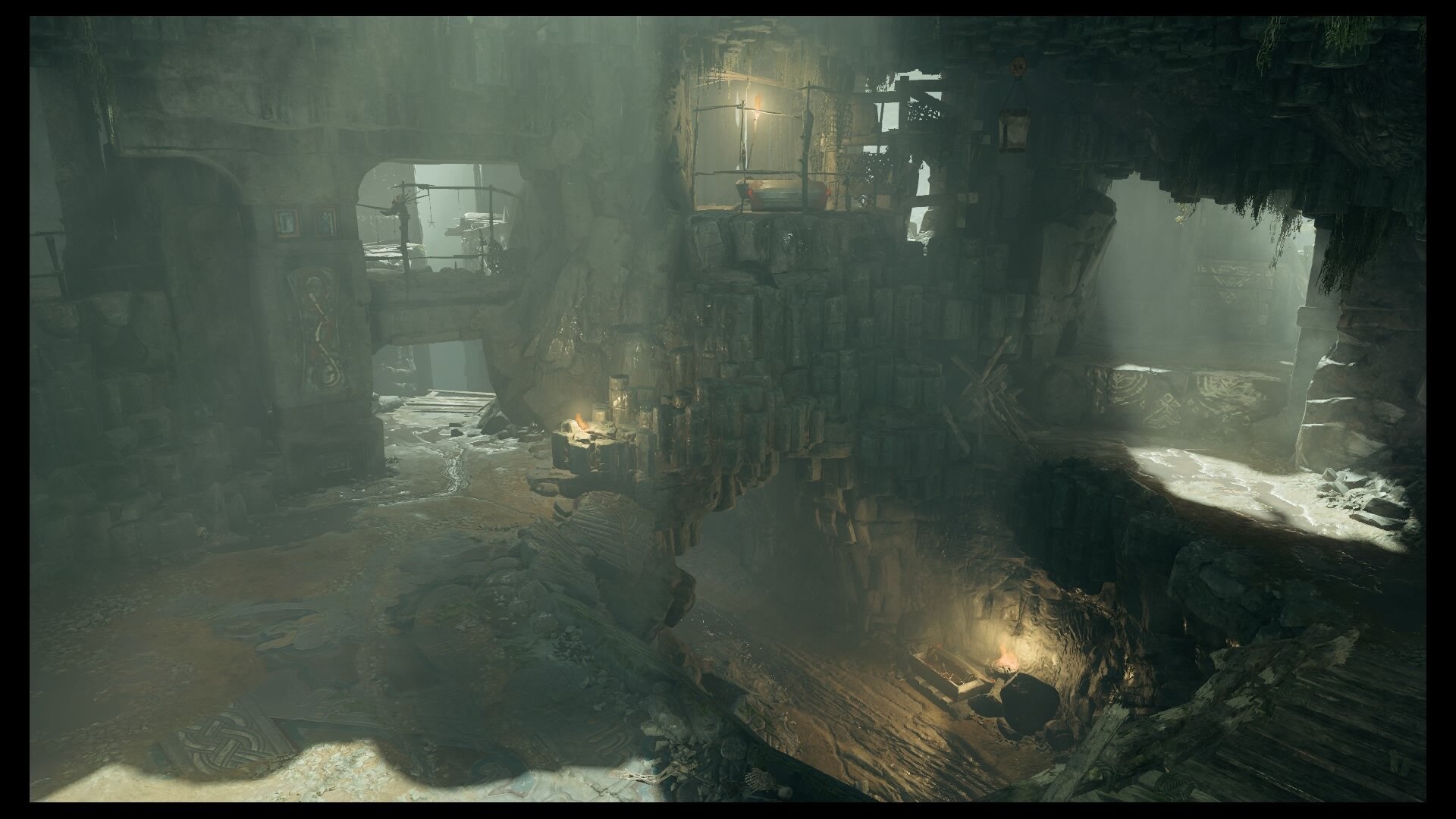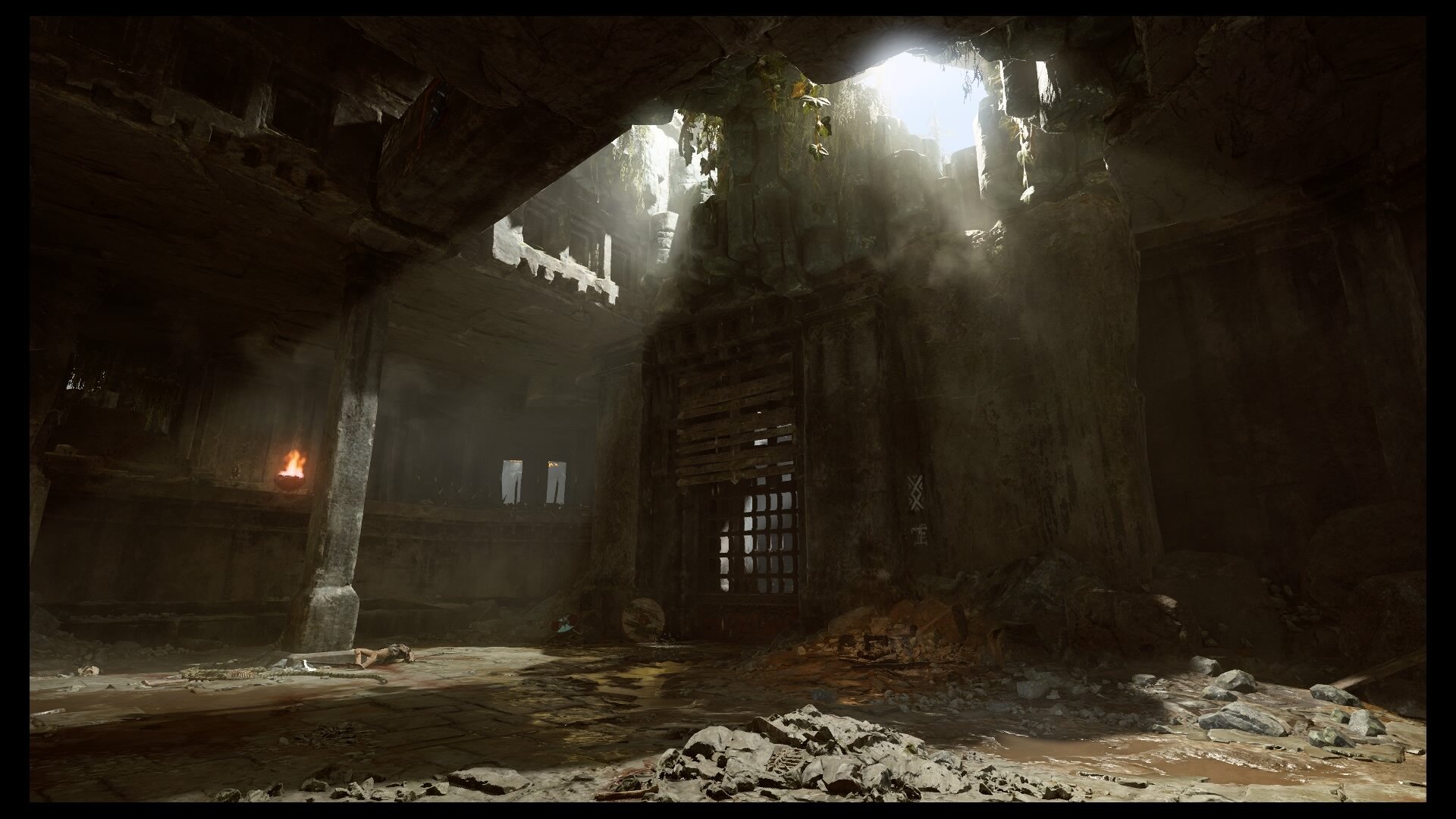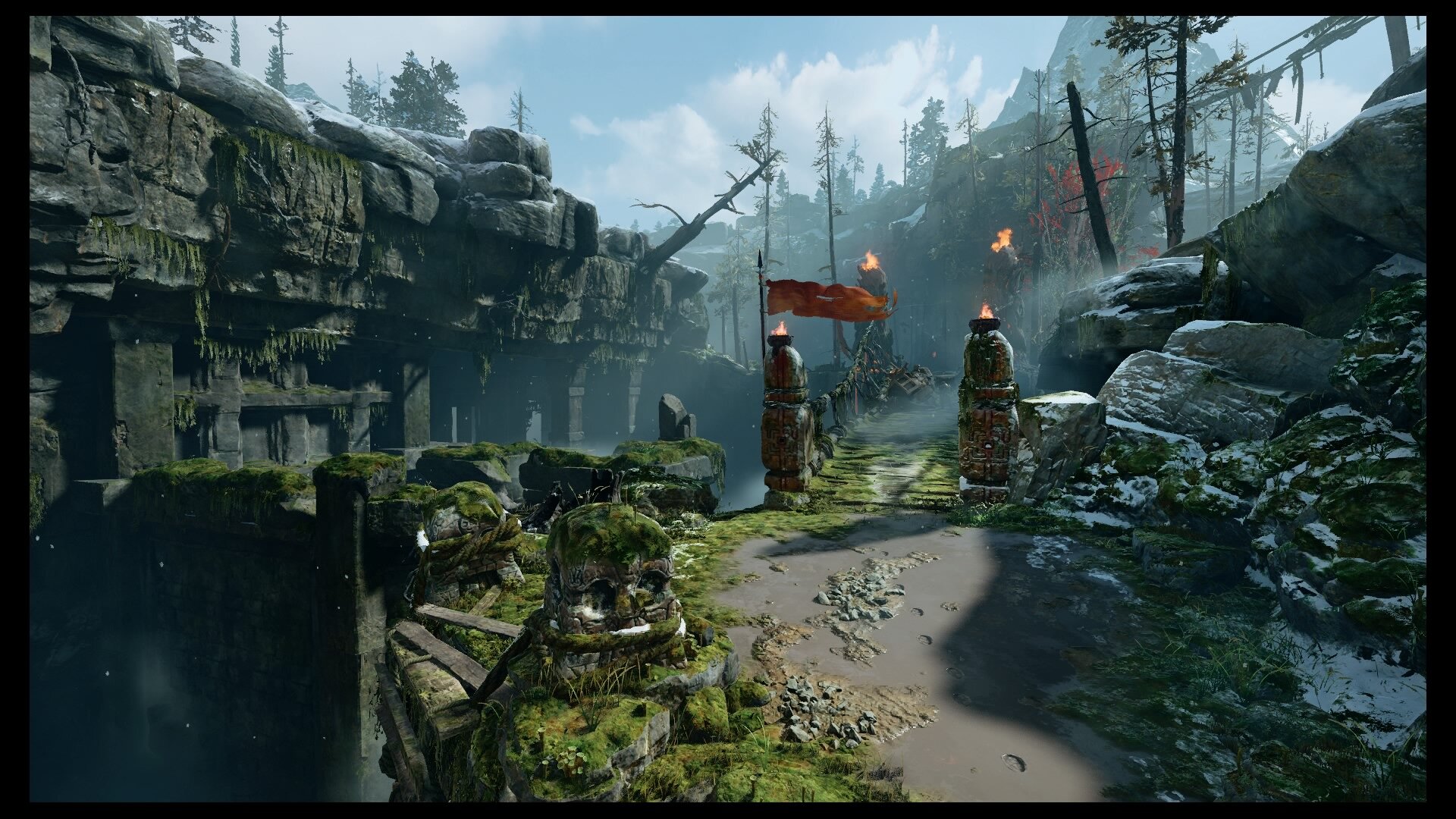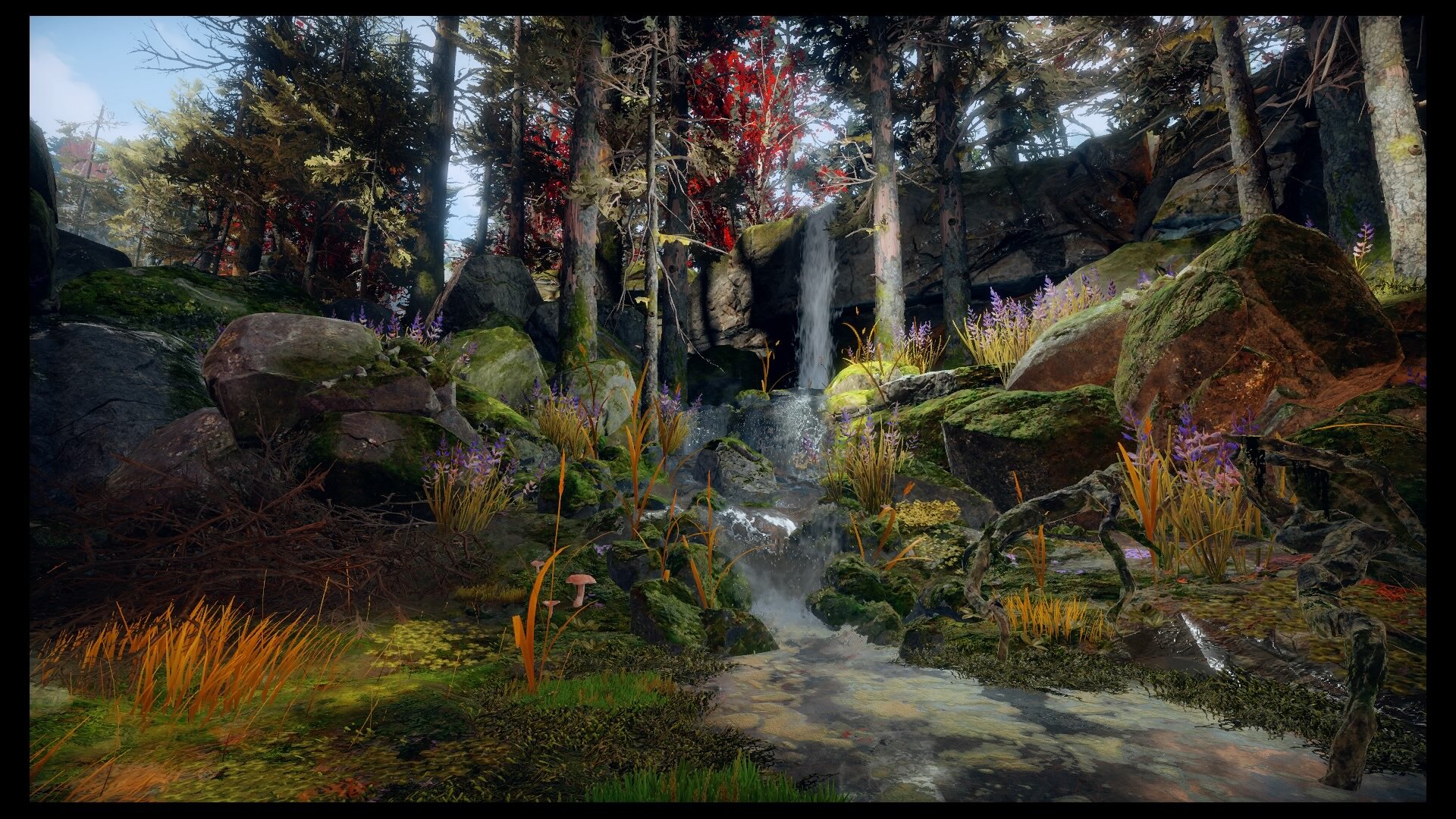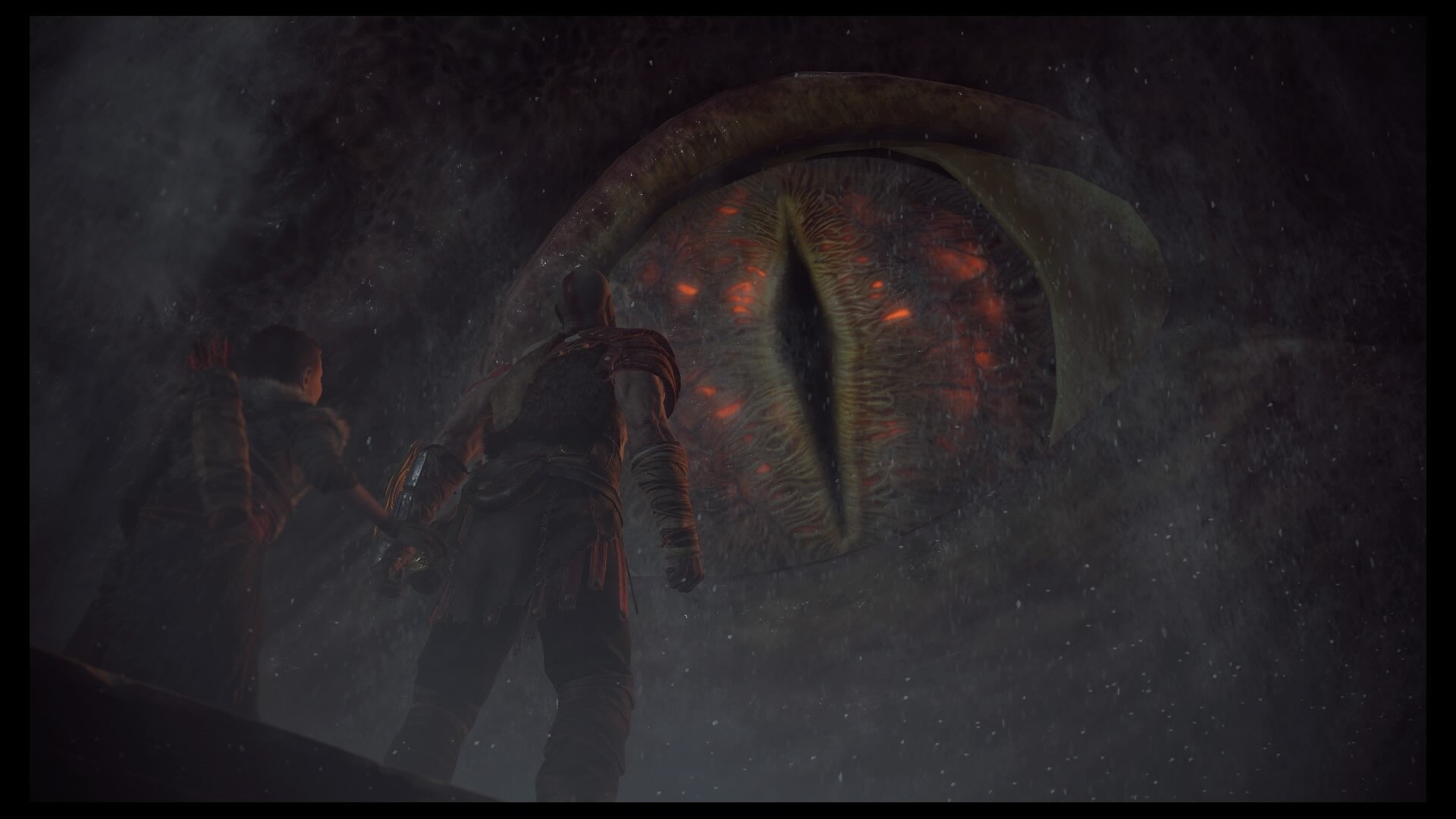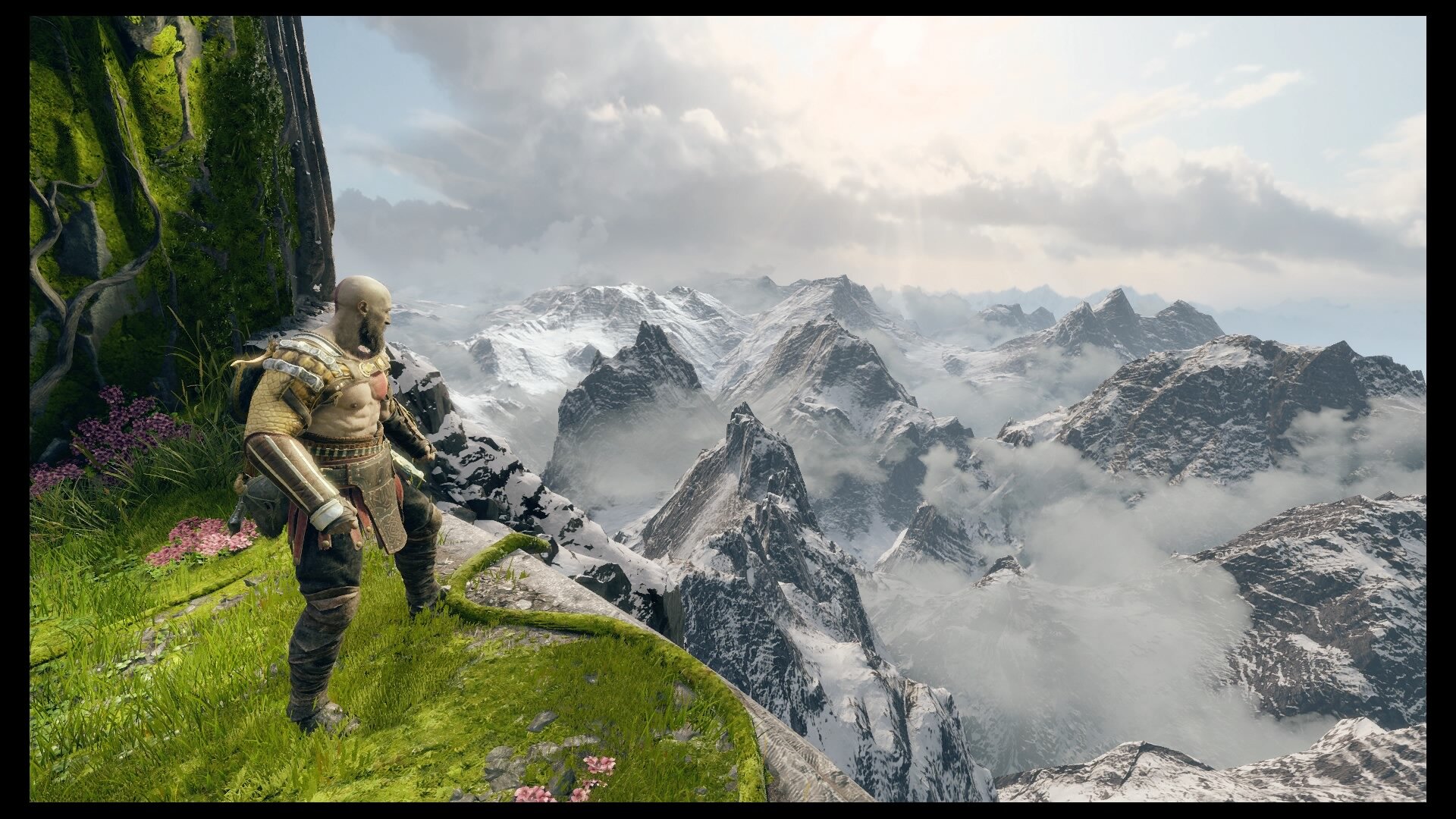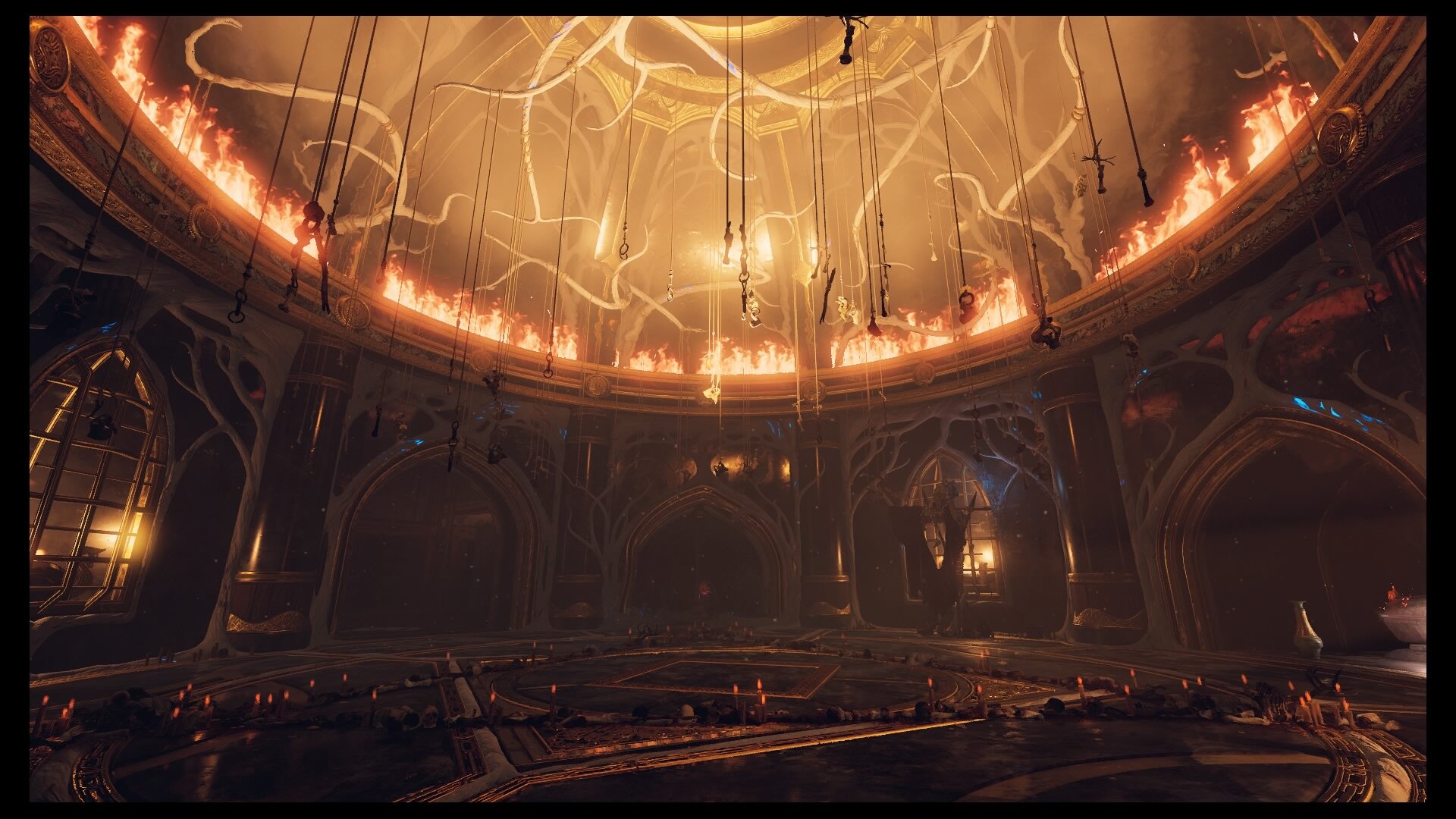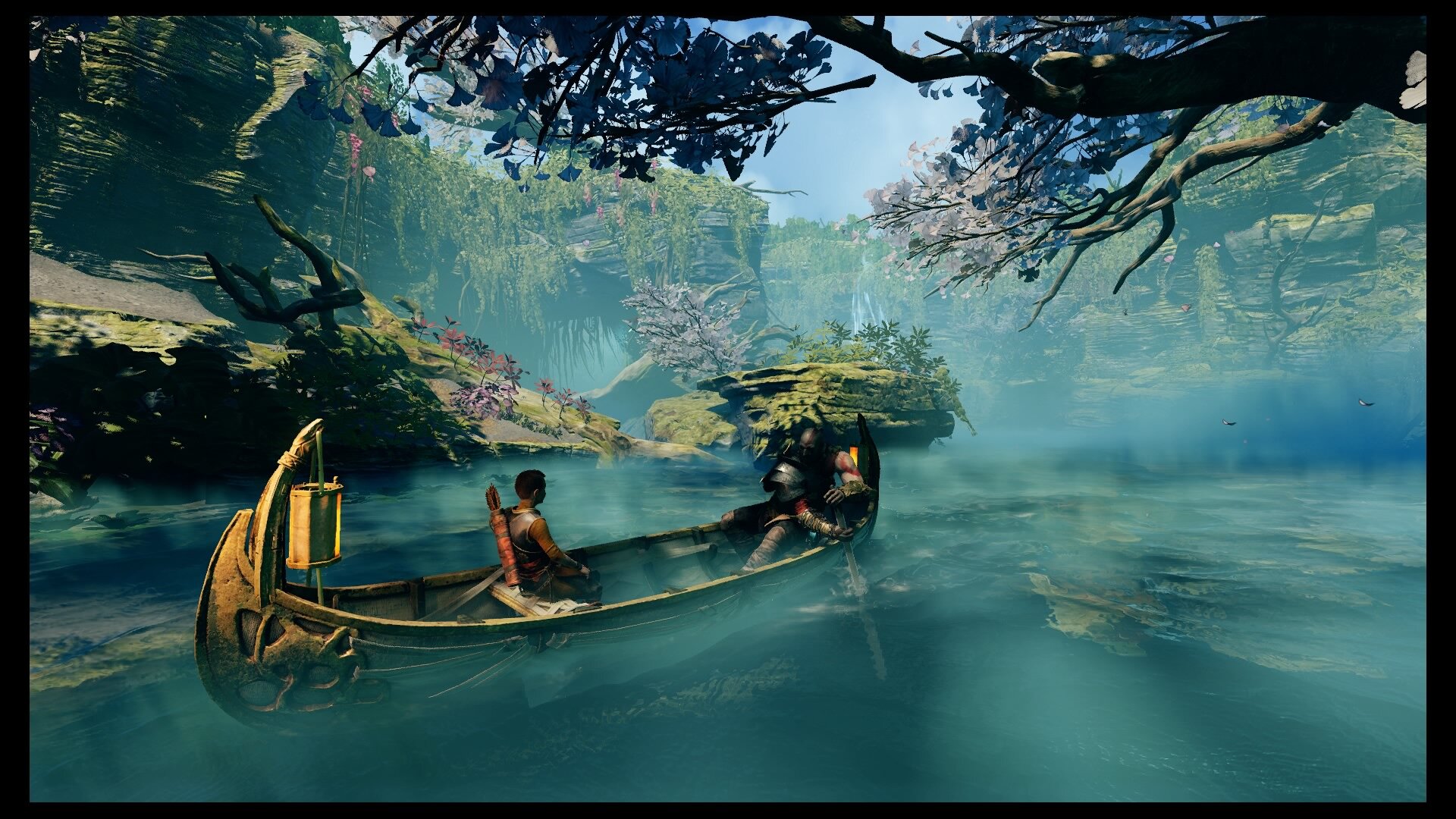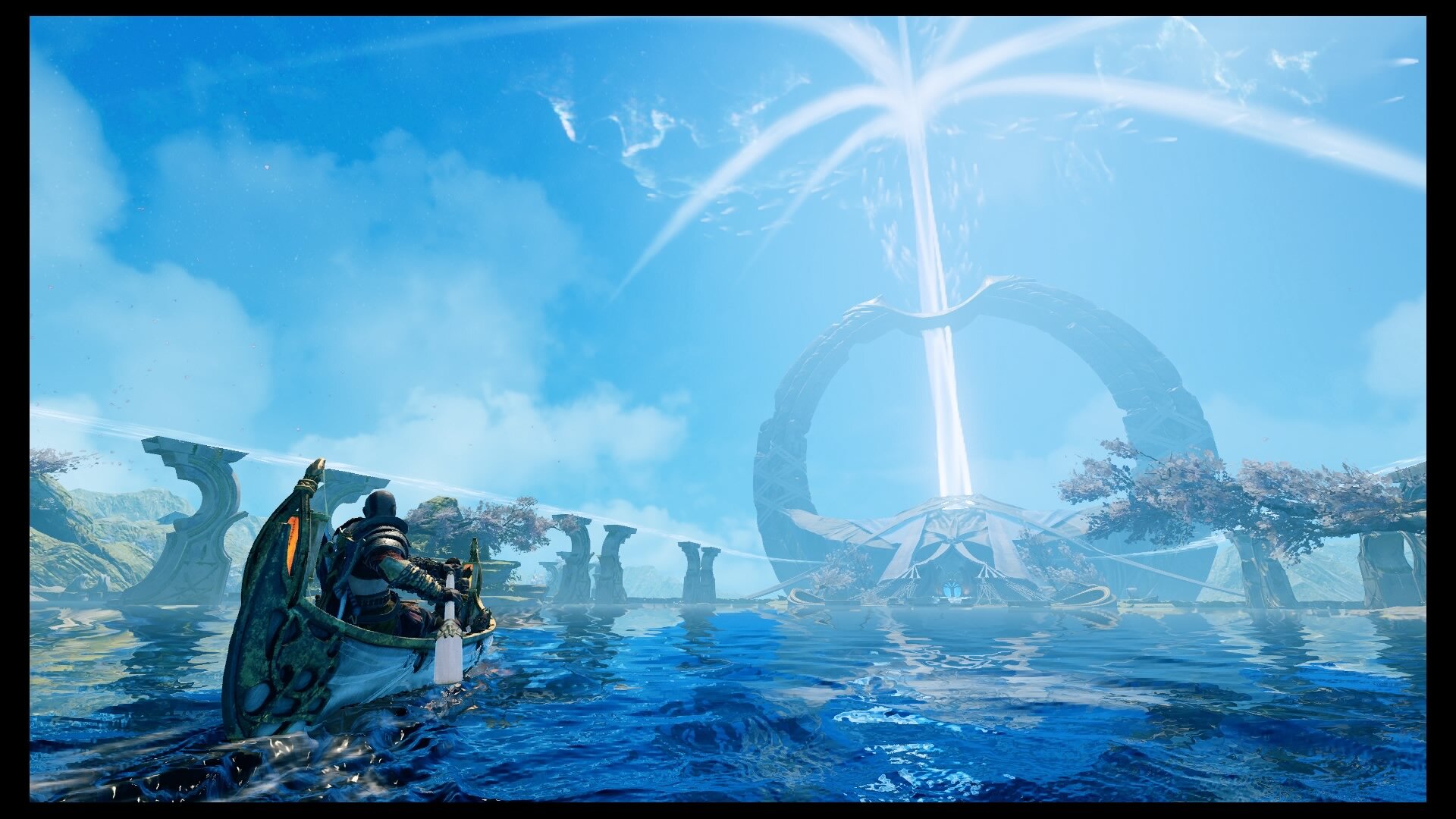Last Easter, Sky and Finish Channel YLE release of the first 13 Moominvalley episodes and I had an opportunity to enjoy the show with my family; my two young daughters and my wife. They knew the characters from the various items strewn around the house, the children's books and our visit to Moomin World in Finland but had never seen the show so this was exciting for them. They loved it but I thought the show was attractive enough but not remarkable. I felt at the time that whilst the lush vistas of Moominvalley and the crystal clear rivers and lakes were wonderfully realised in computer animation, there was something lost in translation as the texture and expressive lines that bring comic characters and the world were missing. However, over the past year my family and I have had many multiple viewings of the show and my appreciation and affection for the show has grown and I have grown to love it and judge it less harshly.
So, it was with much excitement and anticipation that my family and I waited for the second series to drop. We watched a couple of episodes a night, tucked into our blankets before our girls went to bed and loved it. I’ve written a short synopsis and my thoughts on the episodes below:
Moomin's Winter Follies
When a winter sport athlete and showoff, Mr. Brisk, challenges Moomintroll to a skiing competition, Moomintroll learns to ski to win the affections of Snorkmaiden. Not all goes as planned though...
This is a great episode as it links to season 1's Midwinter Ancestor episode as Moomintroll's success is undermined by an outsider mooching in on his neighbour’s hut (That’s a Simpsons reference btw)
The Fire Spirit
When a volcano is about to erupt, Moomintroll sets out on a rescue mission to find Snufkin. Along the way they find a Fire Spirit and set to take her back home at the mouth of the volcano.
This episode is particularly beautiful and reminds me of LOTR as they ascend the slopes of the volcano. The orangey redy glow is stunning to watch on the big screen as the choral music come in. This is a visually splendid episode and the artistry is spectacular. In fact, I’d go so far as to say that this is the standout episode of the series.
Moominpappa and Son
After the Fillijonk accuses Moominpappa of being a layabout wastrel, he sets out to find a new career path. Moominmamma gets in on the act and soon the carefree life is changed in the Moomin household.
This is a sweet episode as it shows what is important in life and makes one think how we measure success.
Little My Moves Out
After losing his temper with Little My, Moomintroll gets Mymble to take her daughter back. However, he realises that Little My is a true friend and looks to make amends and sets off to get her back.
This is a cute episode as it looks at the nature of friendship and how the people who know you best may speak truths that you don’t want to but need to hear.
The Strange Case of Mrs. Fillyjonk
After Mrs. Fillyjonk goes missing, Moominmamma is accused and sent to prison. Moominpappa takes it in himself to clear her name and find the culprit, but can he?
This is a character study as we learn a little more about Moominmamma before she married Moominpappa and the usually irascible Mrs. Fillyjonk.
The Hobgoblin's Hat
When Moomintroll and friends go hiking they find a mysterious hat. When the hat starts to cause trouble they decide to find out who it belongs to, including a Myroomian stranger who may have done Moomintroll harm…
This heartwarming episode recognises how, no matter how you change, your loved ones will always recognise you.
Thingumy and Bob
When 2 young strays are taken in by the Moomins all seems fine, but the visitors guard a secret contained within the suitcase. When things go missing a secret is unearthed.
I liked this episode as it is linked to the larger story from the previous 2 episodes and also shows the Moomins taking in young innocents.
The Trial
After finding the secret of the suitcase there is a trial to see who the rare item belongs to. The Groke and Thingumy and Bob both lay claim to the rare object and it is a tough decision to see which way the jury will go. When a deus ex machina comes into the valley, bringing calamity the intrinsic value of things is questioned.
This is a lovely episode about honesty and integrity as the Moomin characters role play as a court. The ending is very sweet as Sniff undergoes a profound transformation.
Farewell Snorkmaiden
As Autumn begins in the valley, Moominpappa starts to feel a sense of ennui. He decides to take the family to an isolated island which houses a mysterious lighthouse where he, and his family, can 'find themselves'. Moomintroll is naturally upset to be saying goodbye to Snorkmaiden but then decides to move in with her. Moominmamma struggles with cutting the apron strings but can Moomintroll be able to say goodbye to his family.
It's a heartfelt episode about saying goodbye to loved ones and forging your own path during times of uncertainty. This episode and the next are based on the book 'Moominpappa at Sea', which I am currently halfway through reading.
Mooominpappa's Island
The Moomin family end up on a mysterious island and explore their new home. They find an abandoned lighthouse and set to work to make it light once again, but can they?
This is a wonderful exploration about a family going on a journey to help a loved one who is undergoing an existential crisis. This is a wonderful study of depression and fulfilling ones dreams.
Moominmamma's Mural
Whilst the family settle into island life, Moominmamma struggles with finding her place in the lighthouse and aims to make it more homely. She starts to paint a mural and this transports her back to Moominvalley, but can she be happy in the past or does she have to embrace the future.
This is a profound episode about following your dreams and not living in the past. It's quite an emotional journey and captures the feeling of depression and sadness well, quite an achievement for a kids show.
Moomintroll and the Sea Horses
Moomintroll tries to return the horse shoe to its rightful owner but she is flighty and unkind, exactly Moomintroll's type! Meanwhile we finally find out what happened to the light housekeeper, just as a storm and the Groke hit the island.
This is a stunningly animated episode, particularly where Moomintroll and the Seahorse frolic in the starlit reflected waters. Also I like the message of self discovery and growth, it's an important message to share.
November
The residents of Moominvalley meet up and reminisce about the Moomin family, realising how missed they are. The Moomins do not even show up in this episode!
It's a deep episode about the impact that people can have on a community and the idea that you may have a profound effect on people around you without realising it. I loved that this was the final episode of the series as it was full of heart and the message that we are all part of a social fabric is much needed in these difficult times.
I really loved this series as it is a slow, meditative half hour of animation that is a tonic in this golden age of media. With the hyper-kinetic energy of other shows often being an assault on the sense, Moominvalley is a slow paced oasis of calm. It is a sweet and wonderful show that can be enjoyed by all the family. Overall, the show isn't going to set the world alight but it has interesting stories to tell which are heartfelt and gently affecting. The fact that they spent about 5 episodes on the ‘Moominpappa at Sea’ storyline- which tackled deep themes such as depression, ennui, dealing with loss and change- is excellent as it makes these uniquely human feelings more palatable to approach with your children. I did find that as a family we talked about these issues but in a child friendly way. Also I gained some more street wisdom and aphorisms:
Kindness spreads like wildfire, we just struck the match.
What is duty really? Duty is doing something you don't want to do.
You have to be careful of poetry. Dangerous stuff in the wrong paws.
Making a journey by night is more wonderful than anything else in the world.
As strange as it sounds, people can be sad or a little bit angry because life is too easy.
Since I've written this review, Sky and YLE have announced that there will be a third series of Moominvalley with resident badboy and fan favourite, Stinky will make his debut. I can’t wait as my daughters have a stuffy of him and my daughter Jasmine was terrified of him when we met him in Moomin World.













